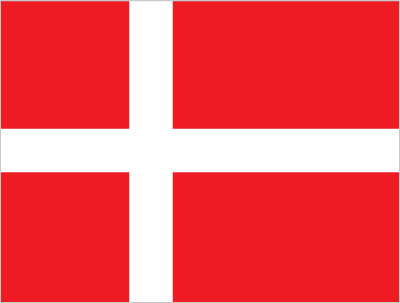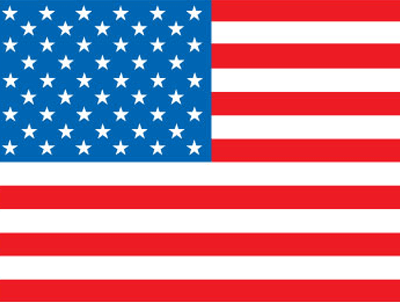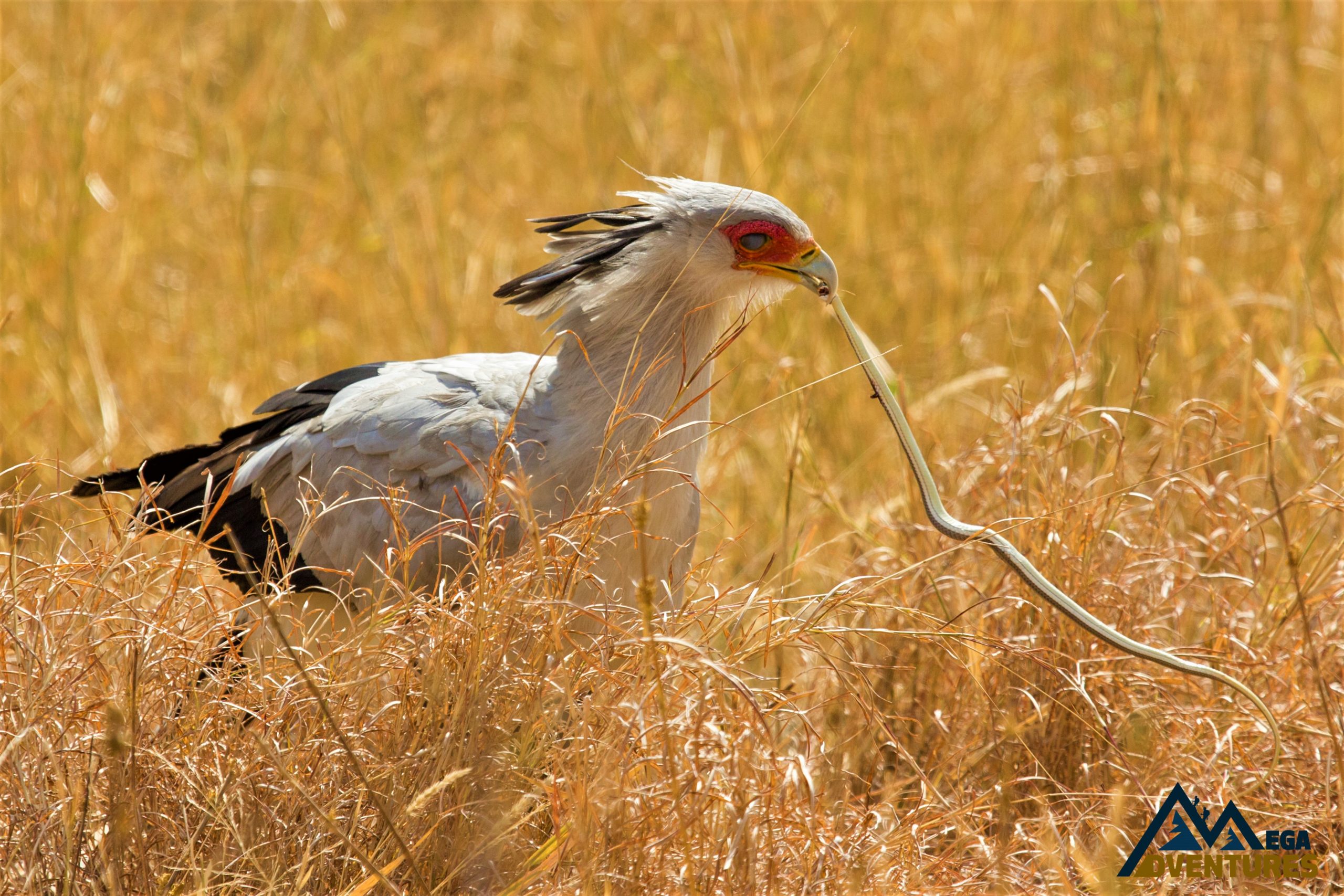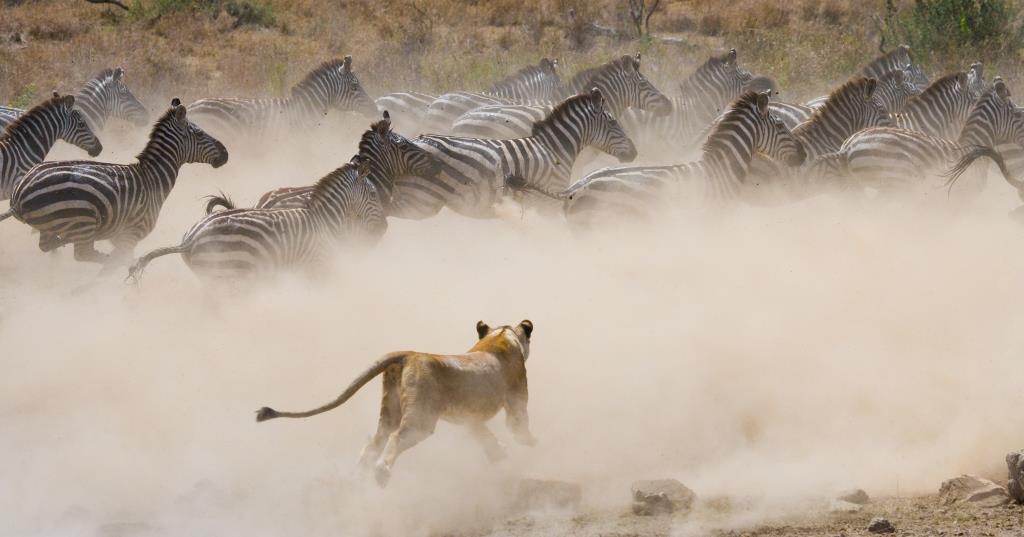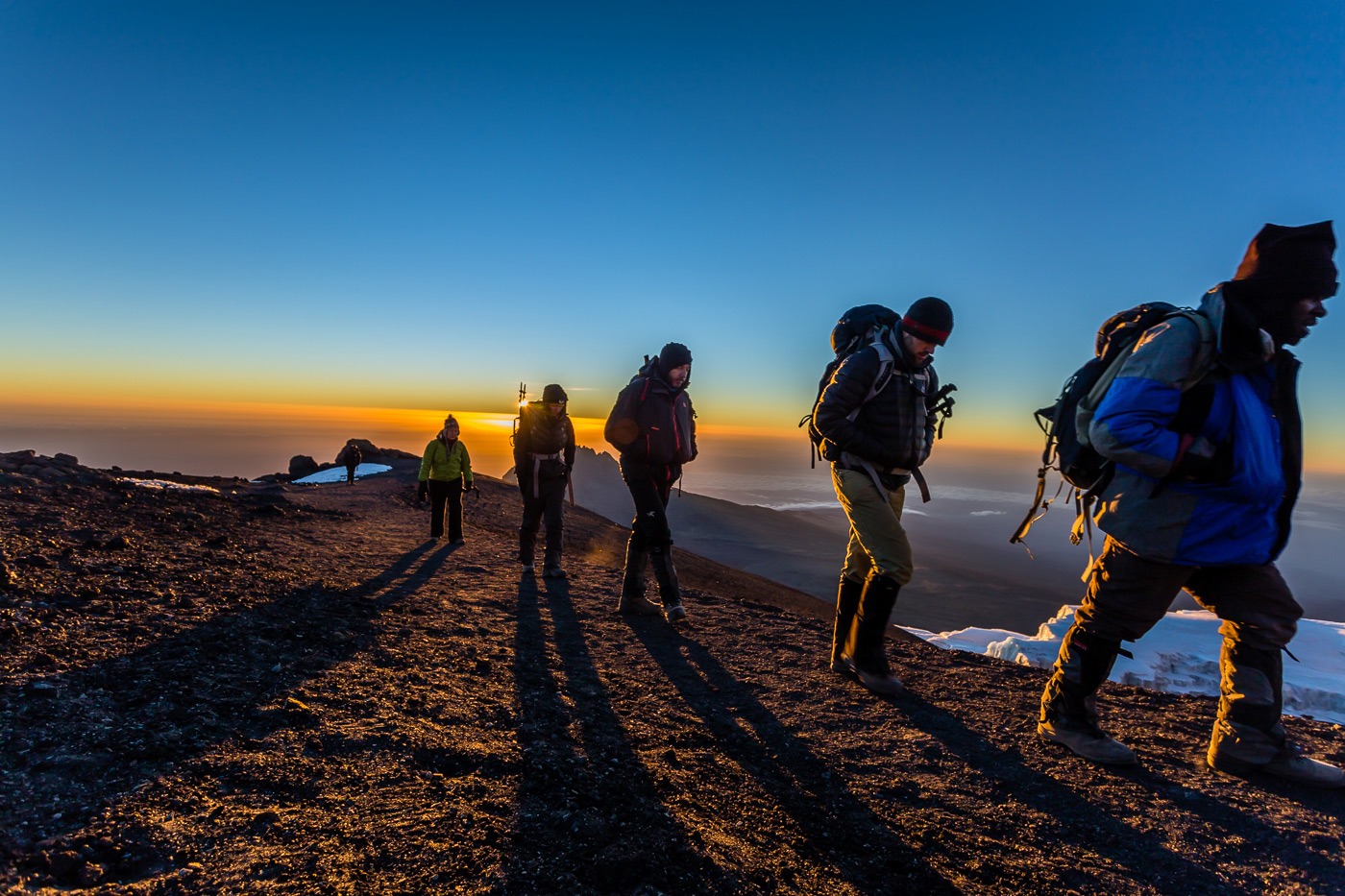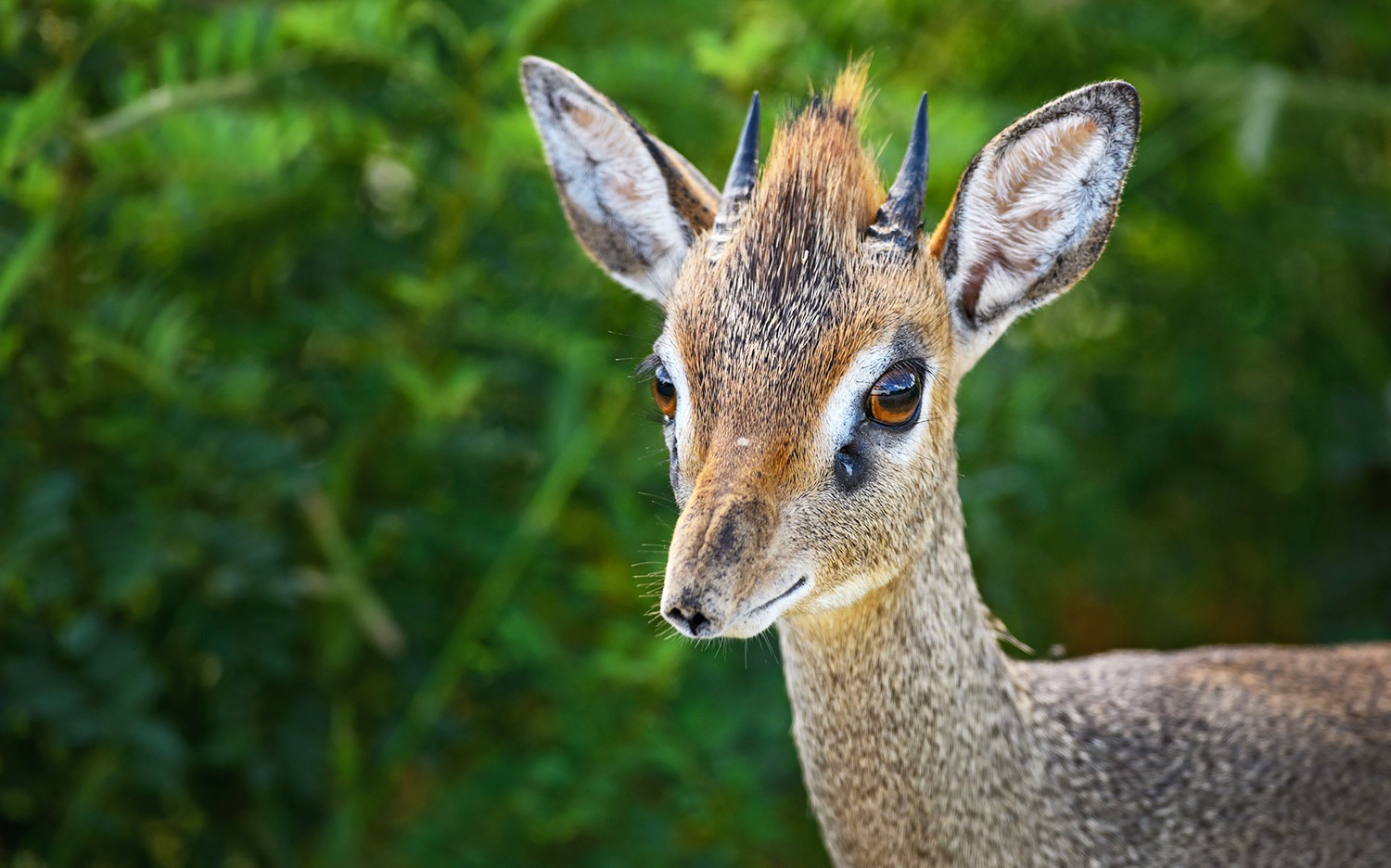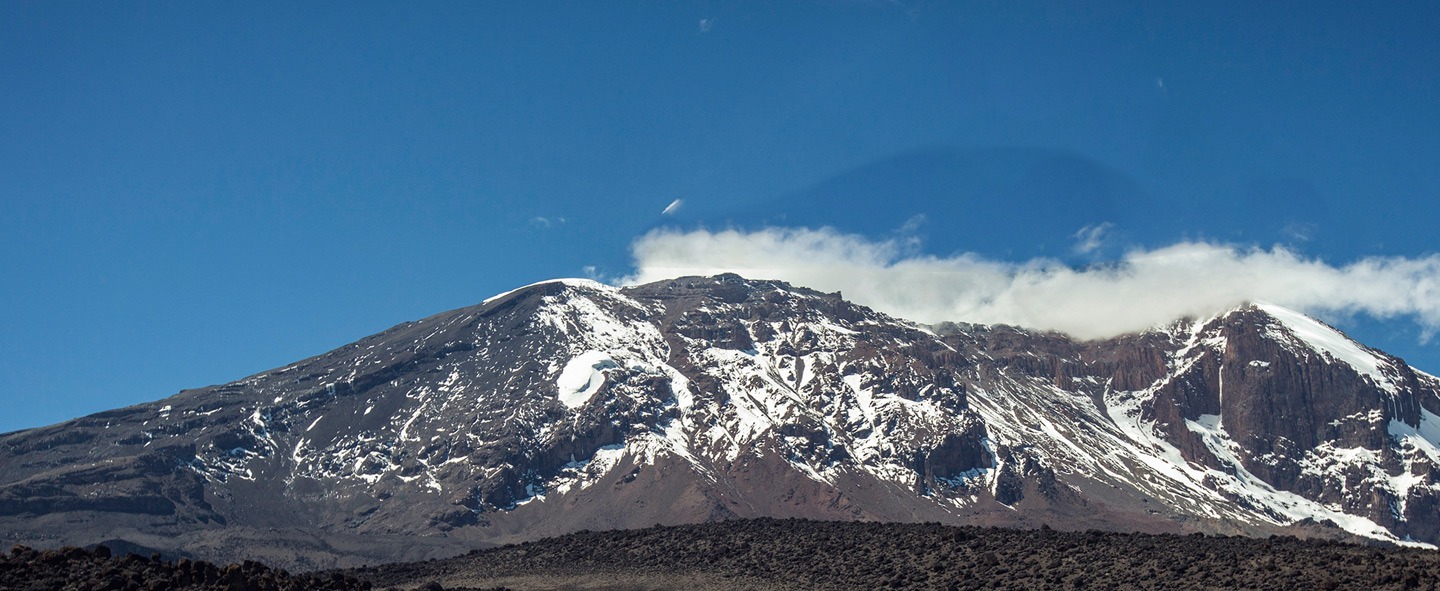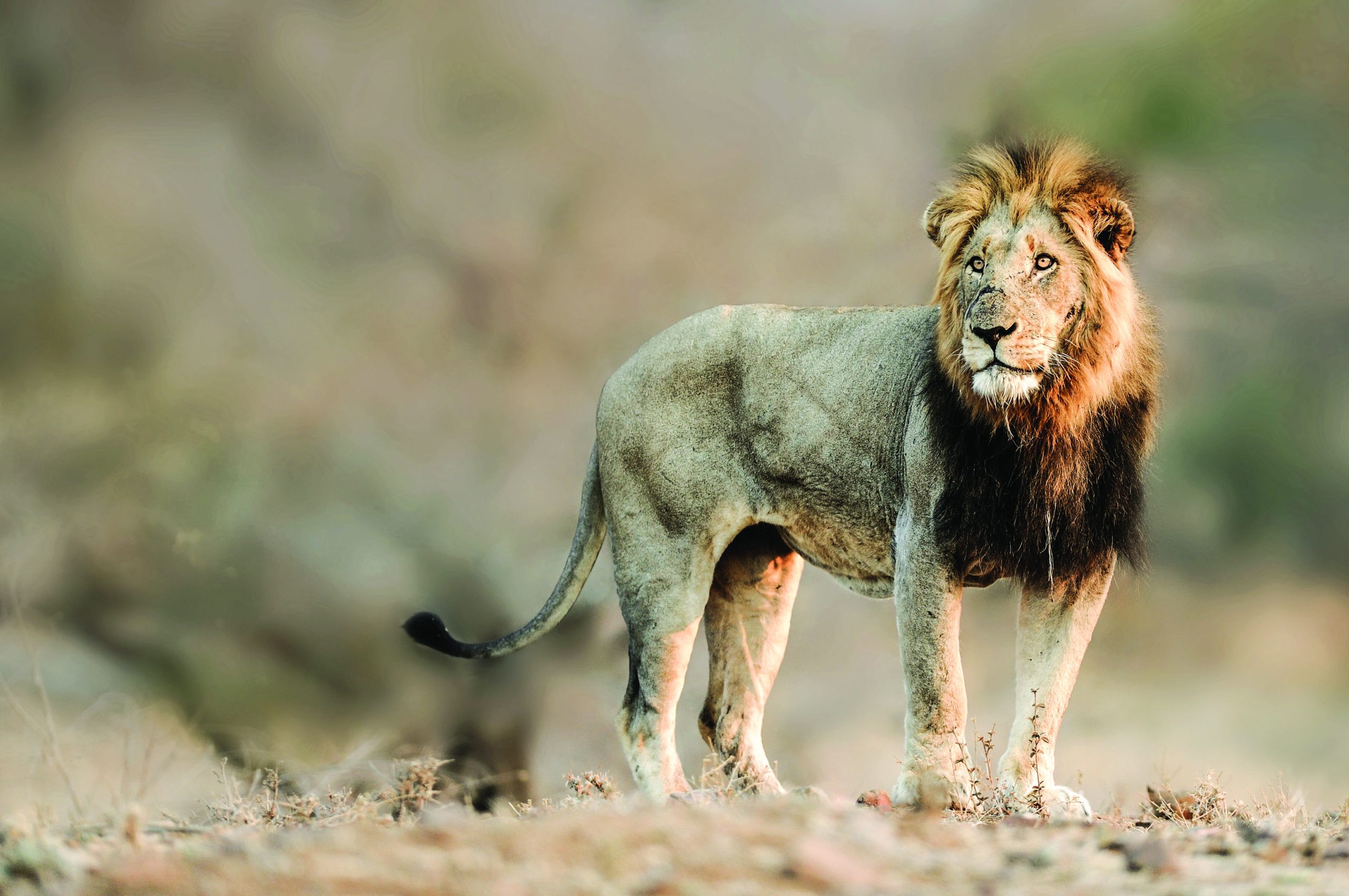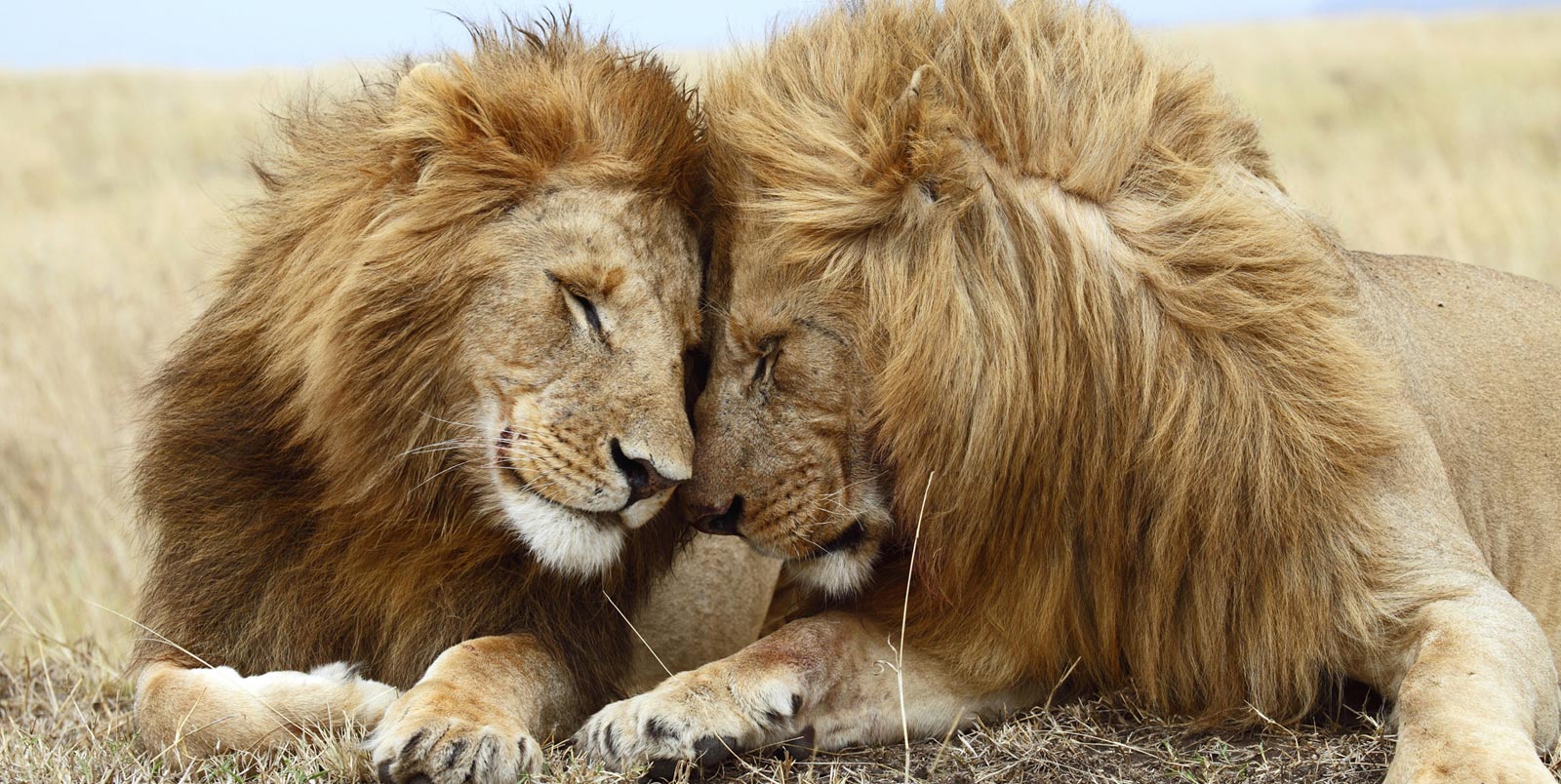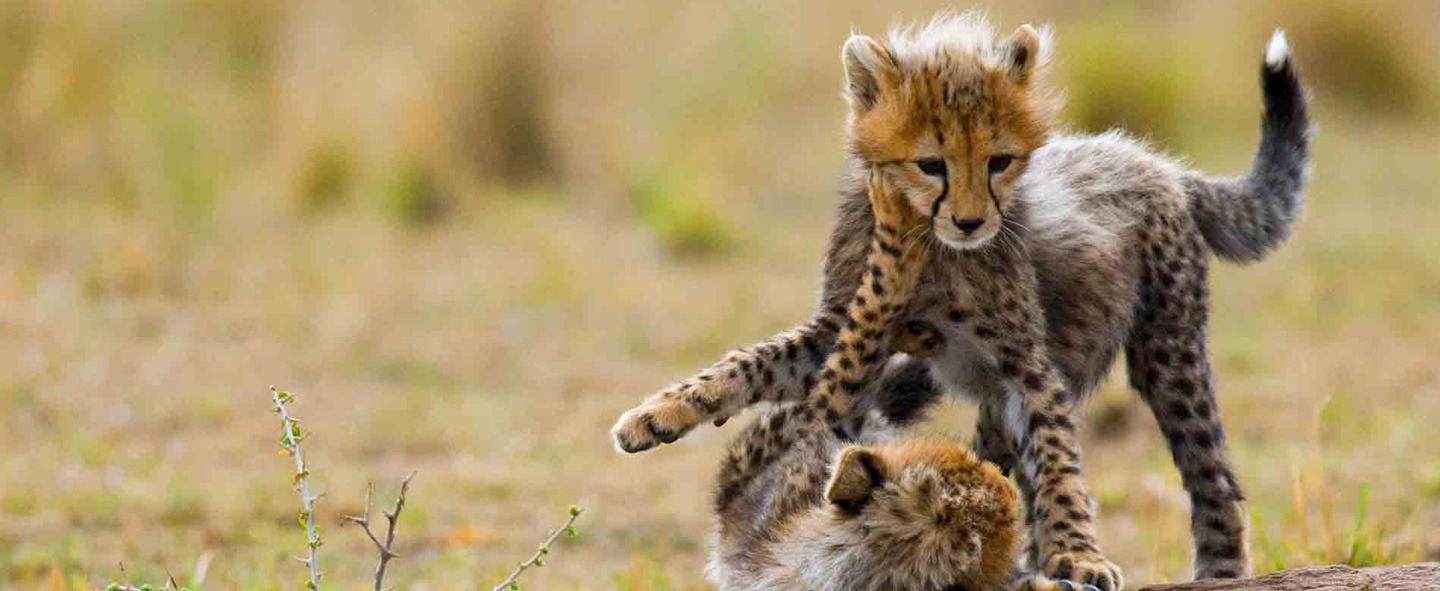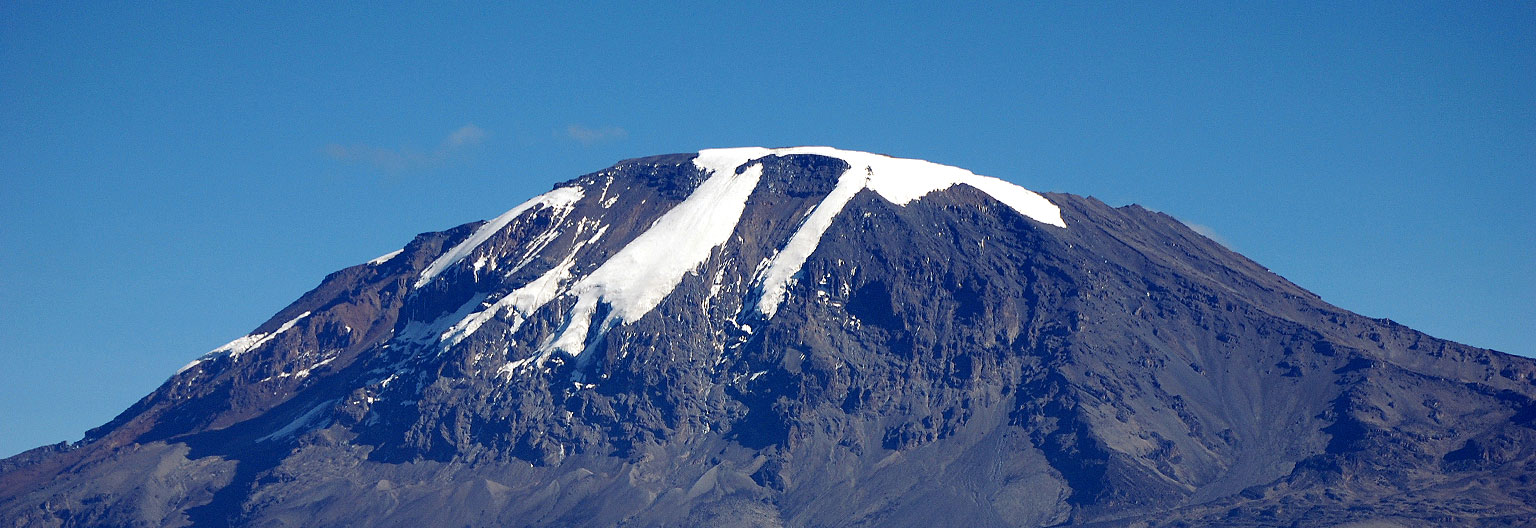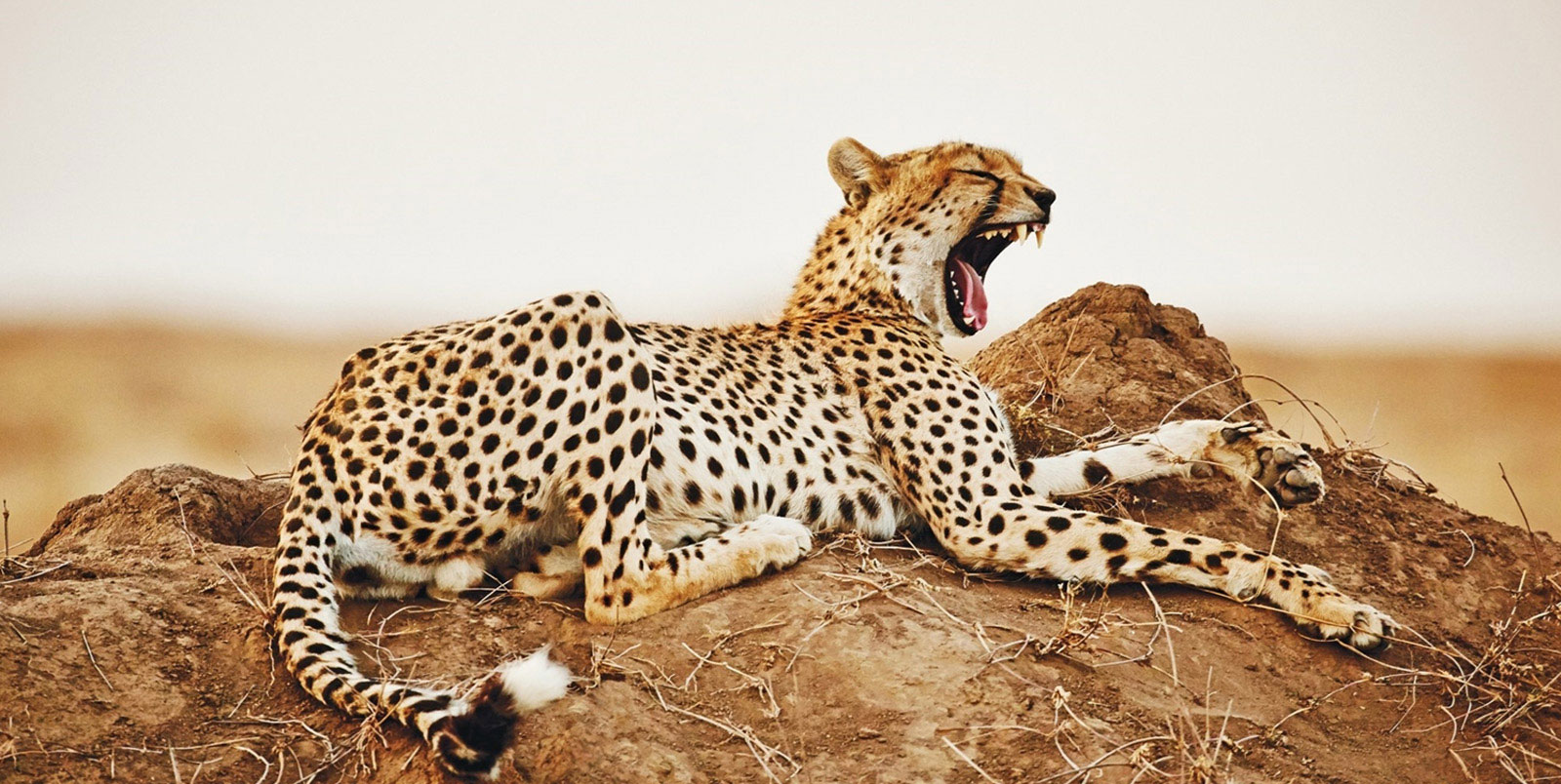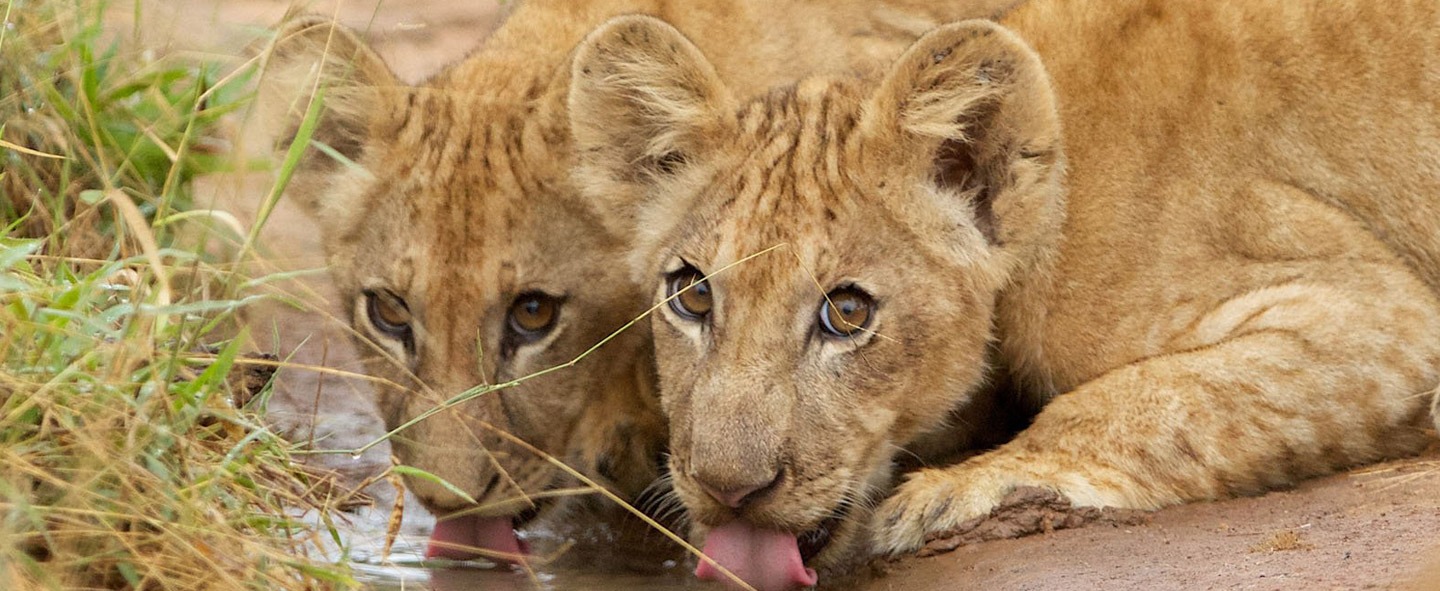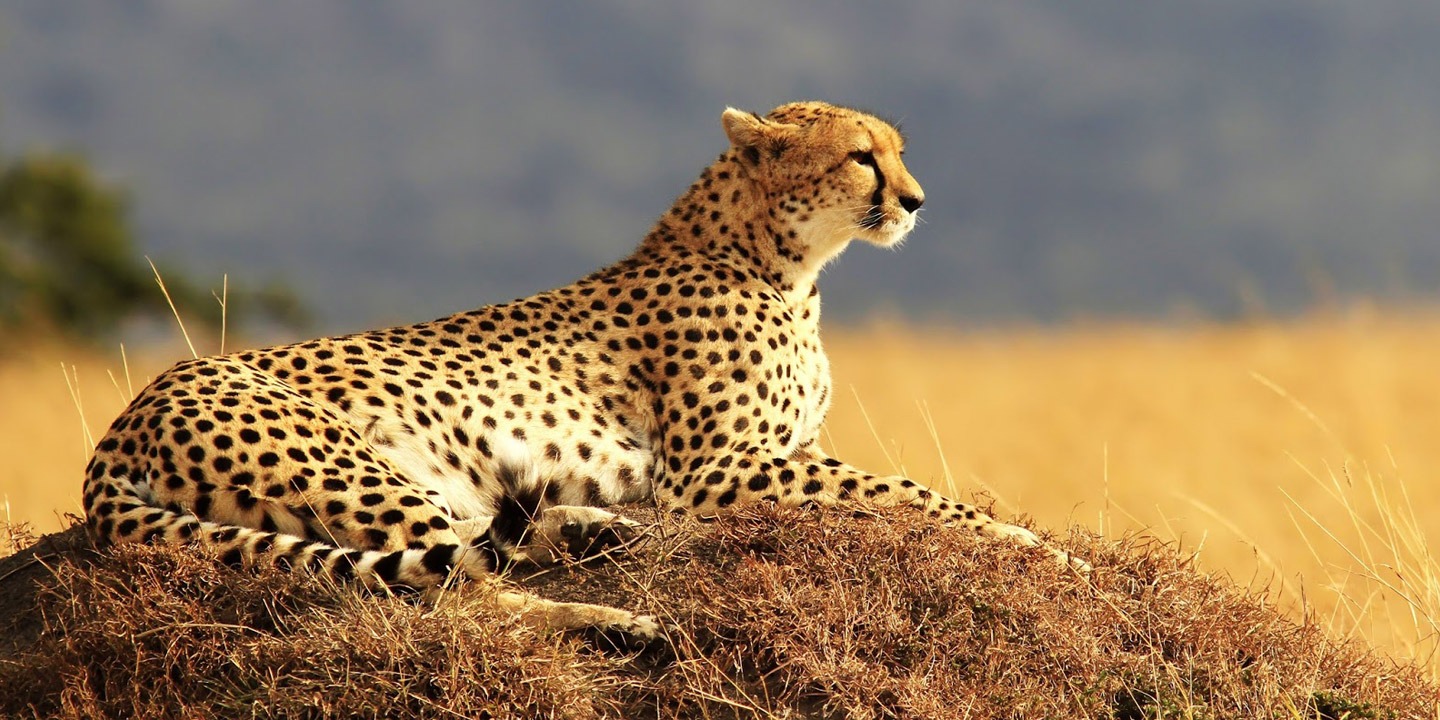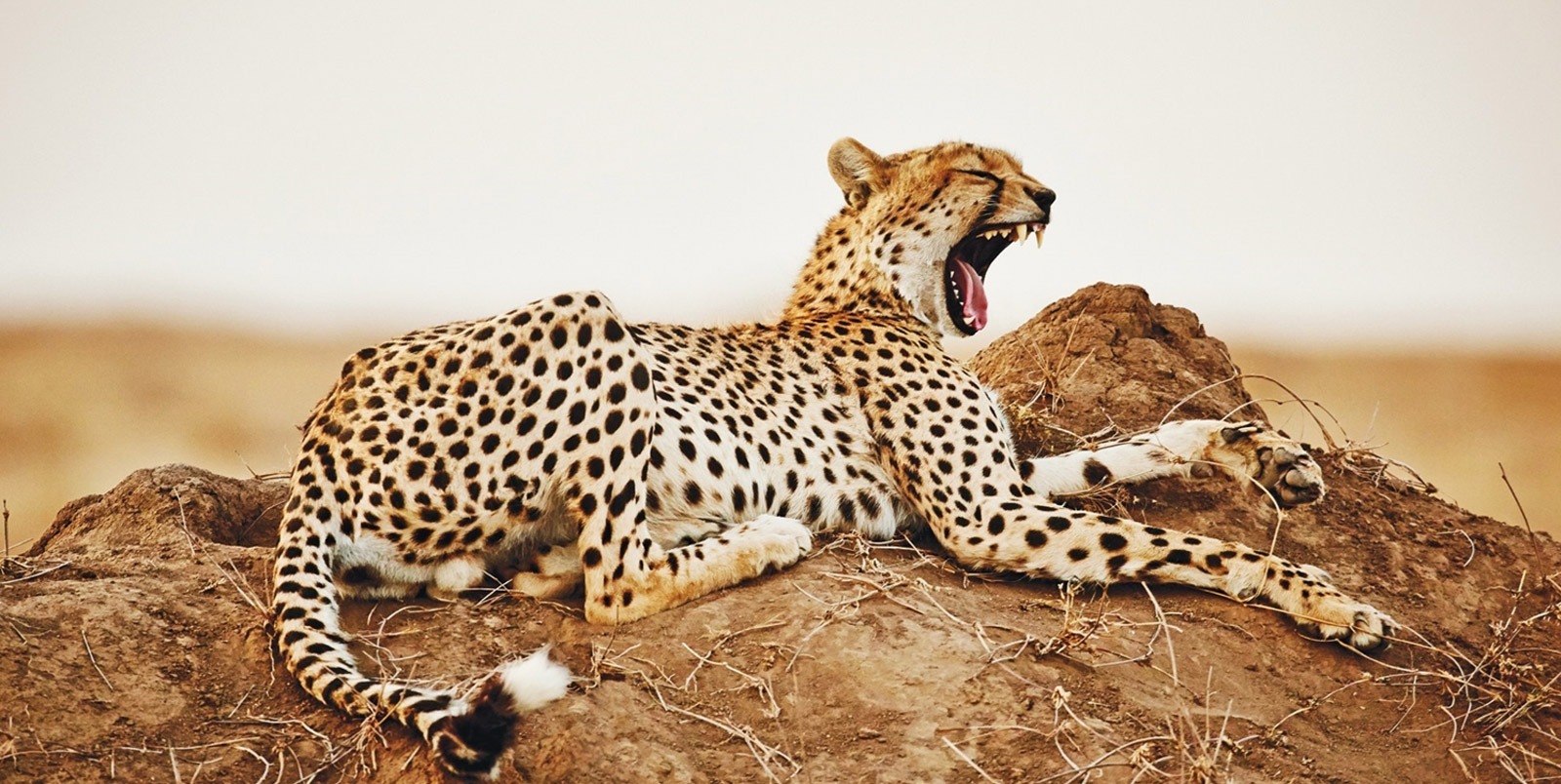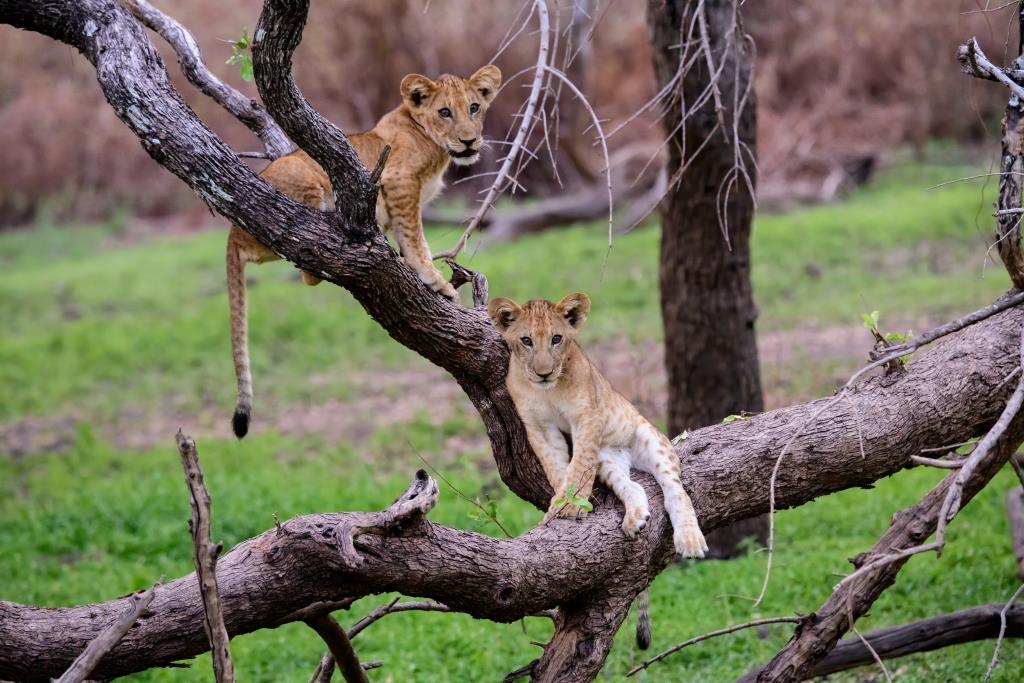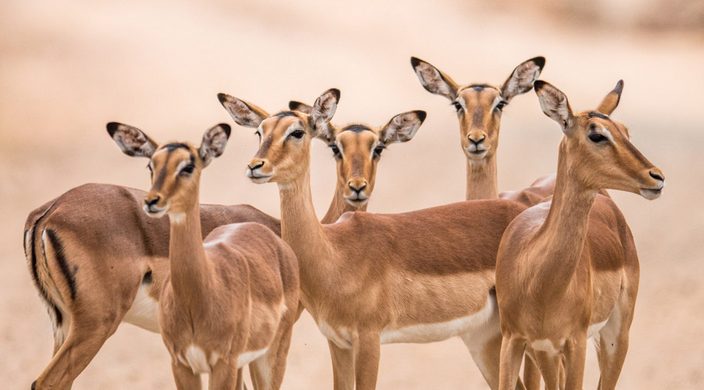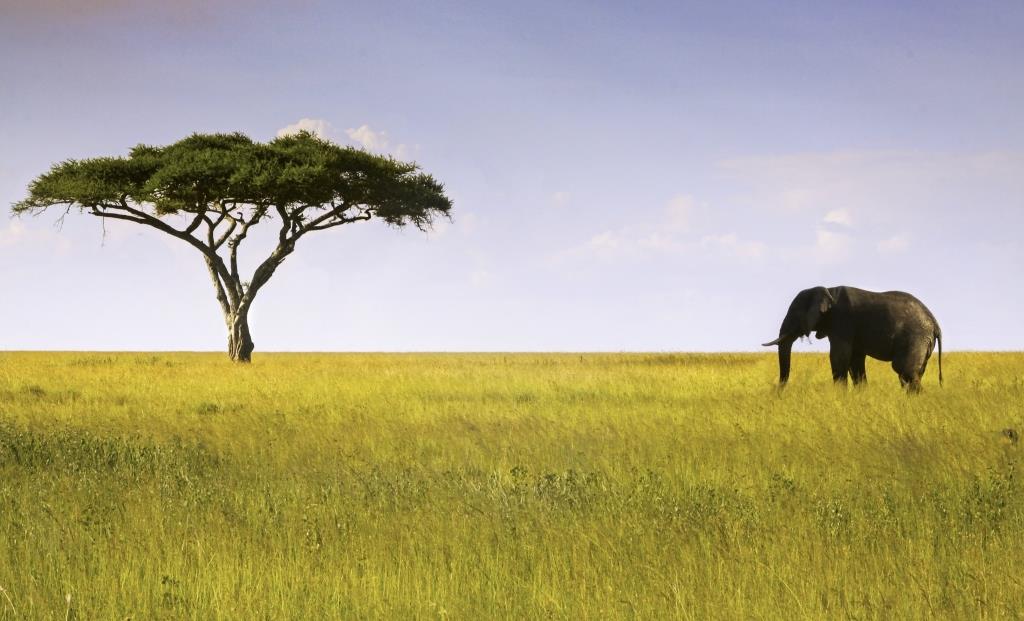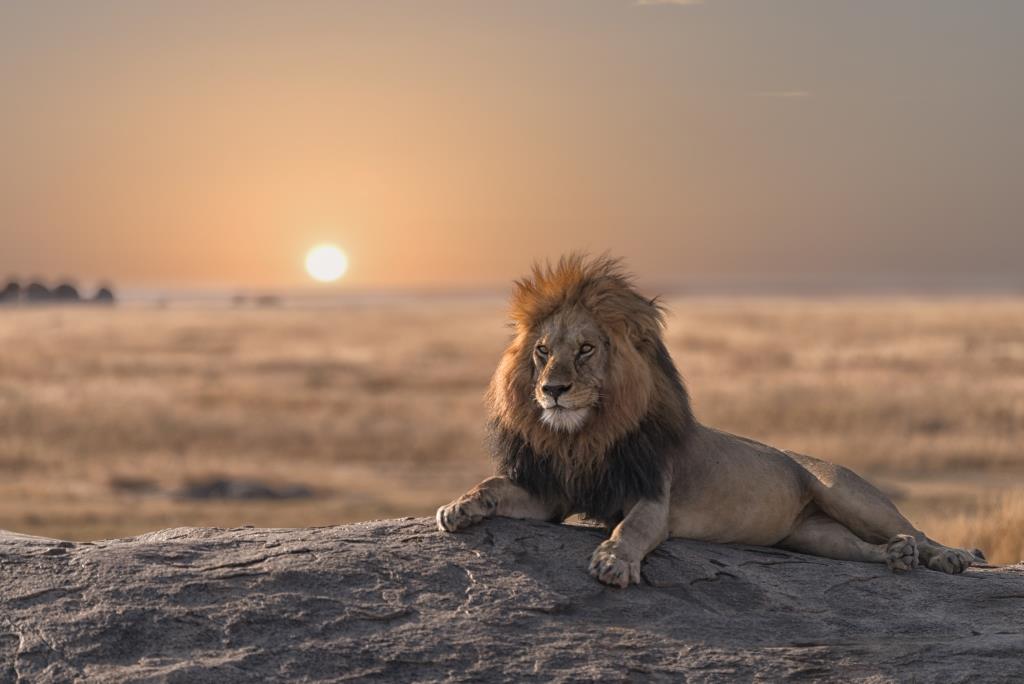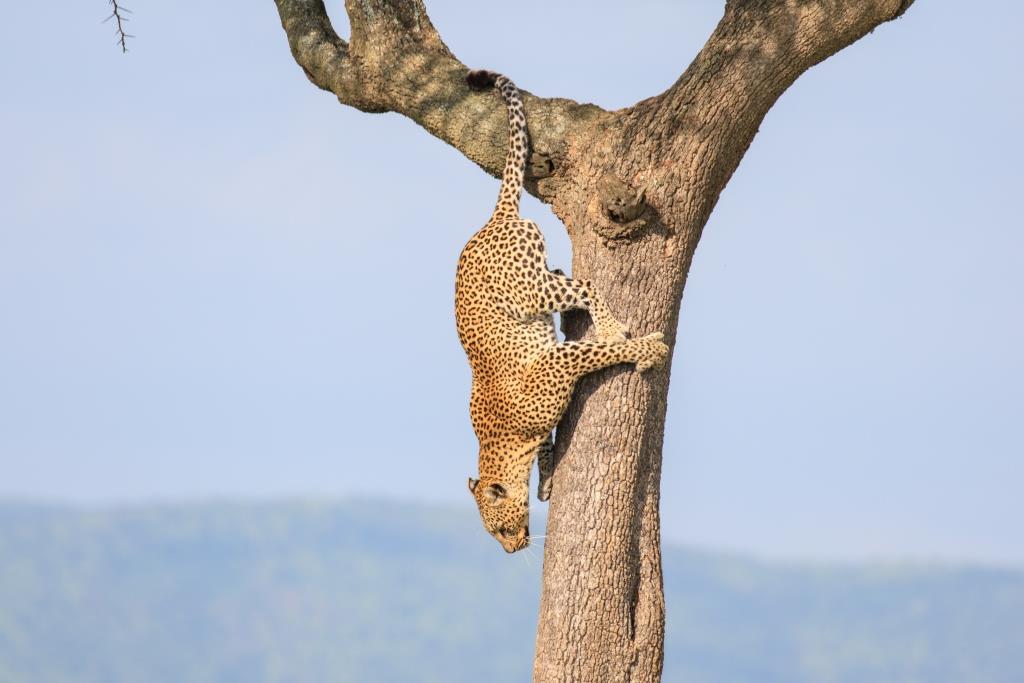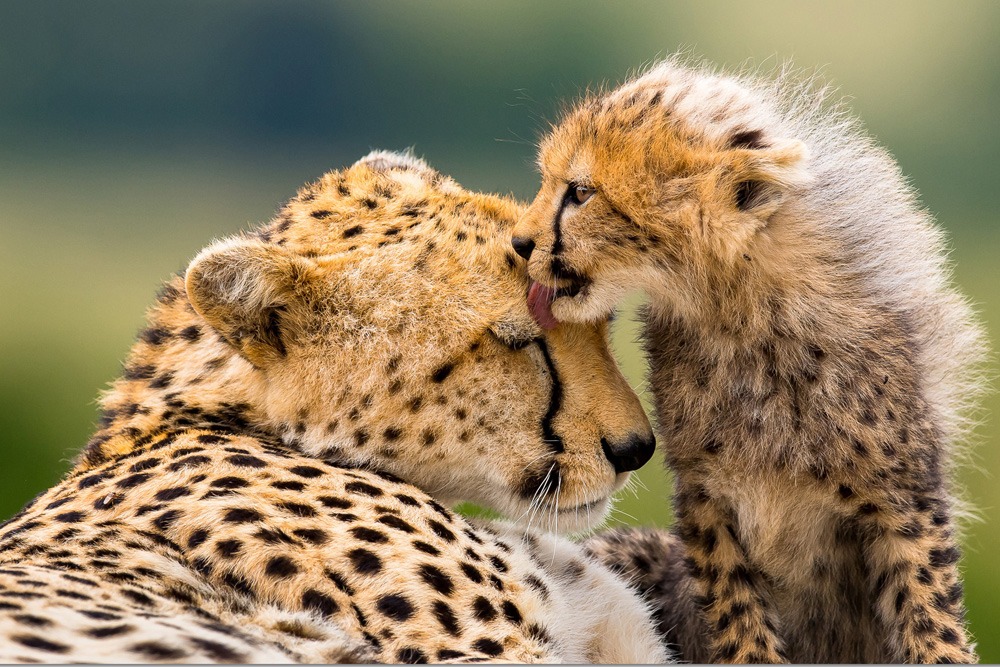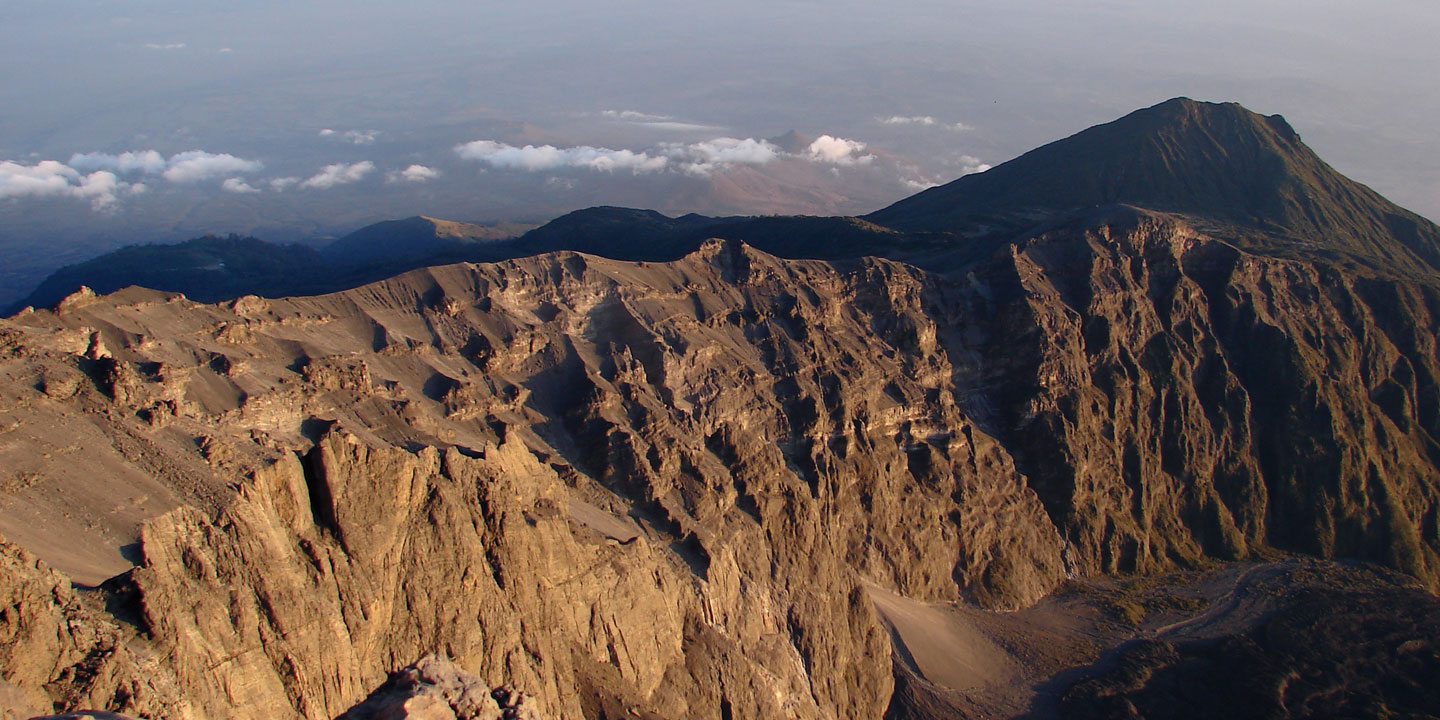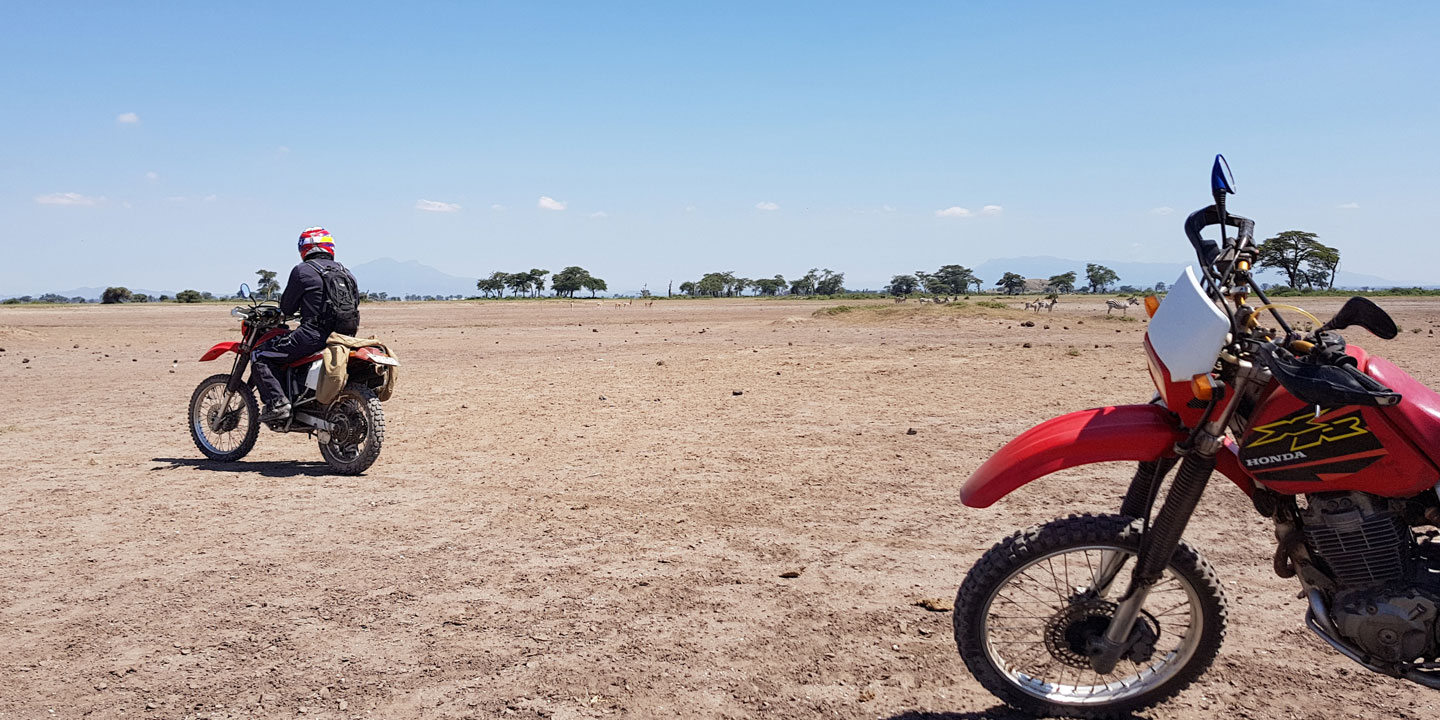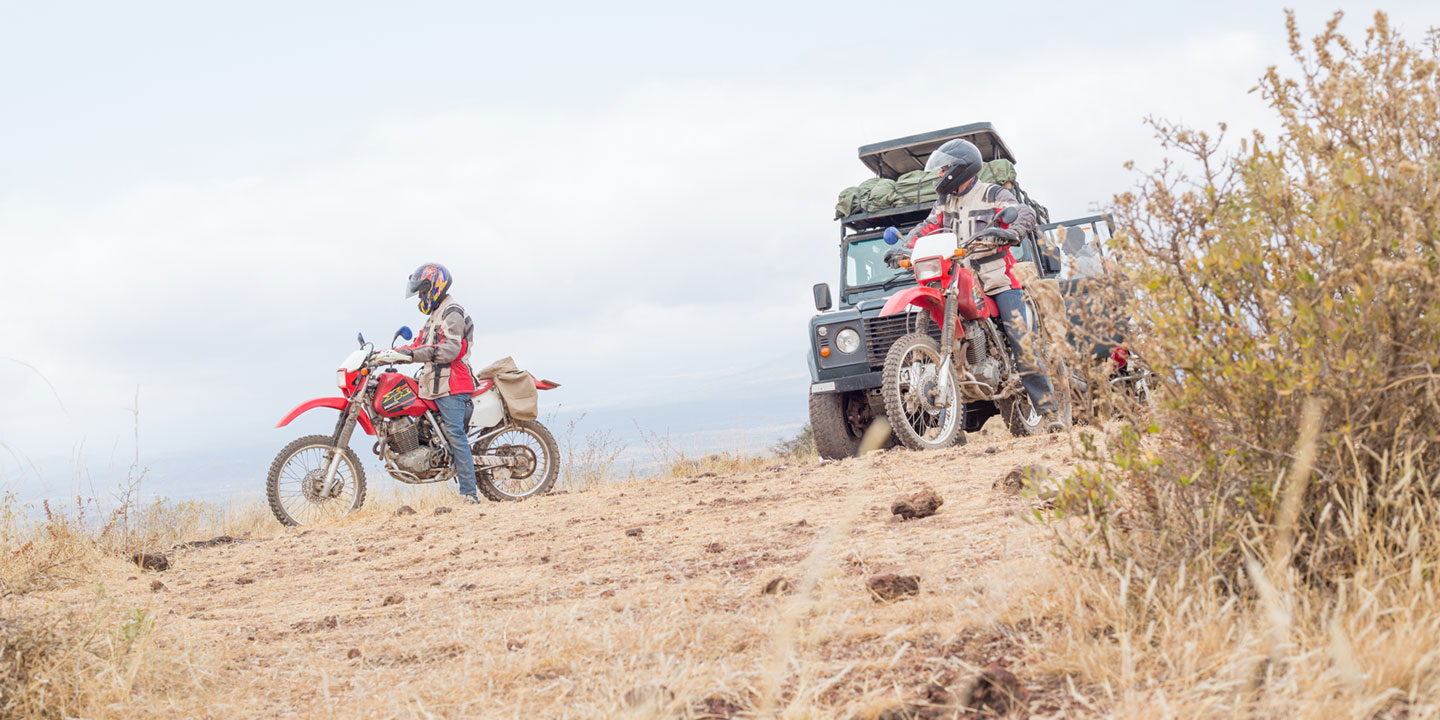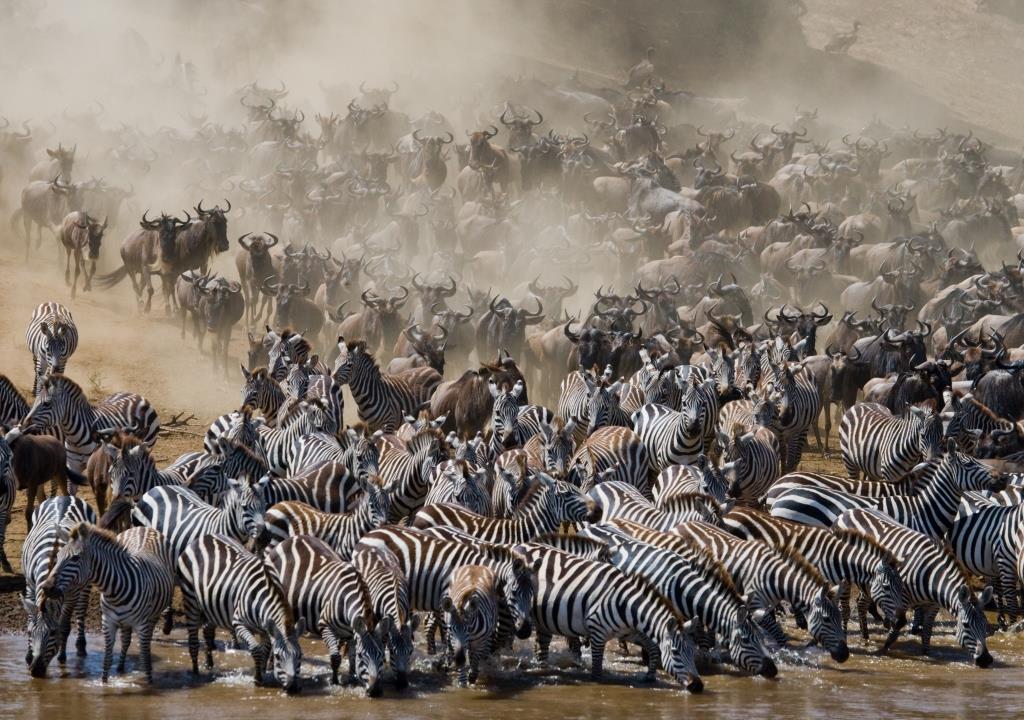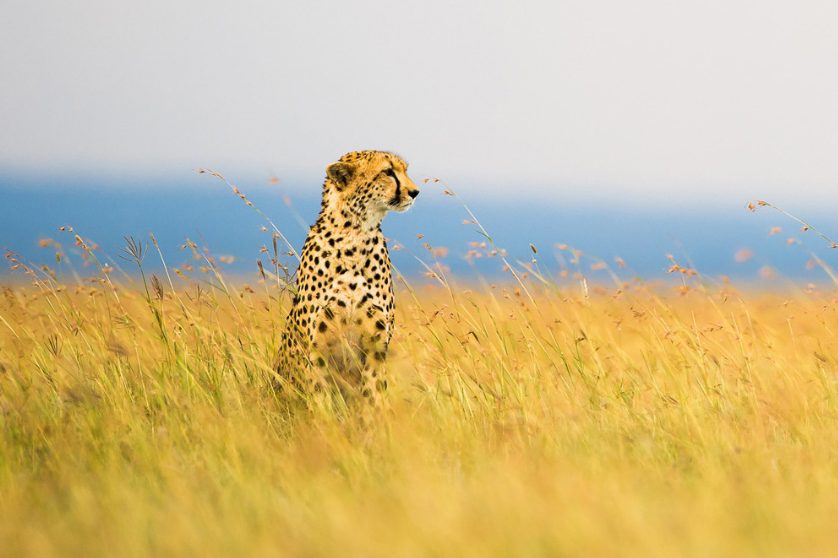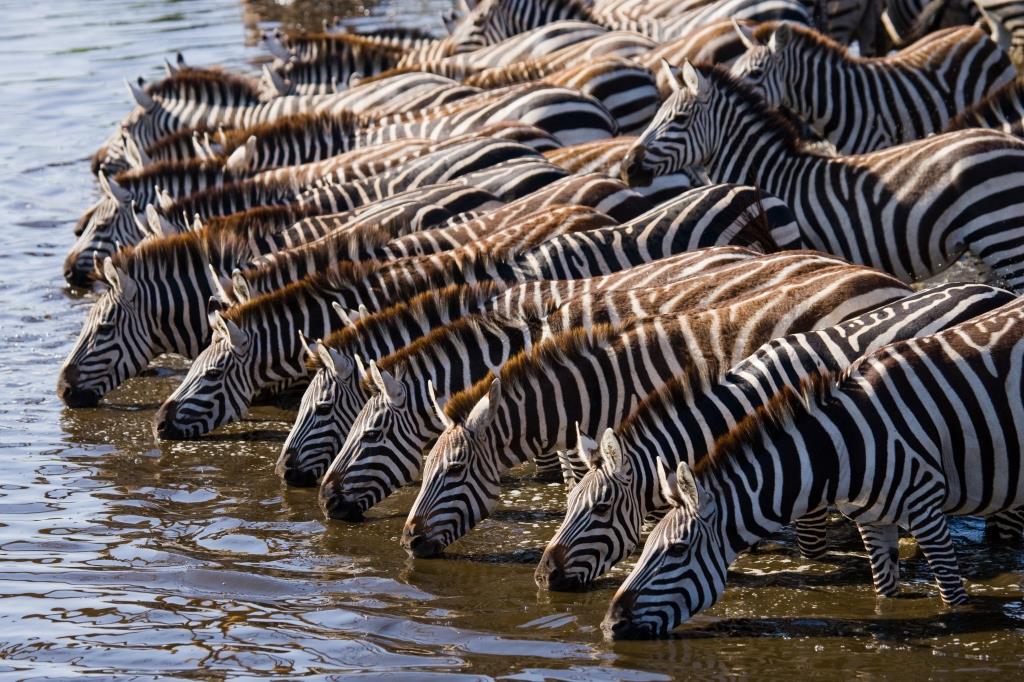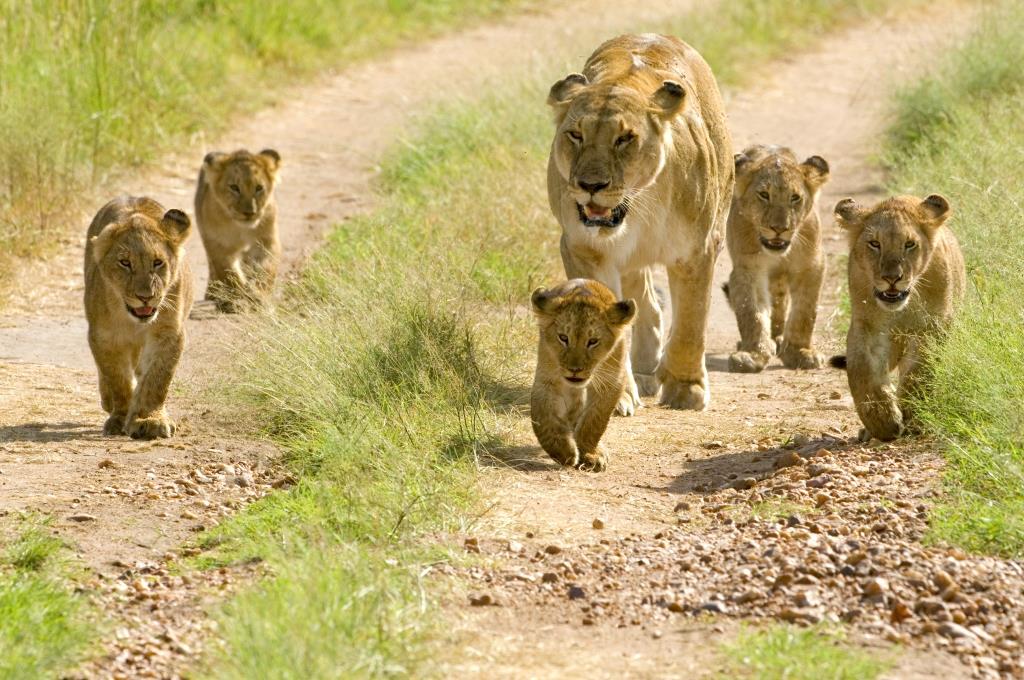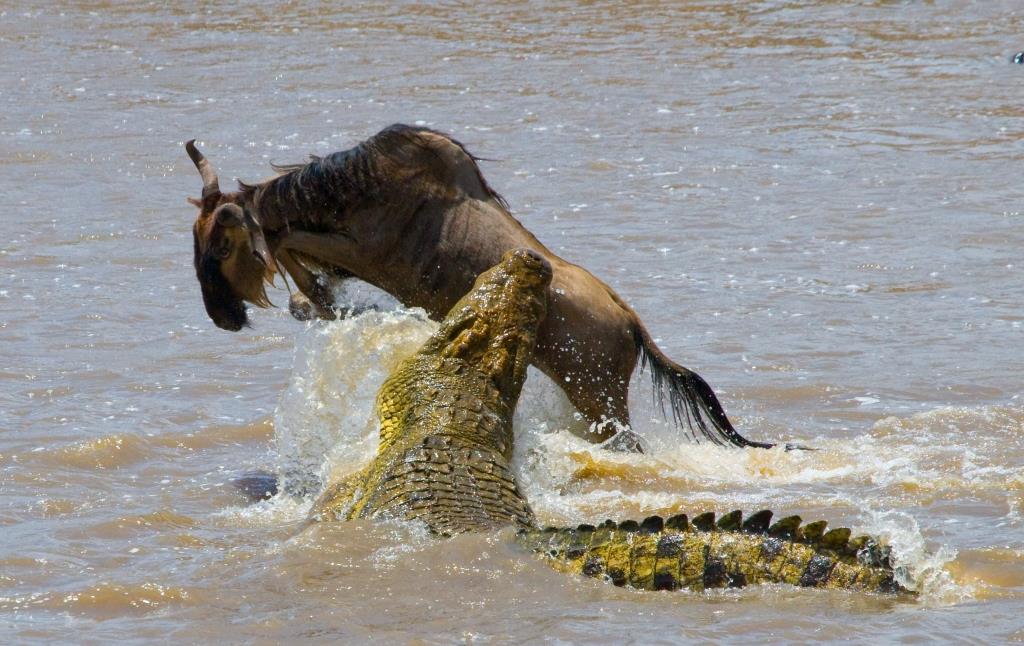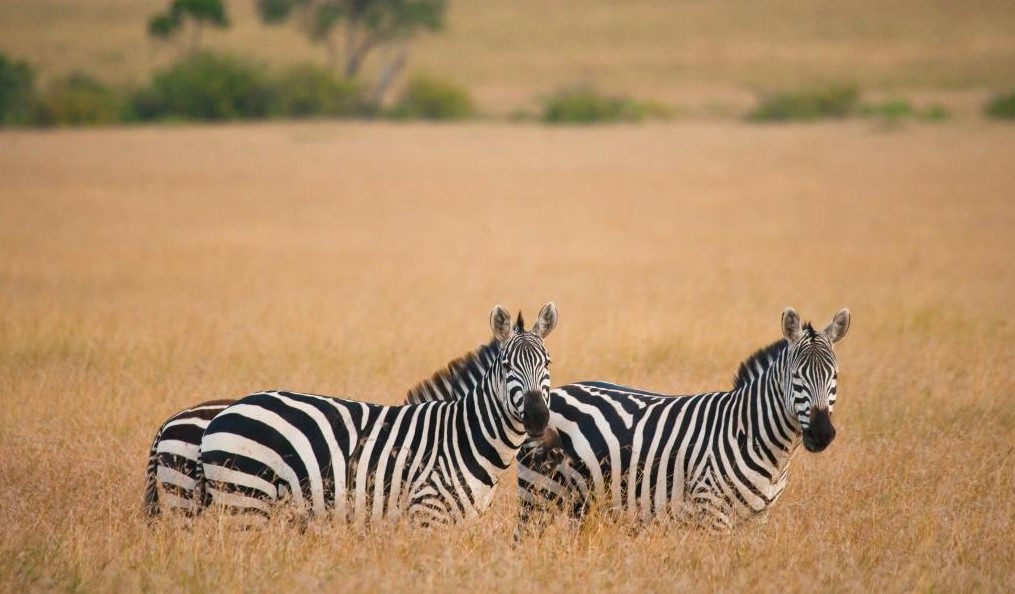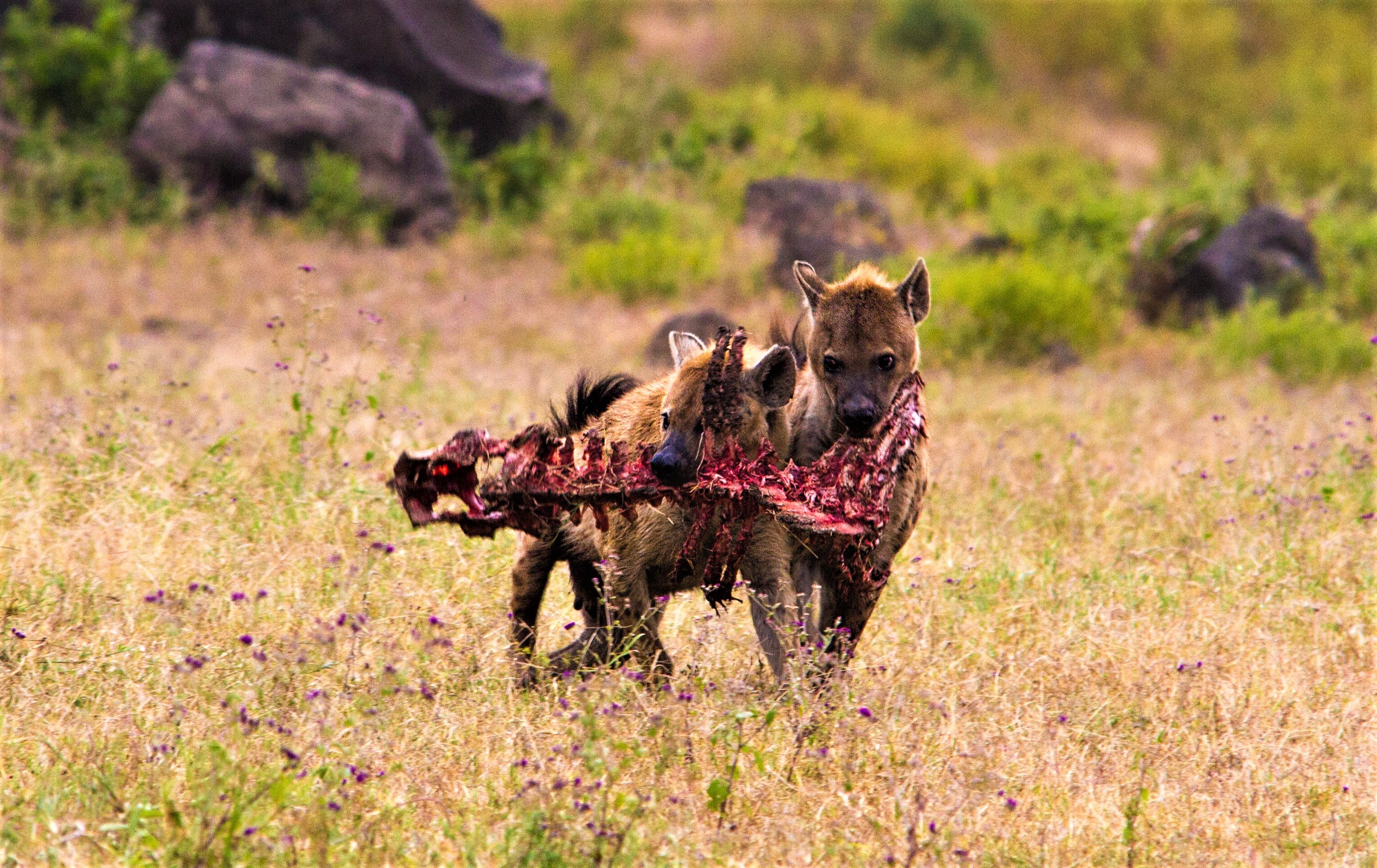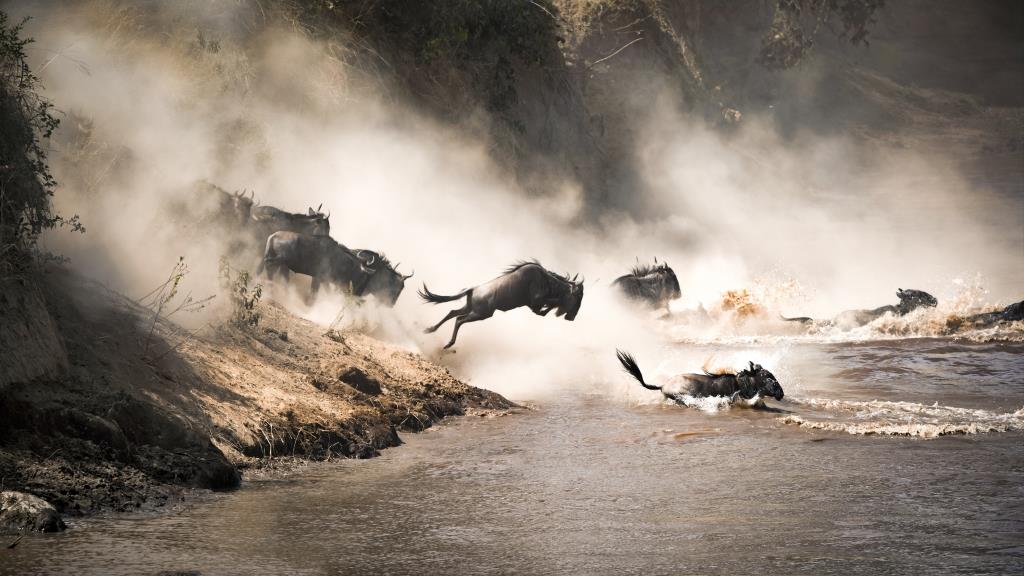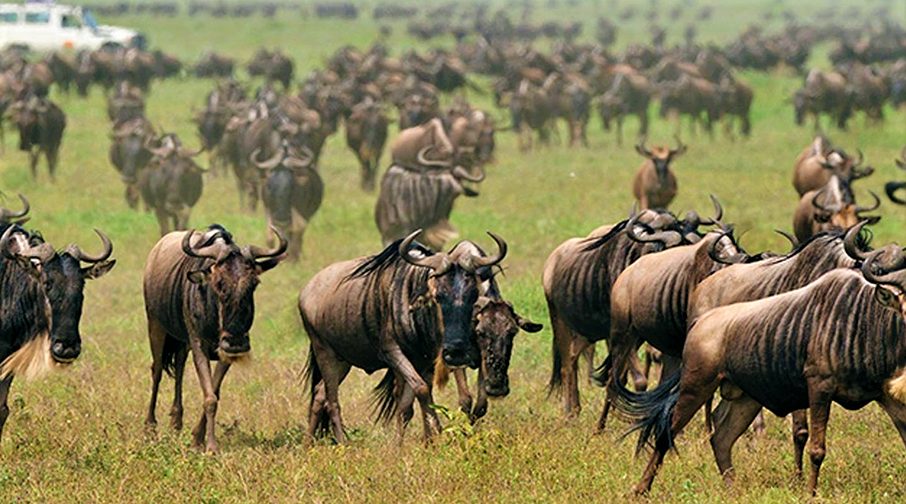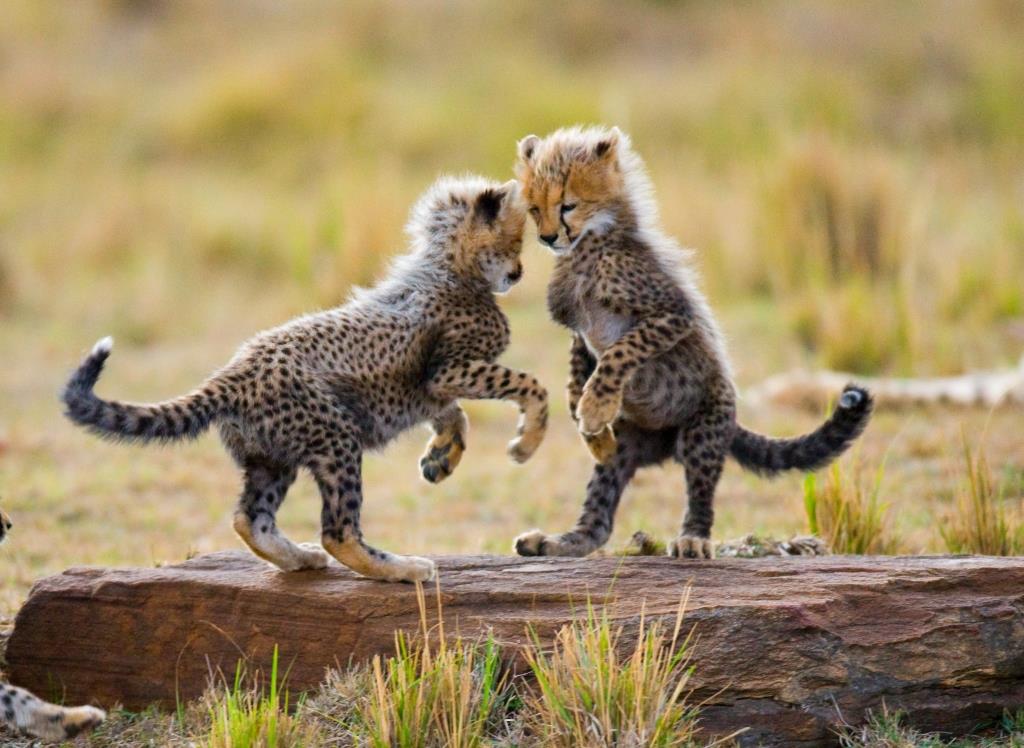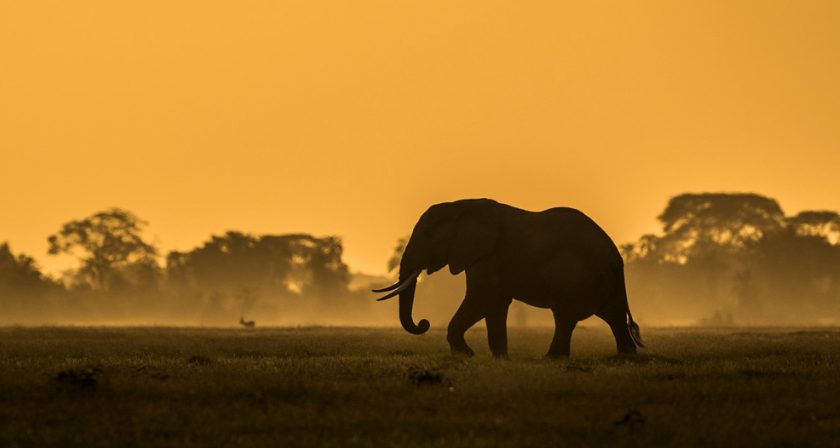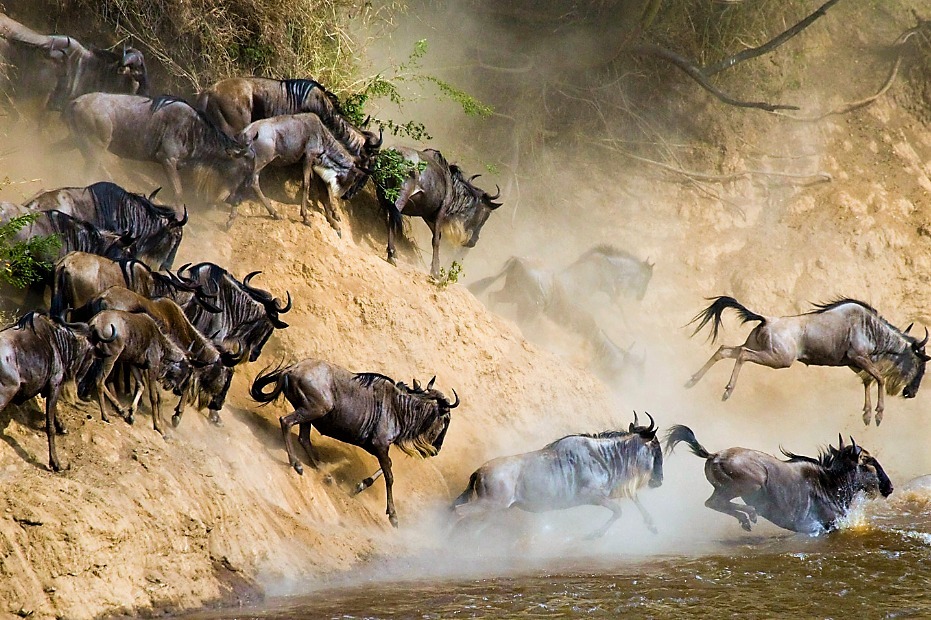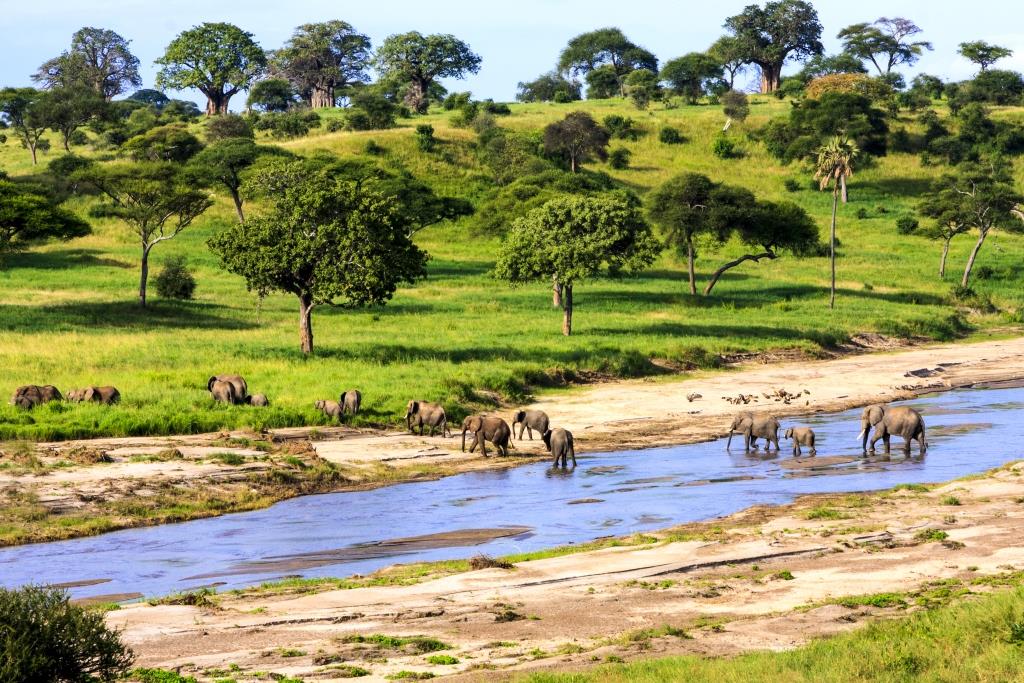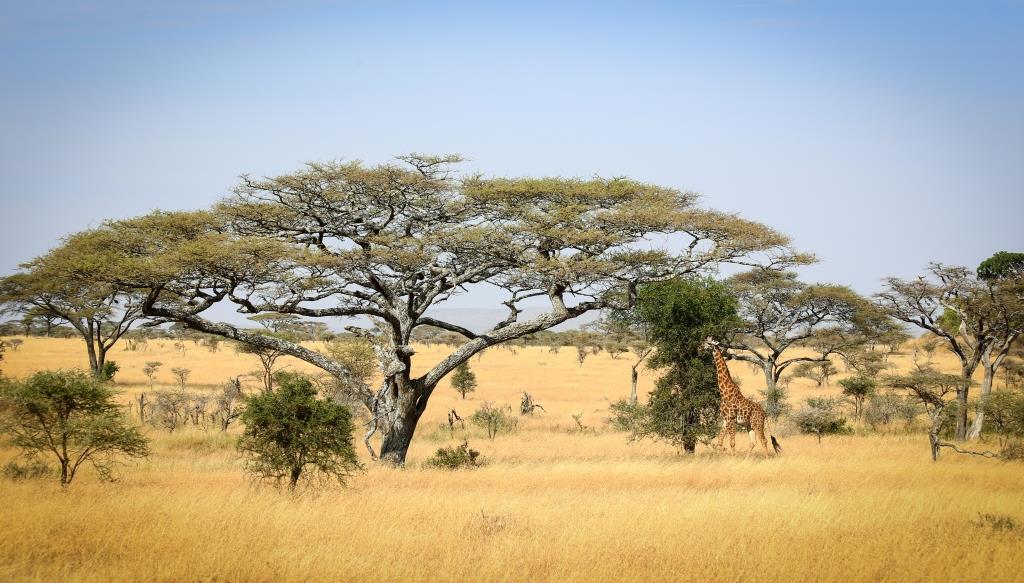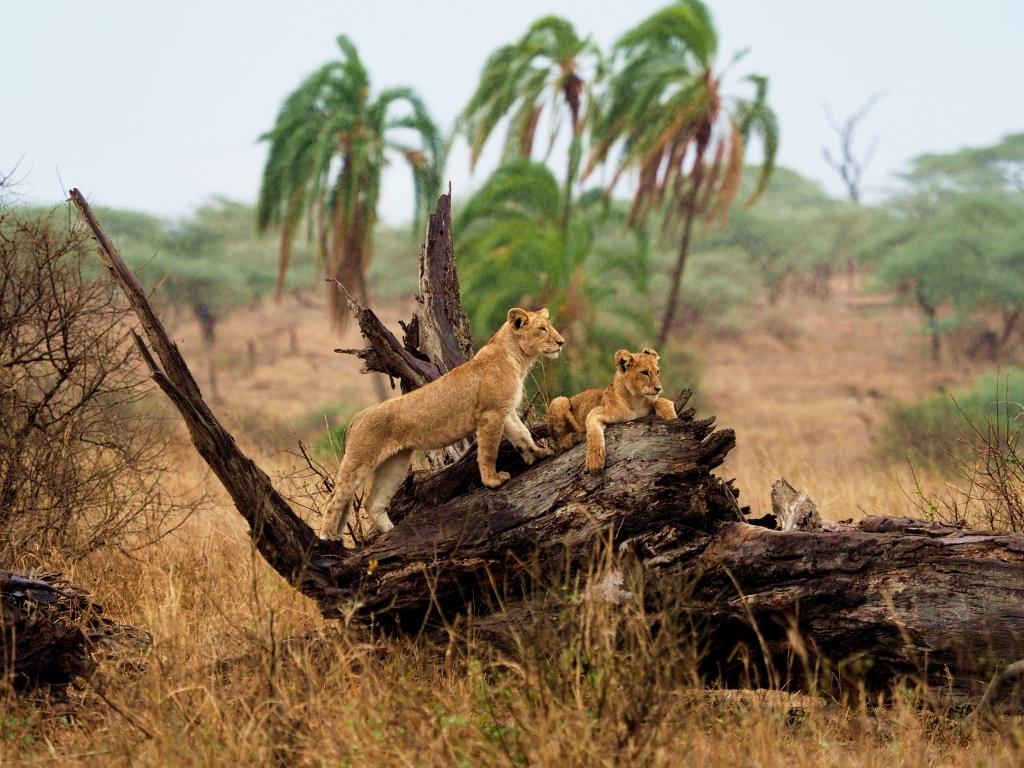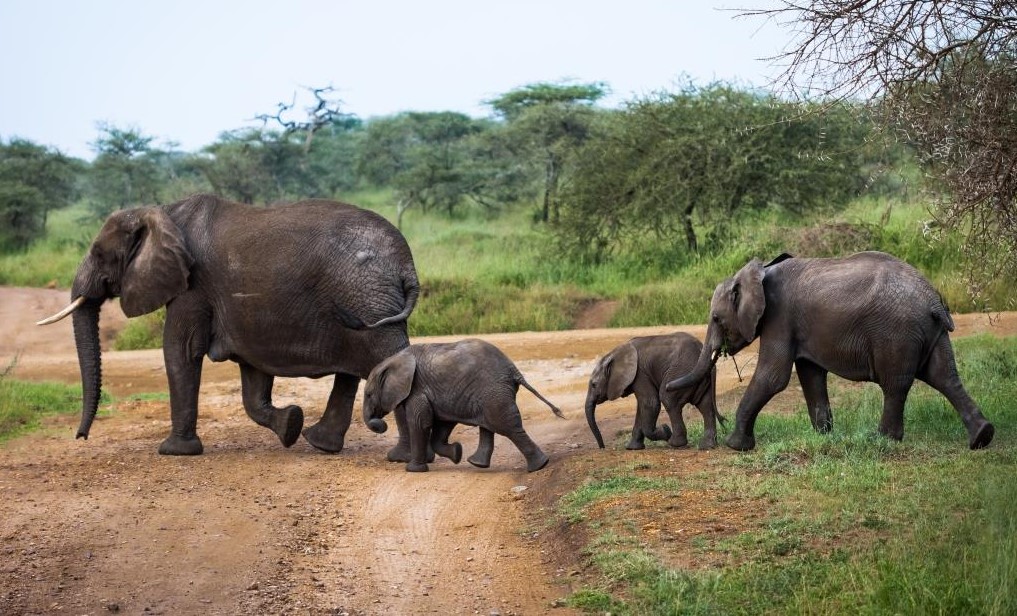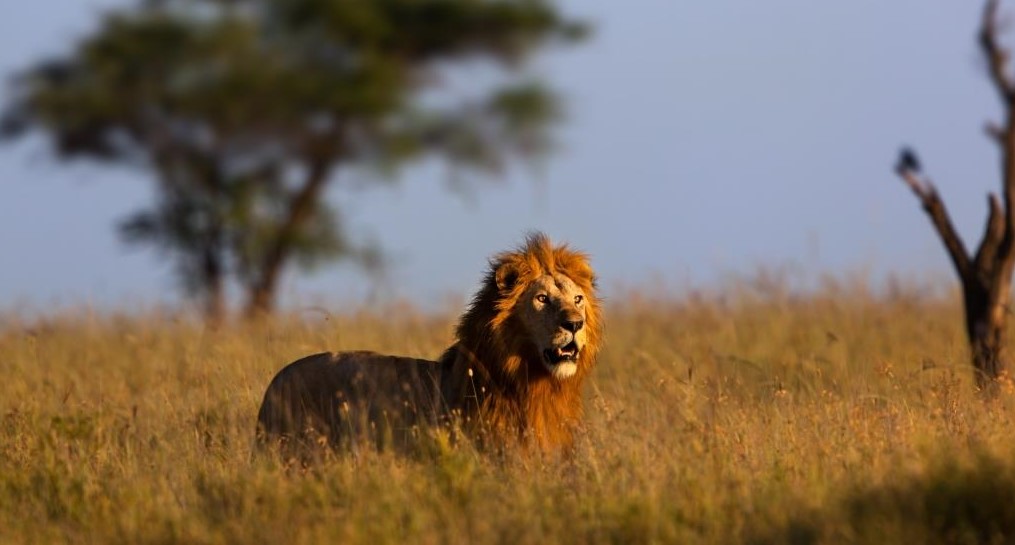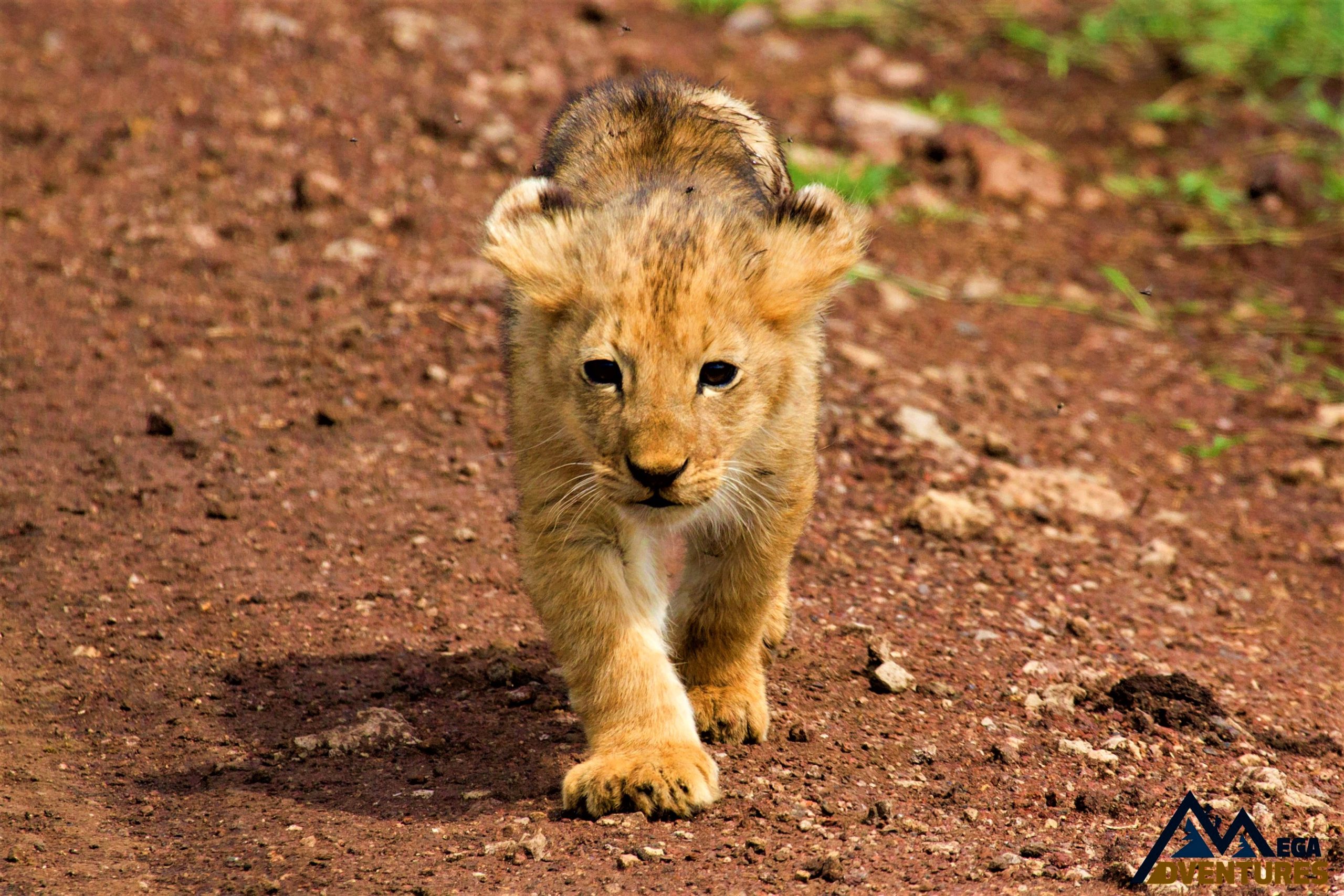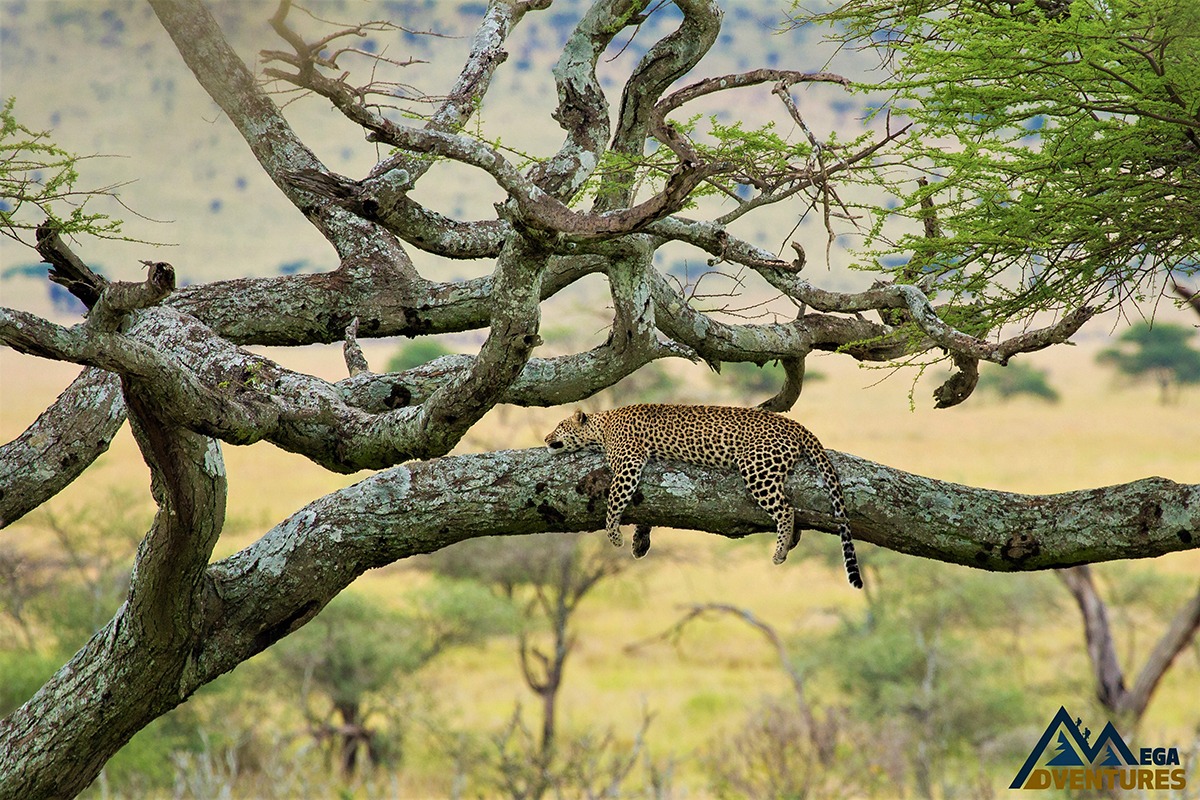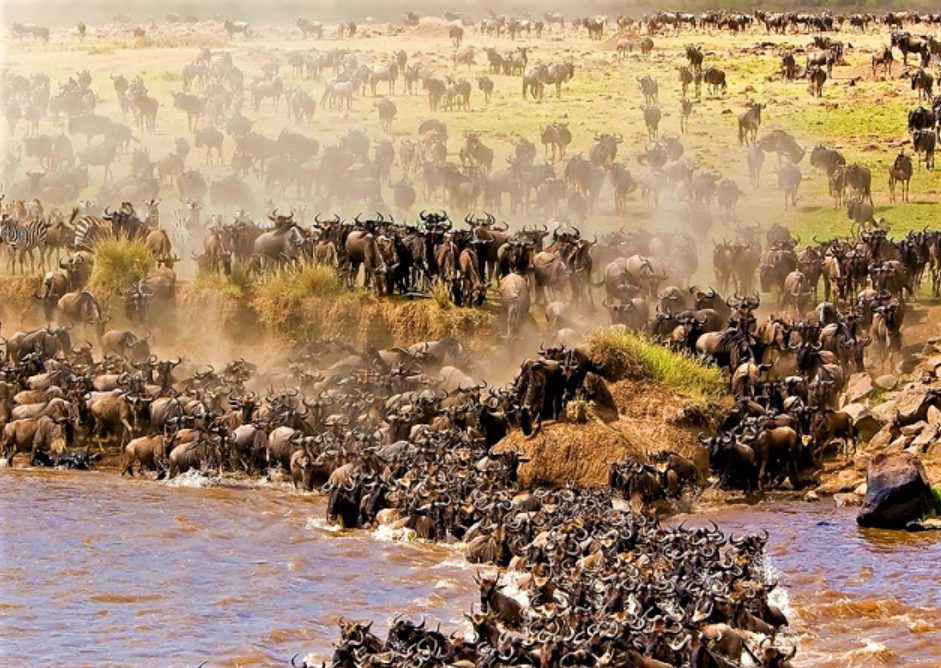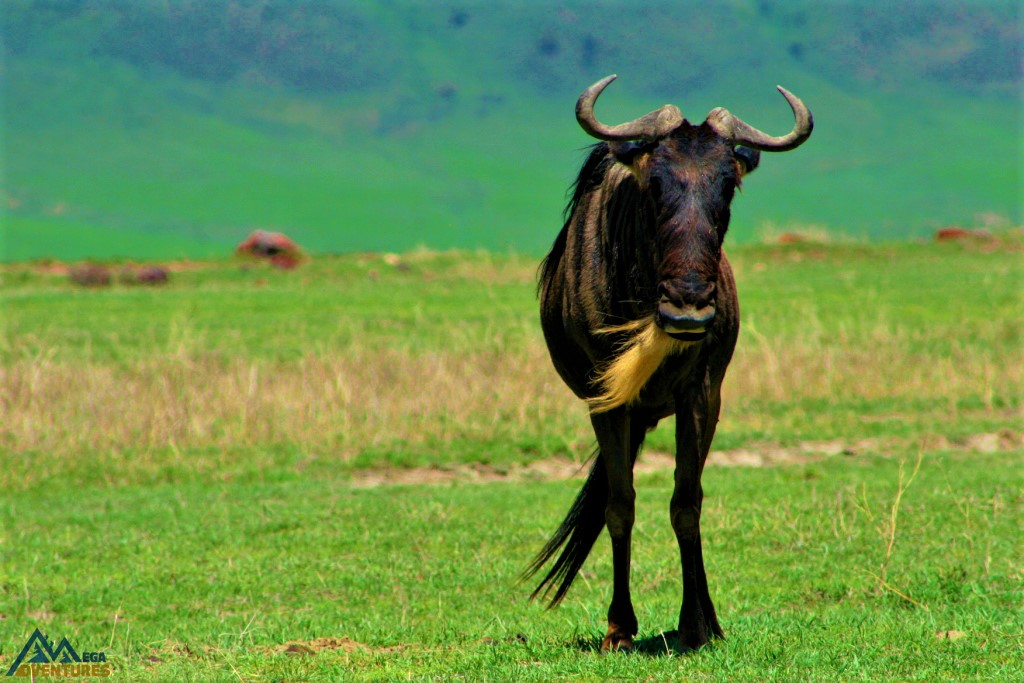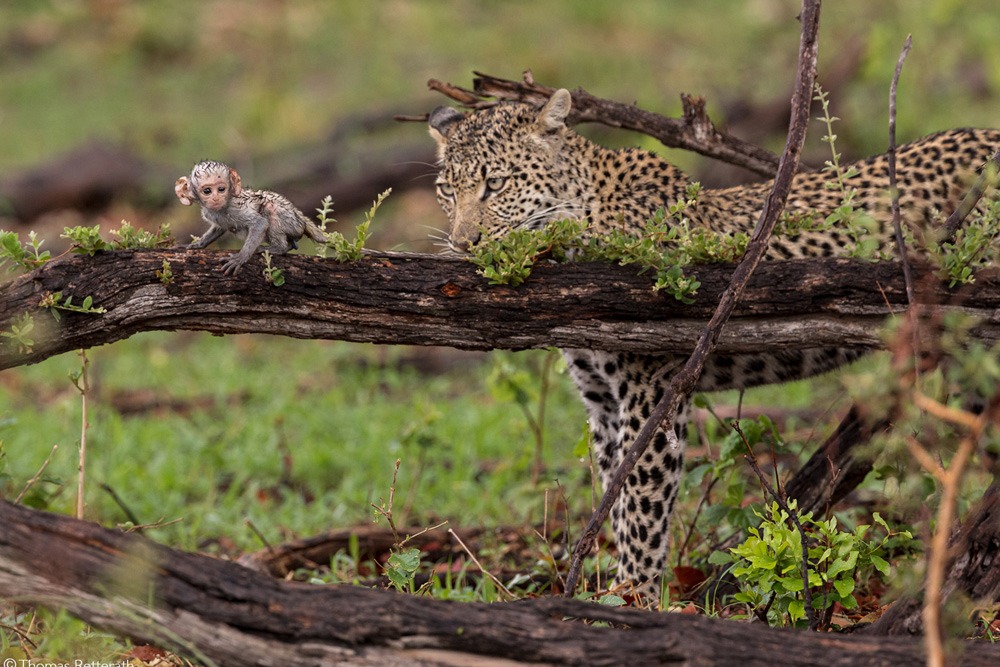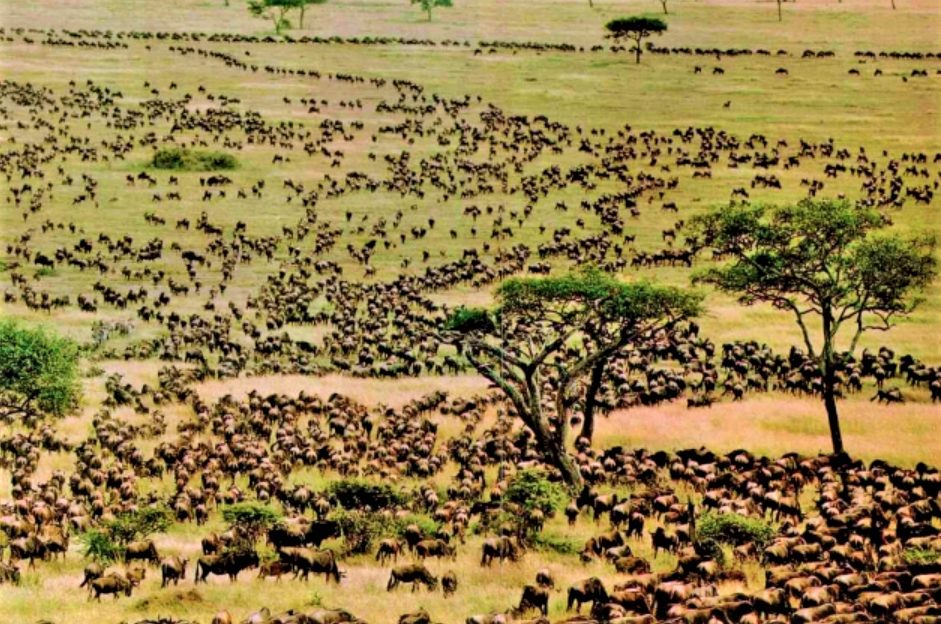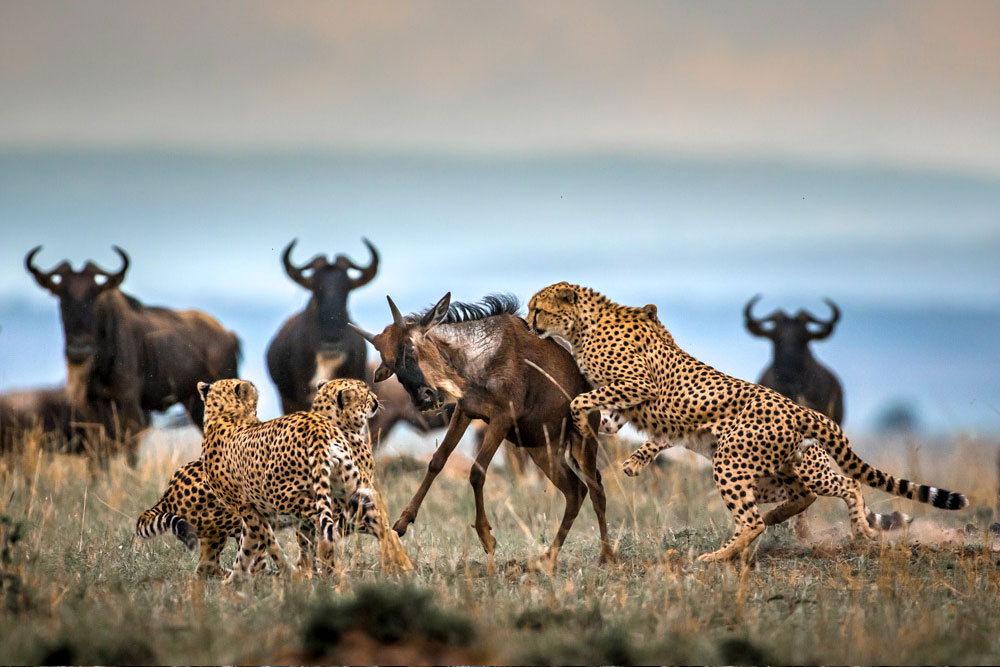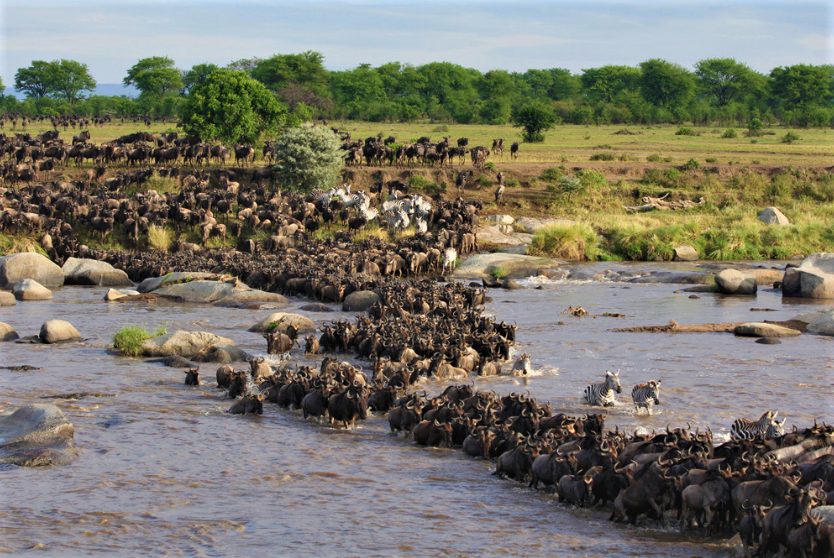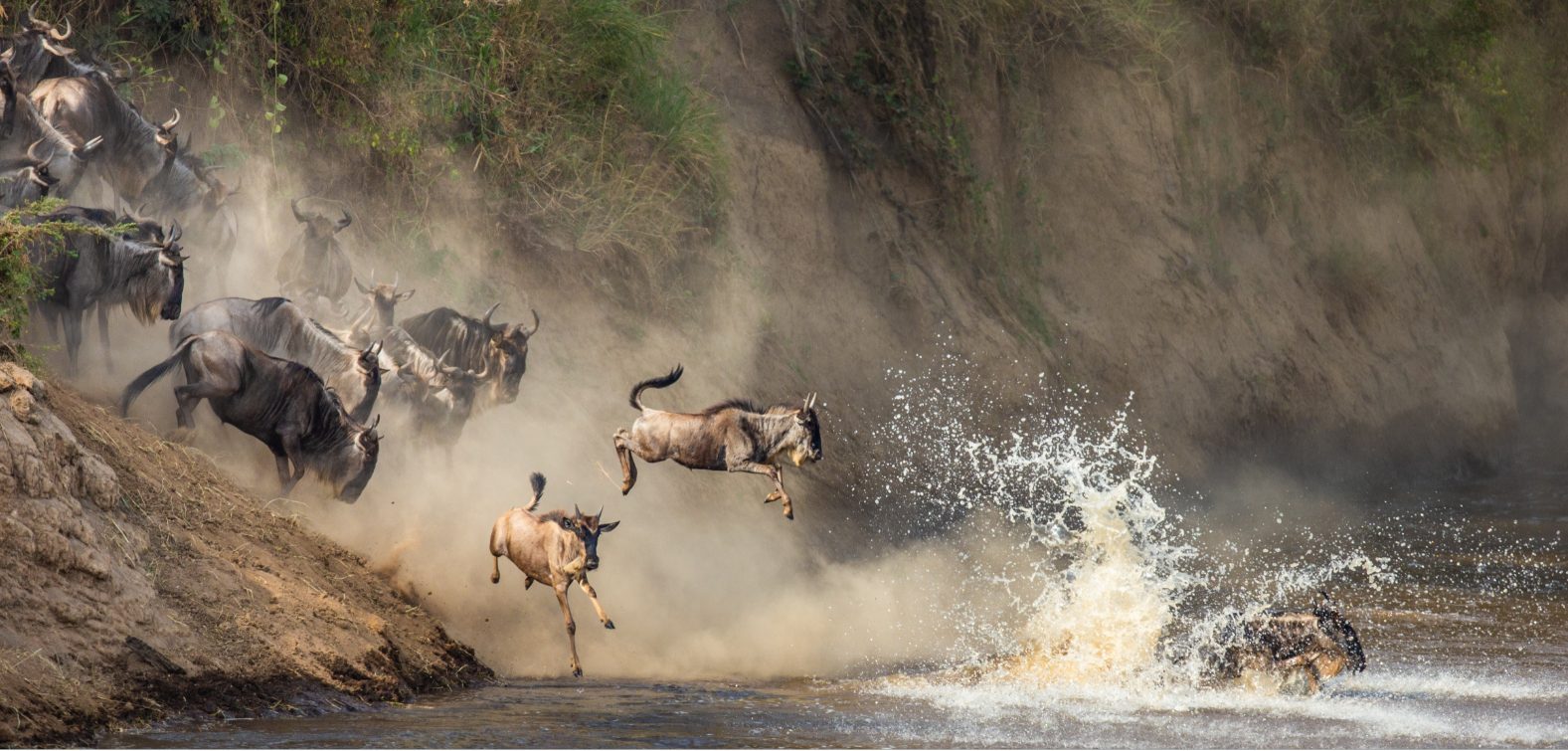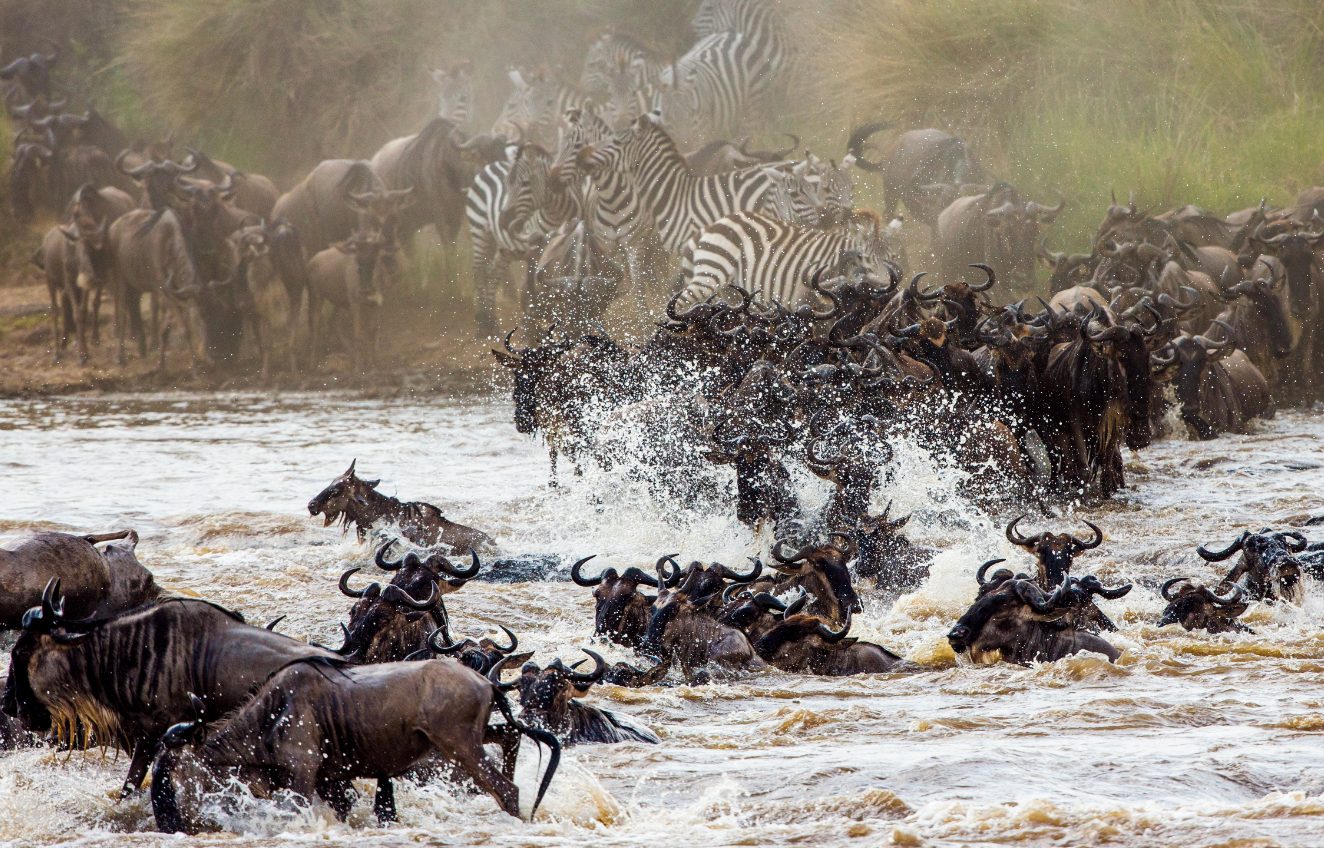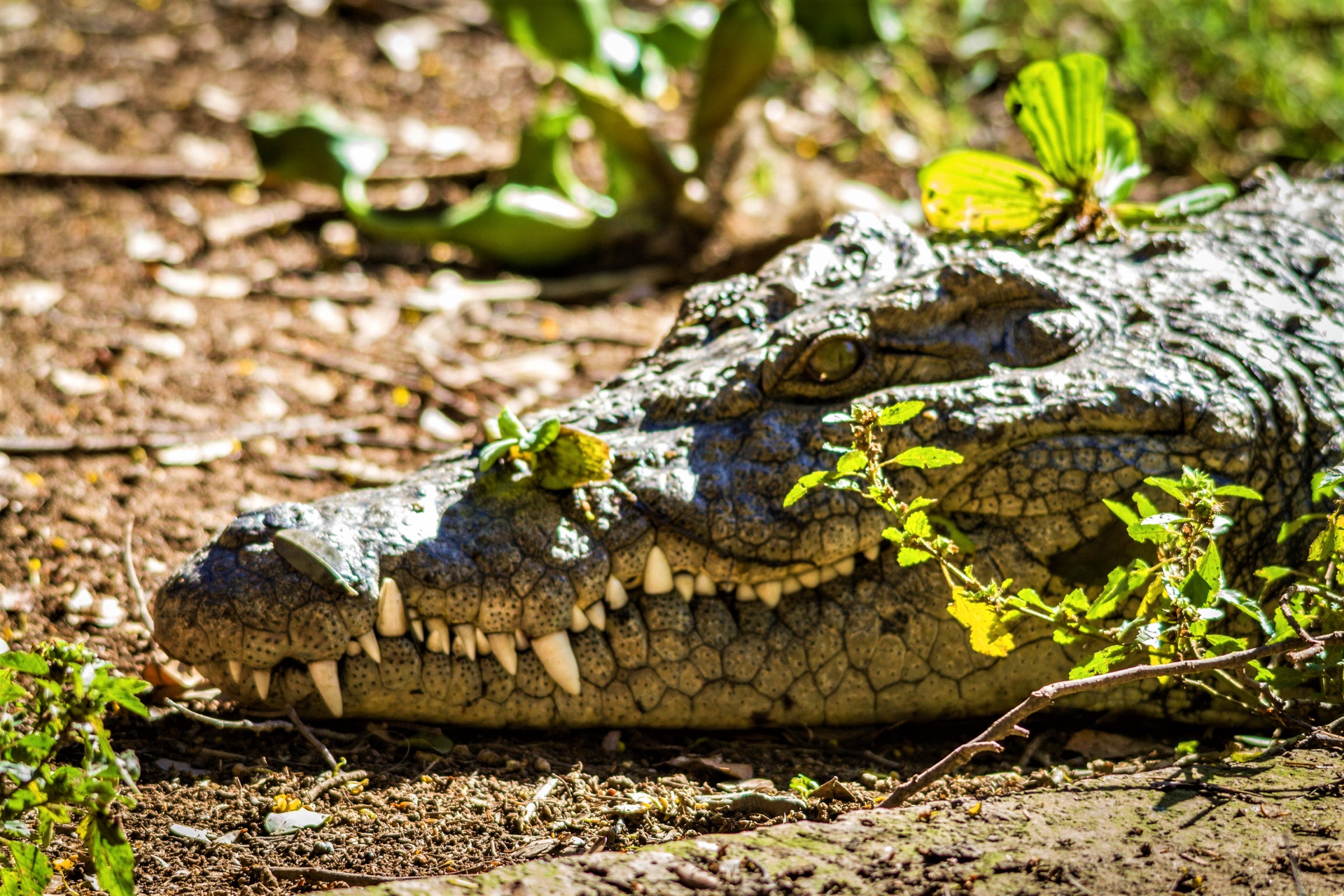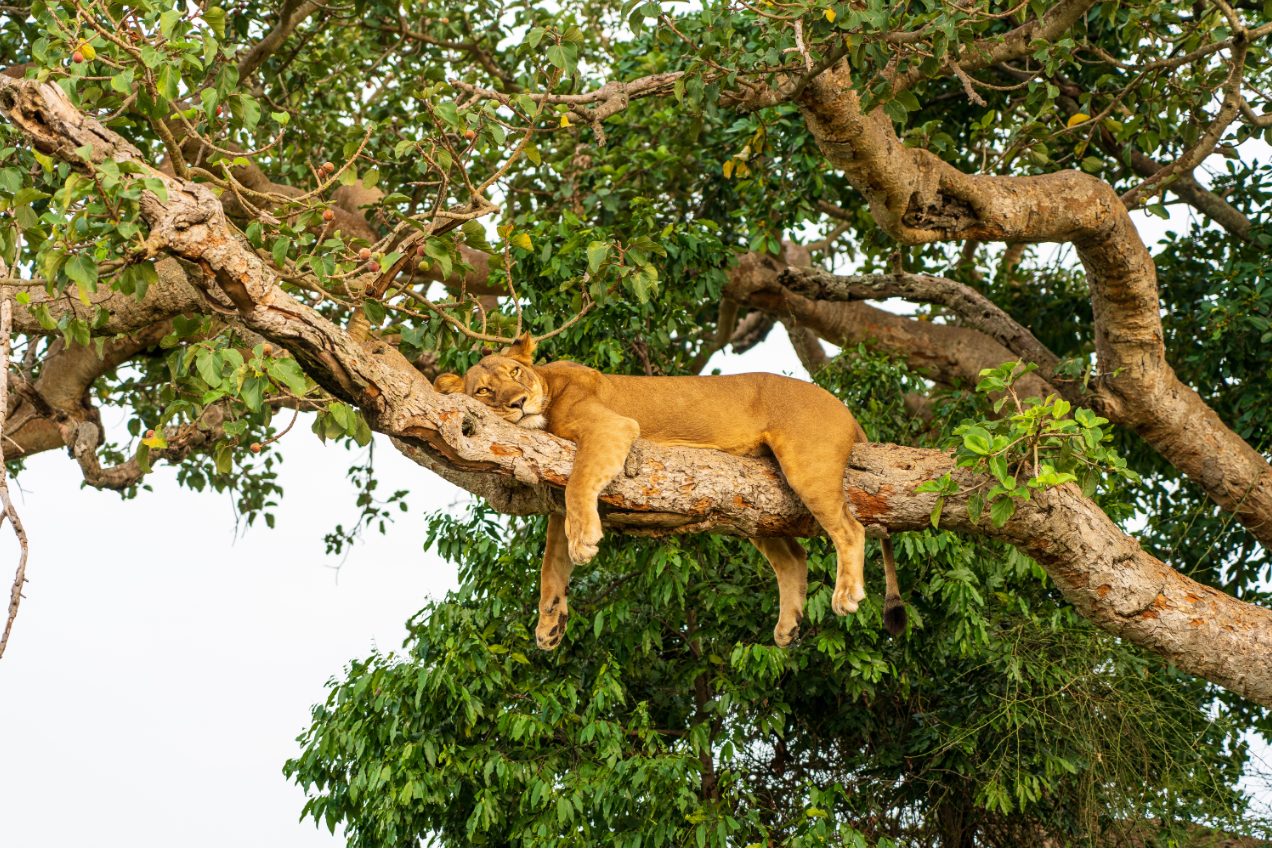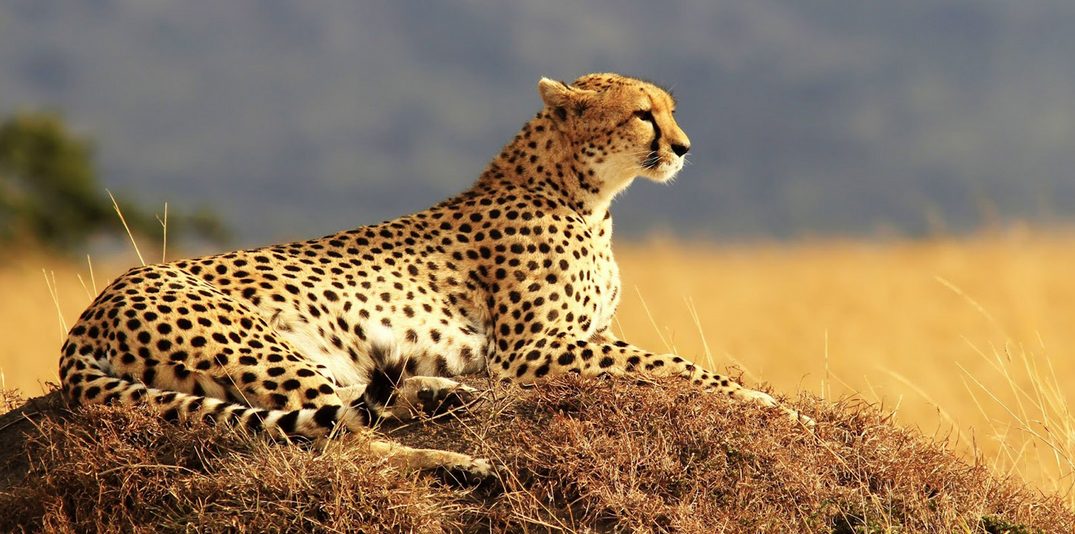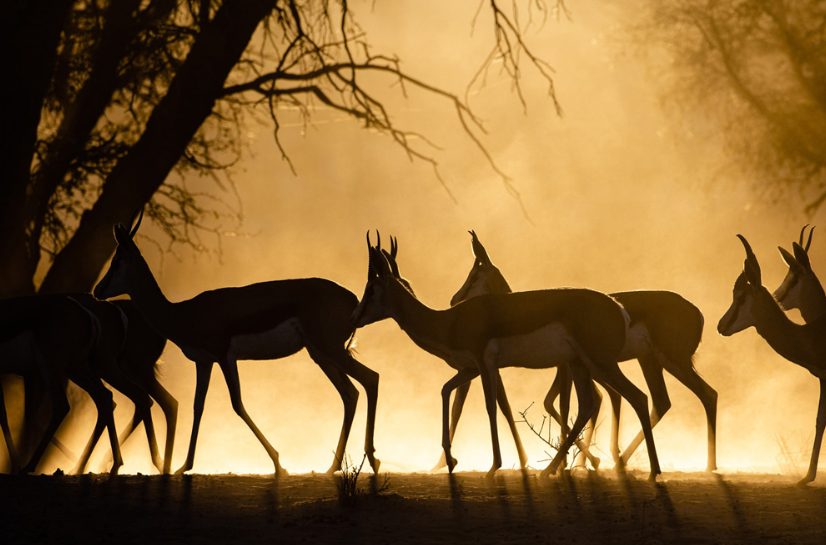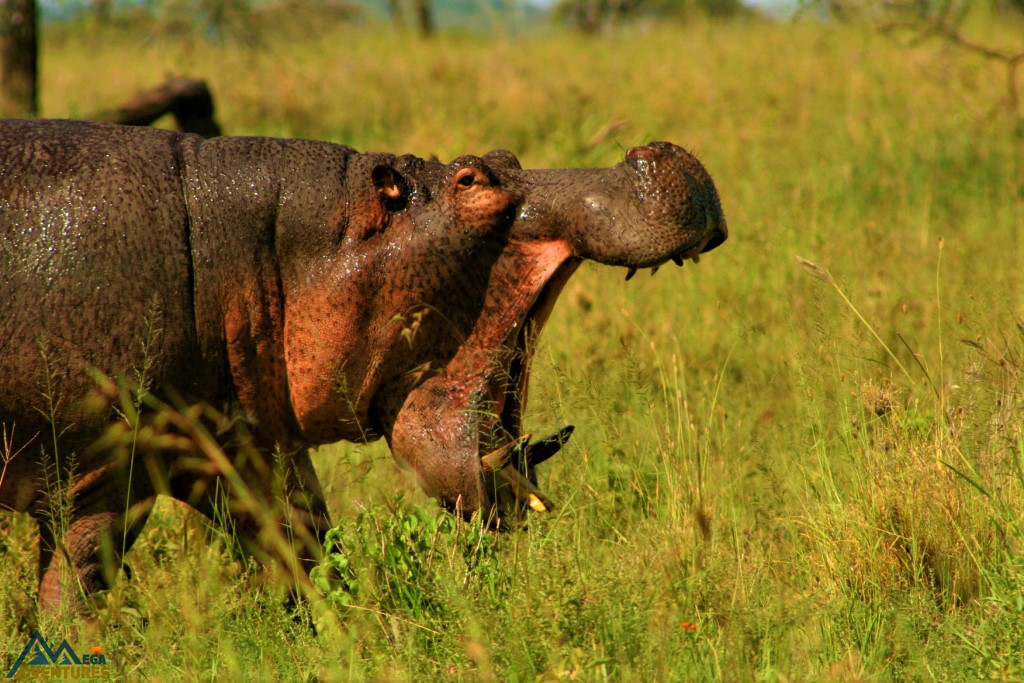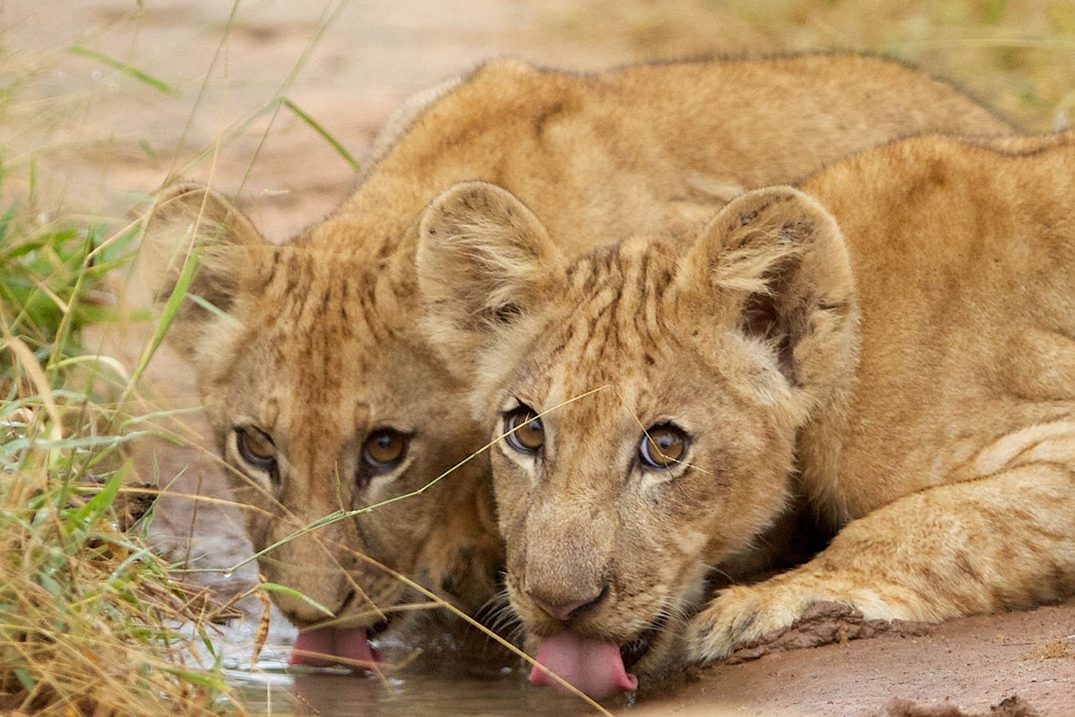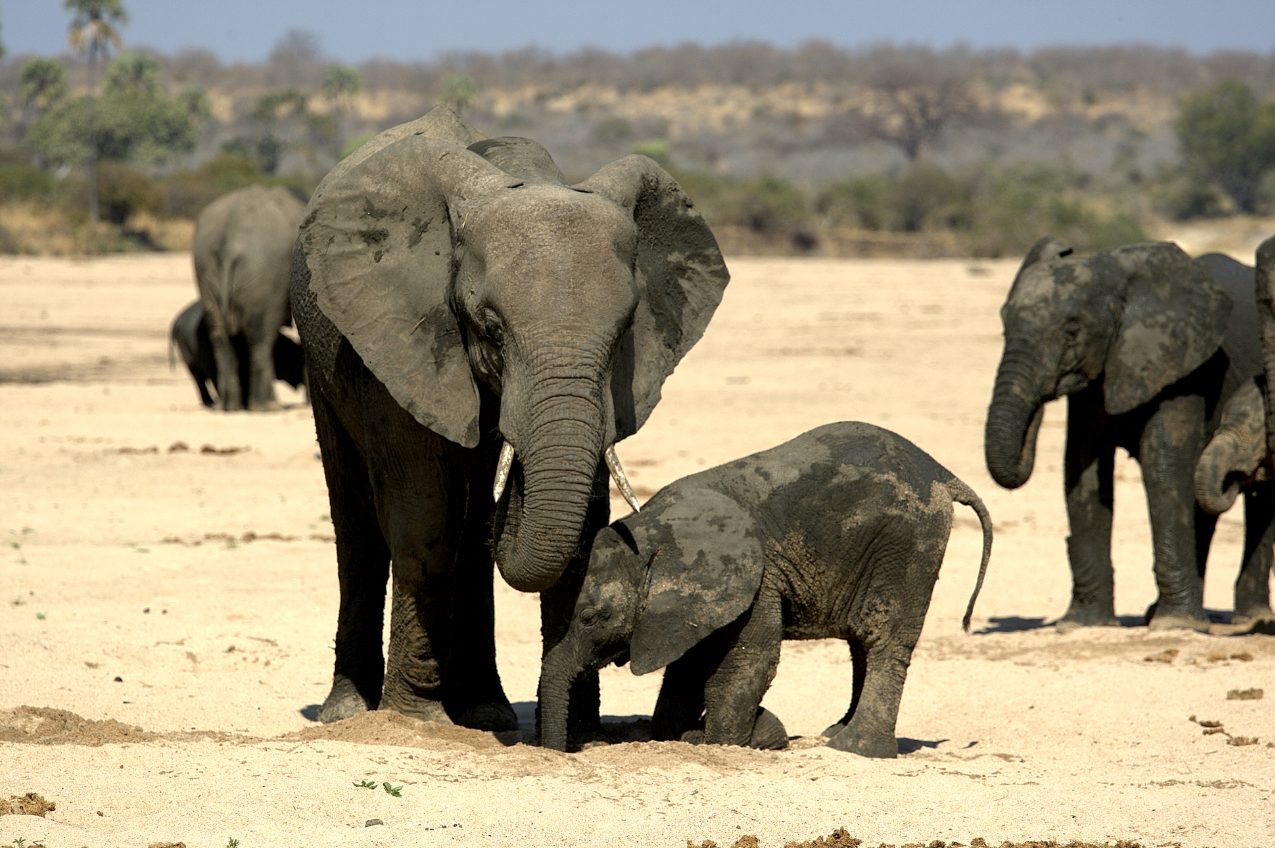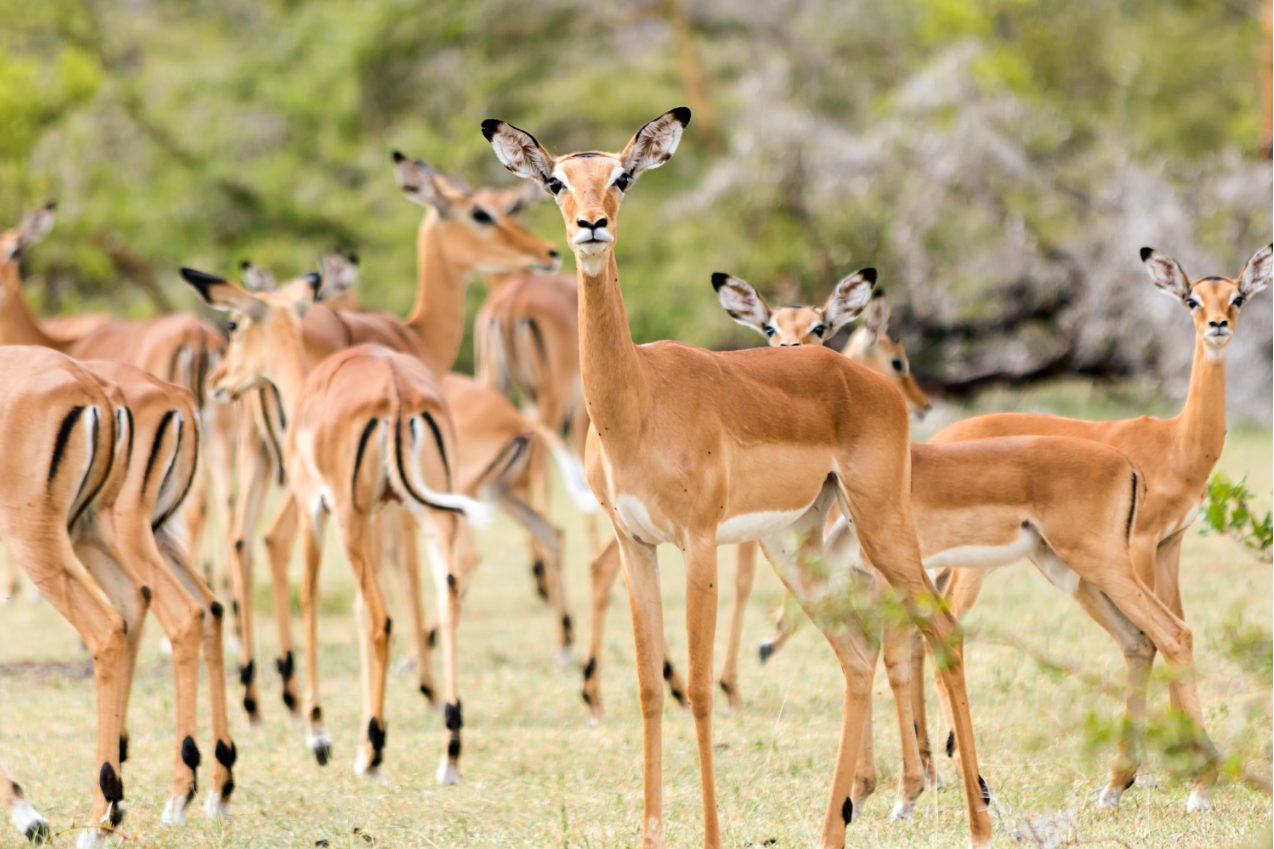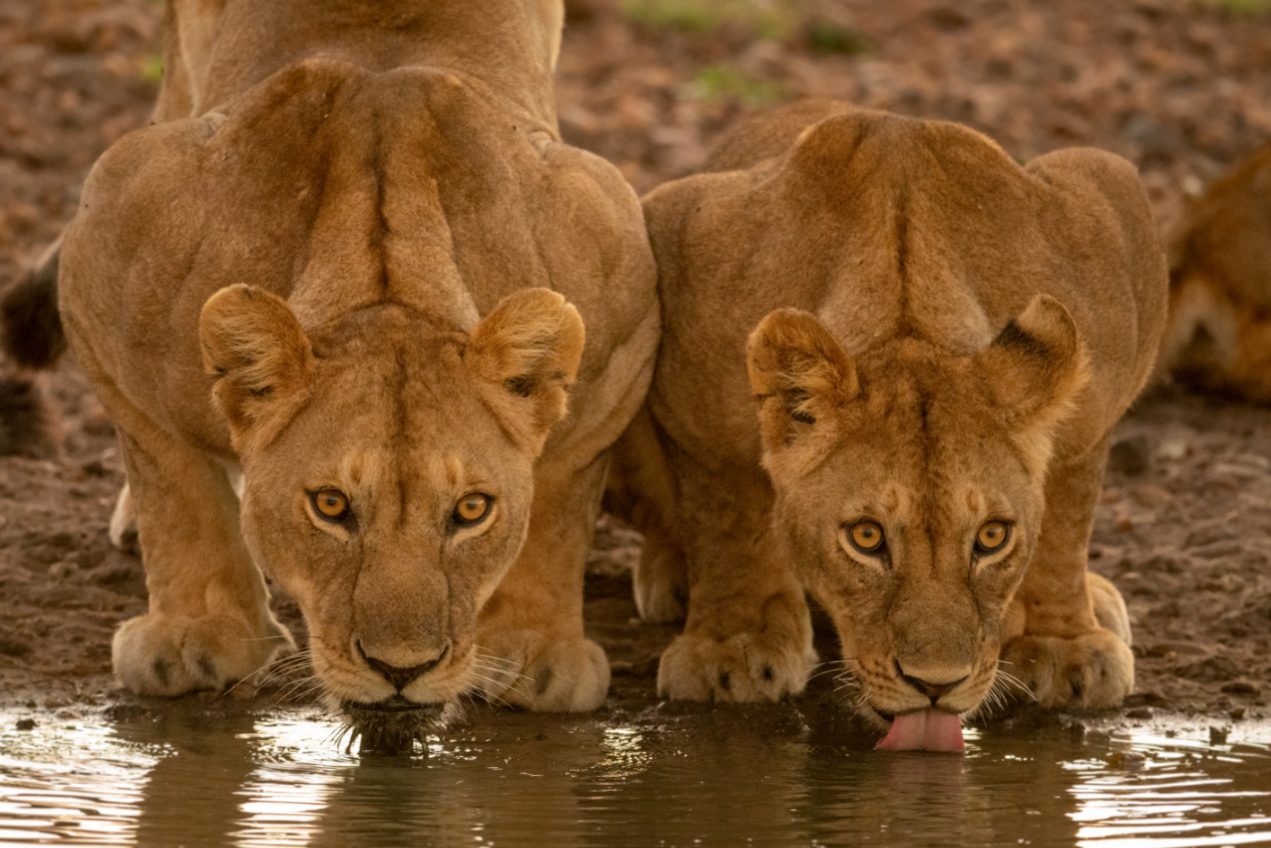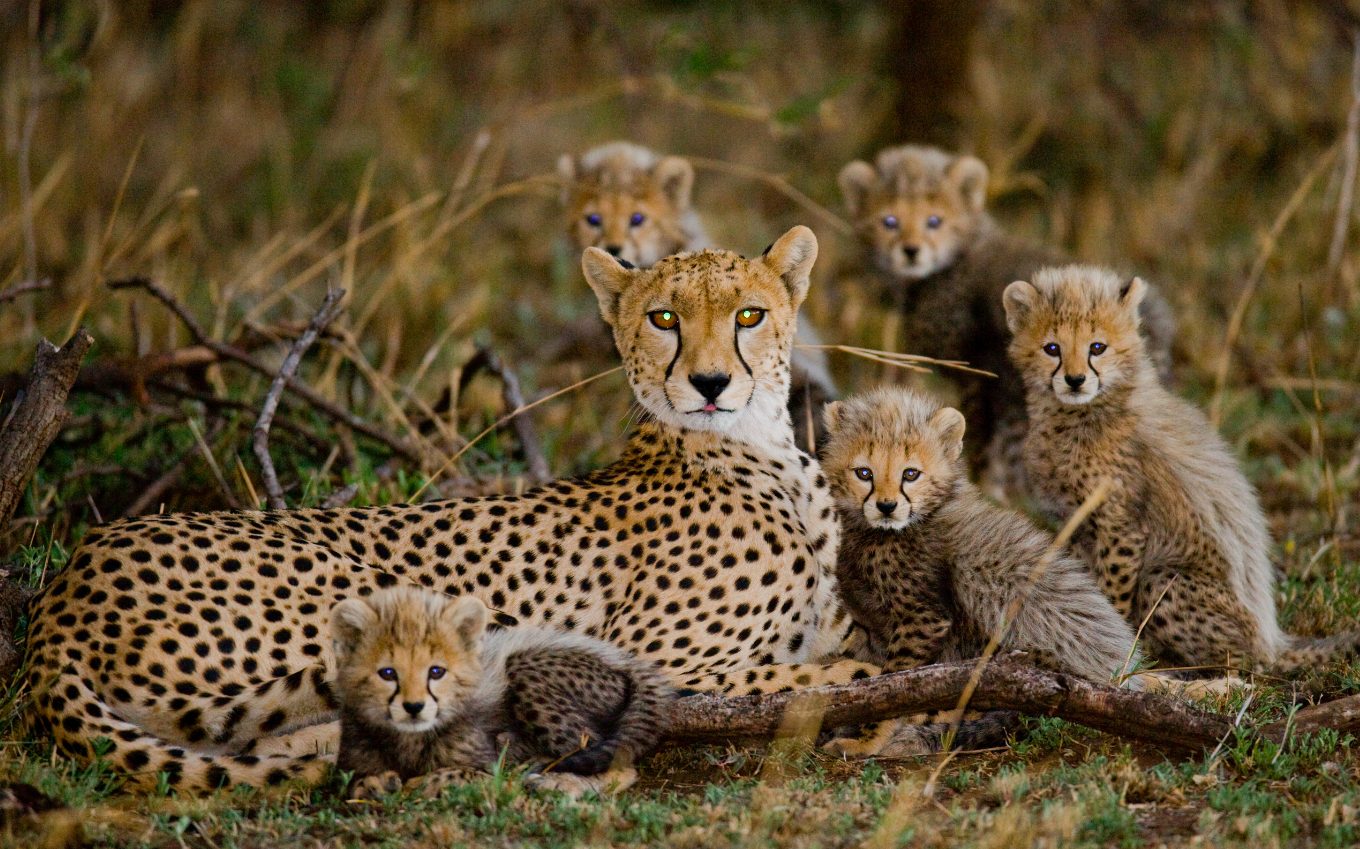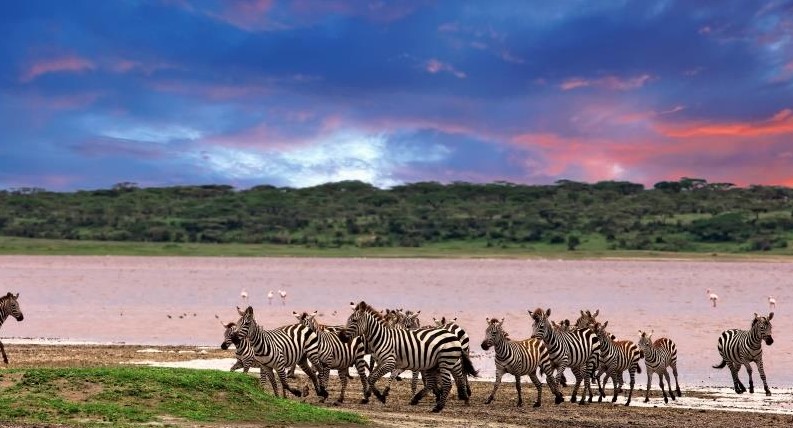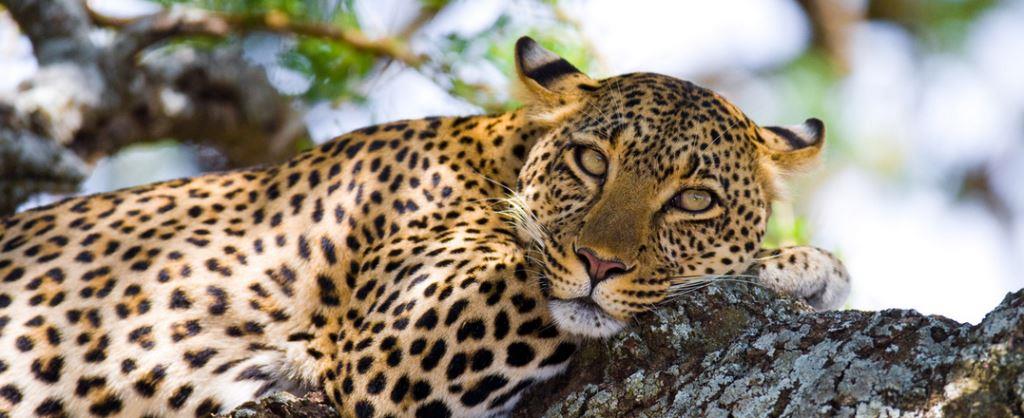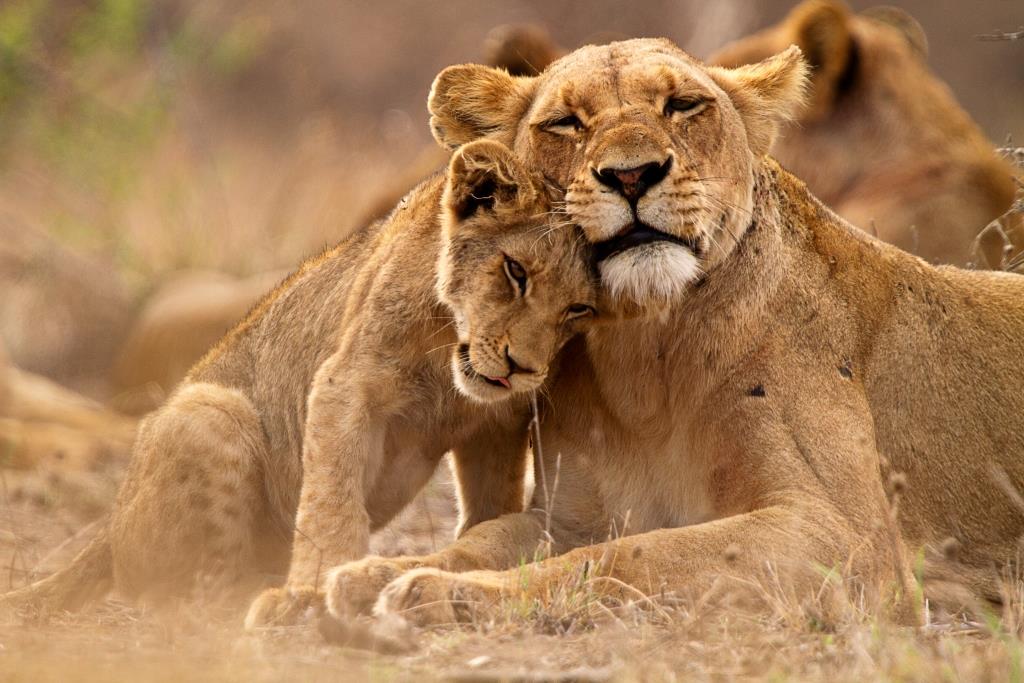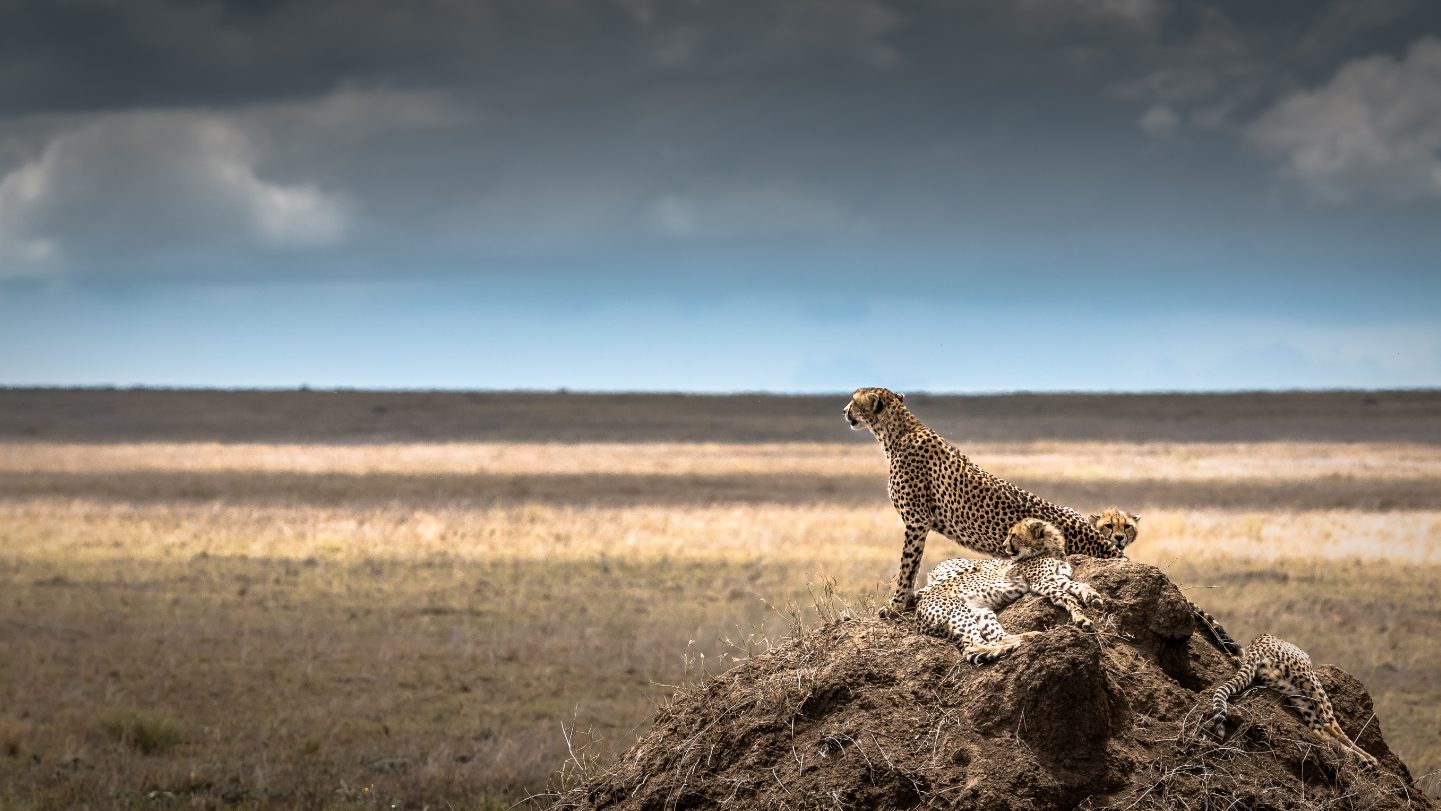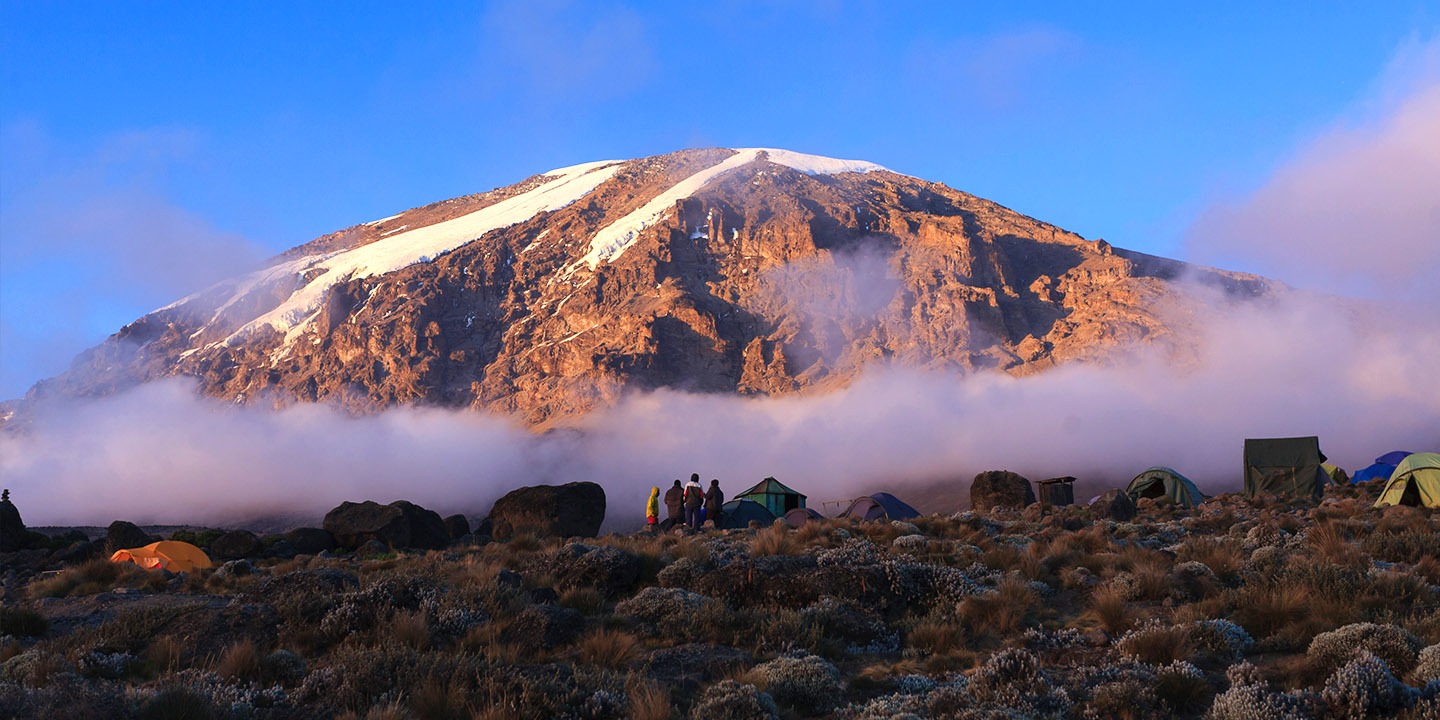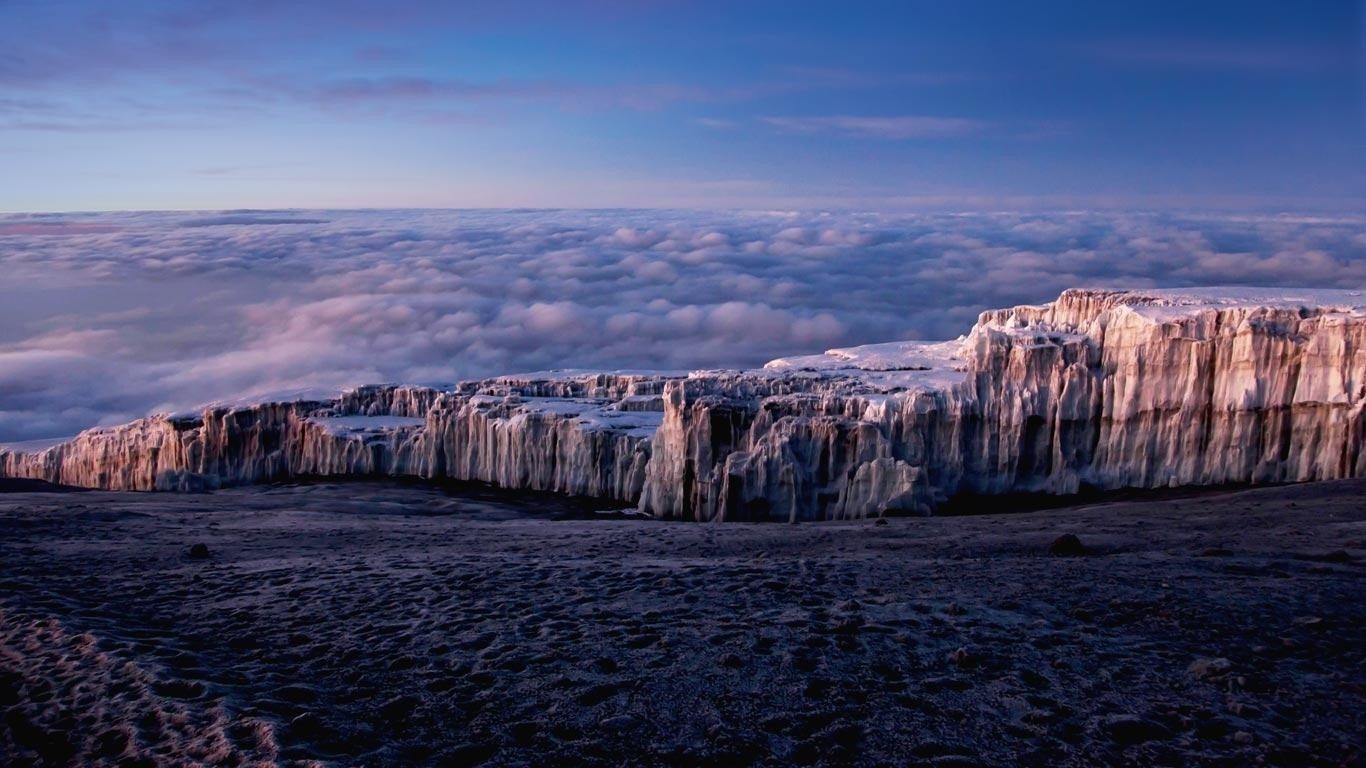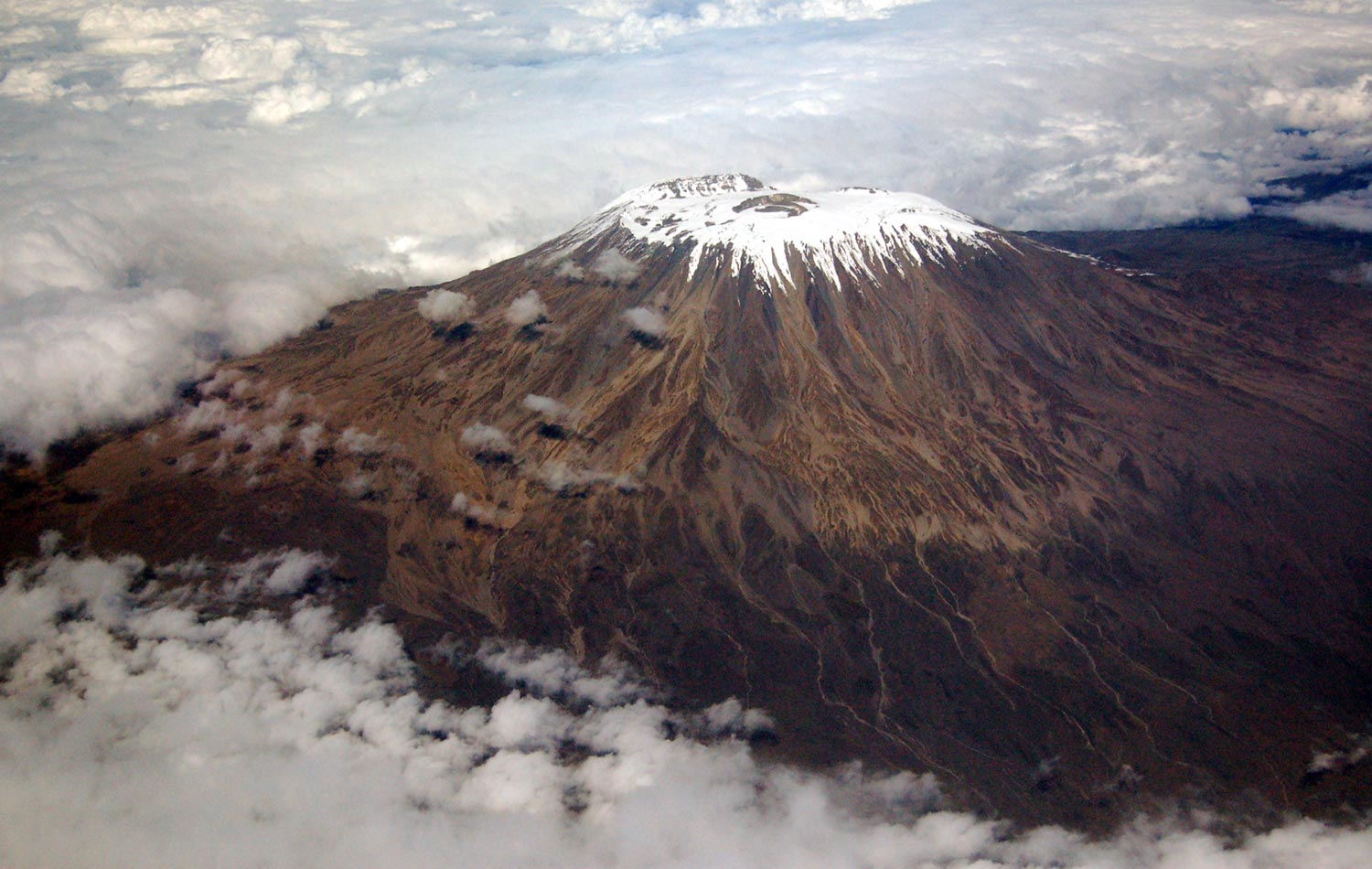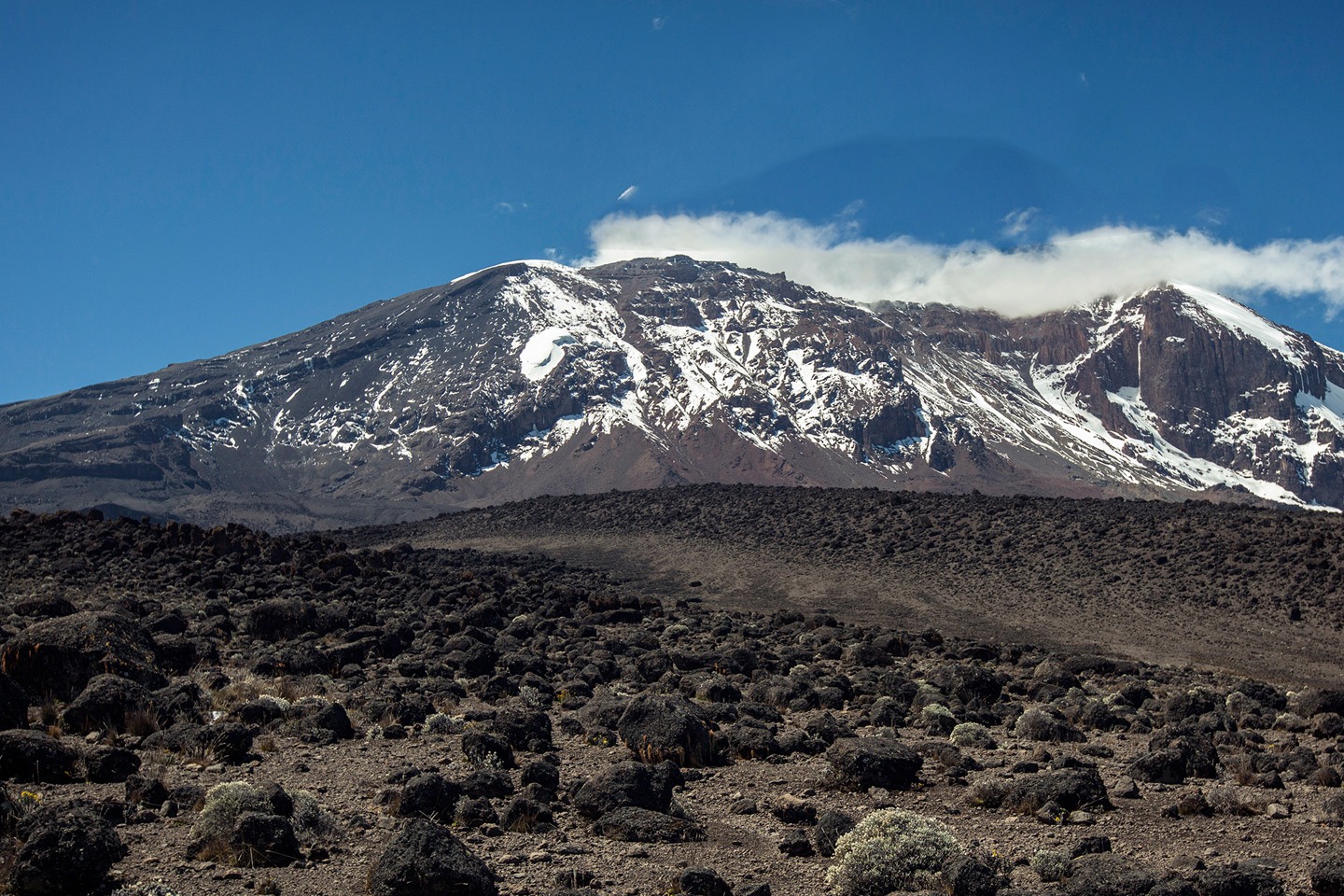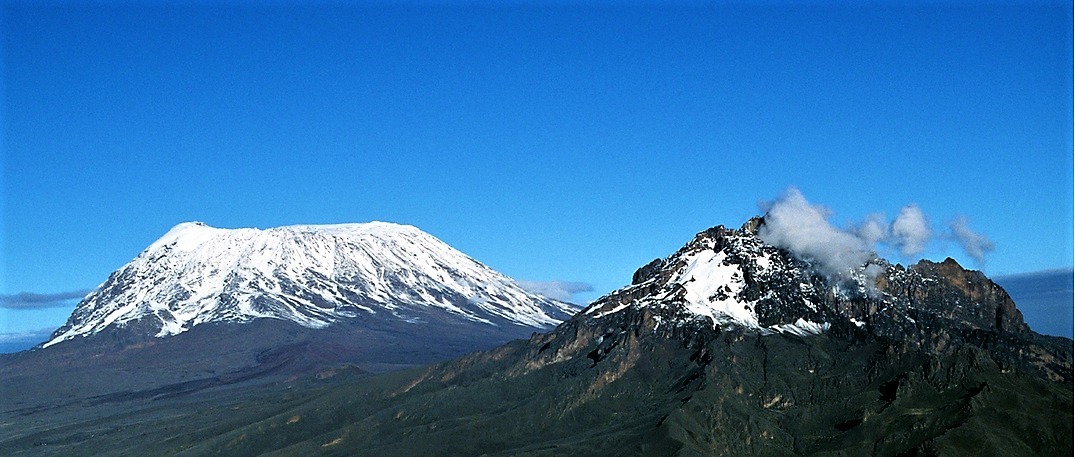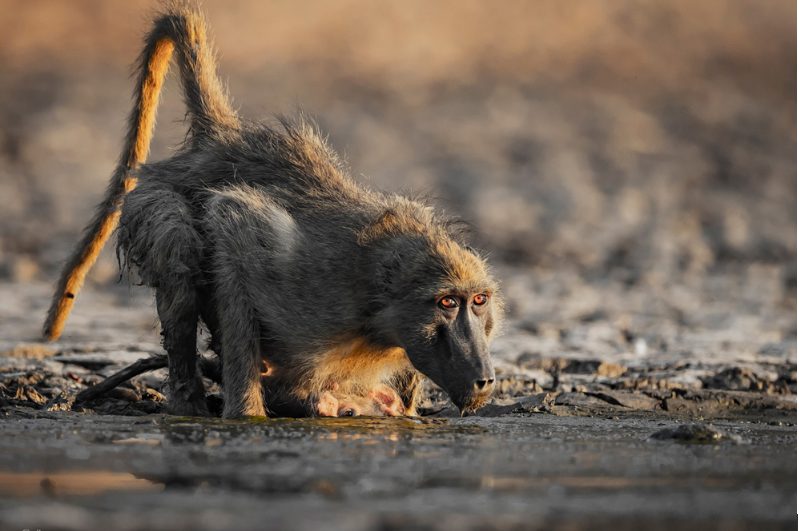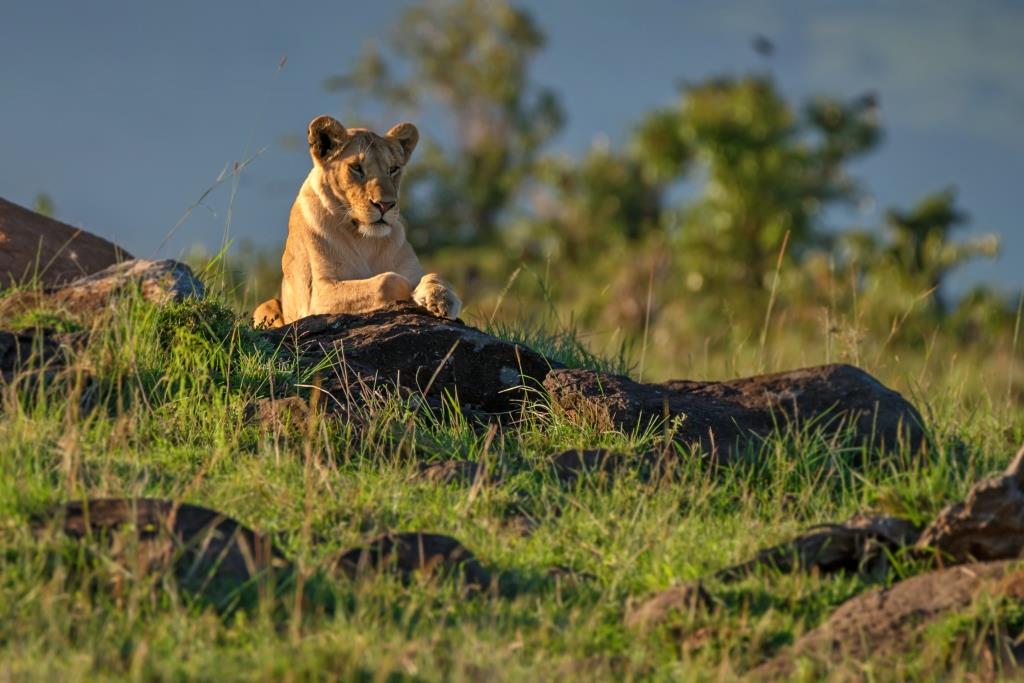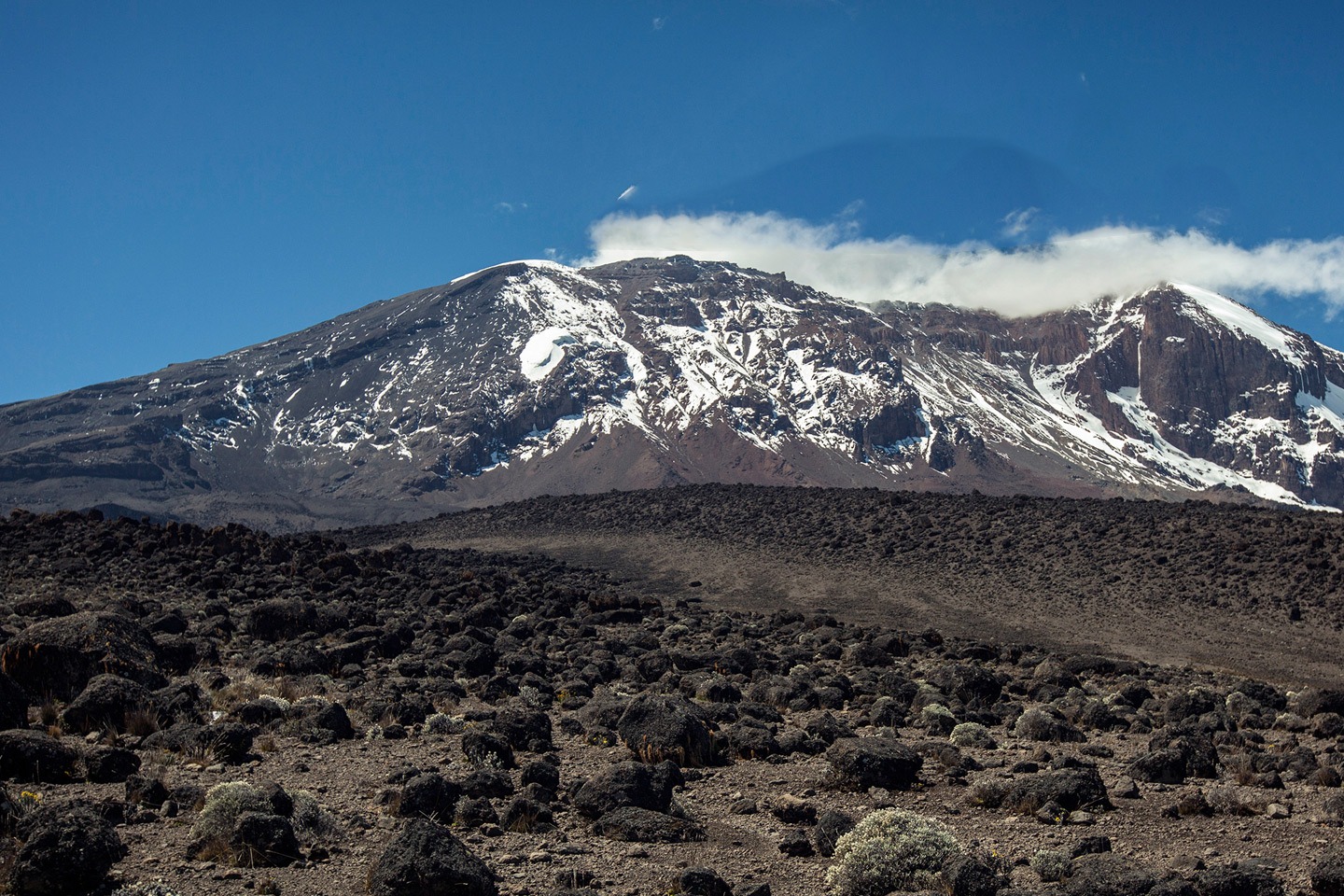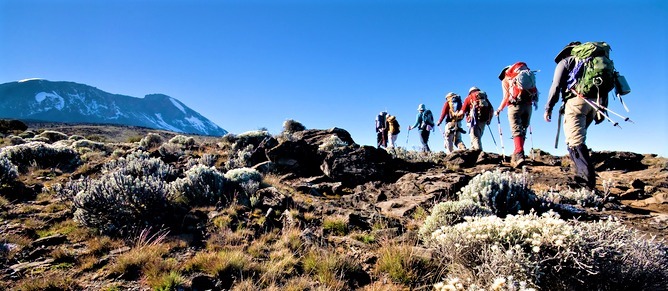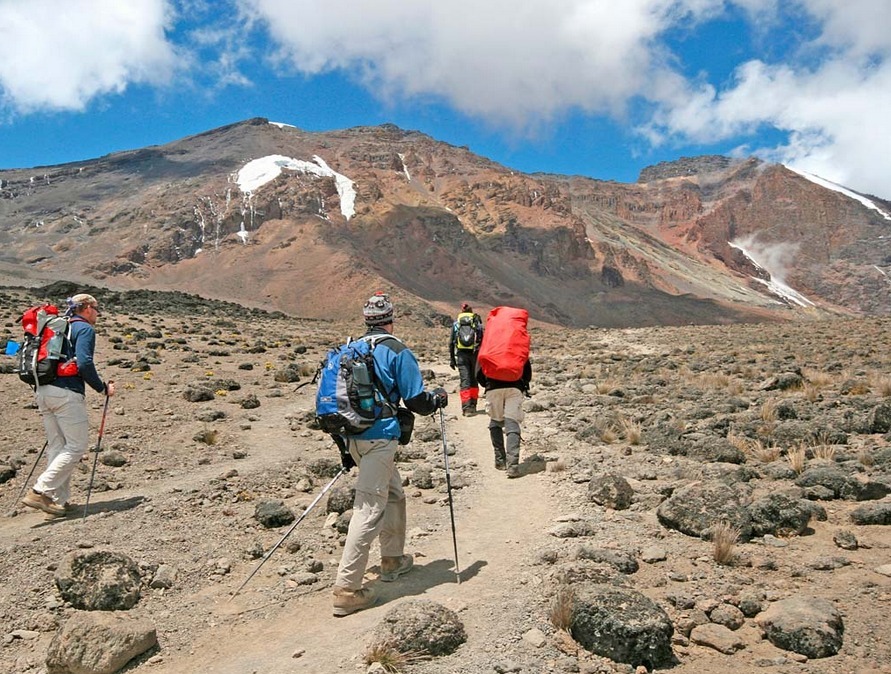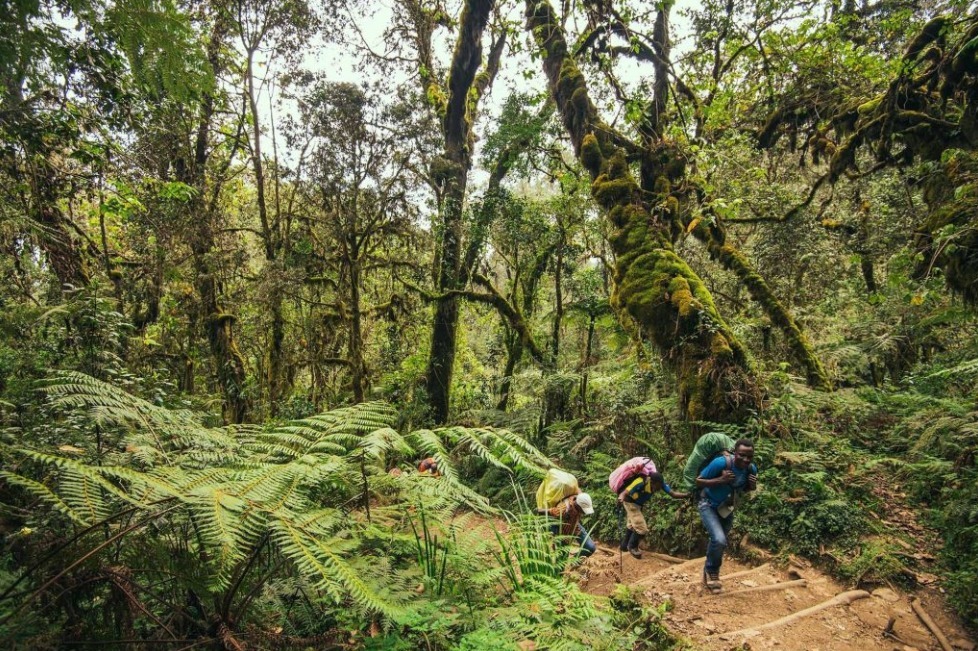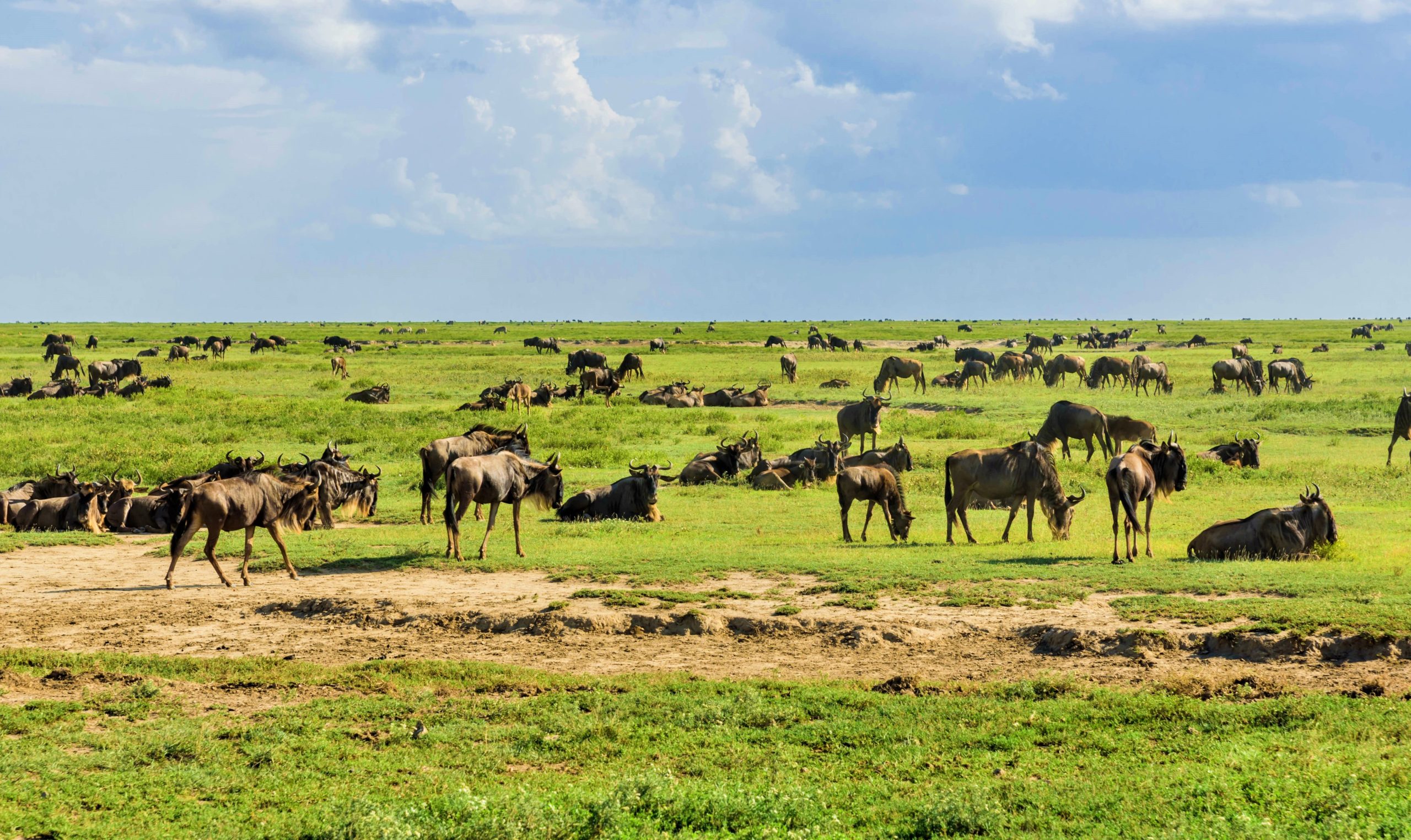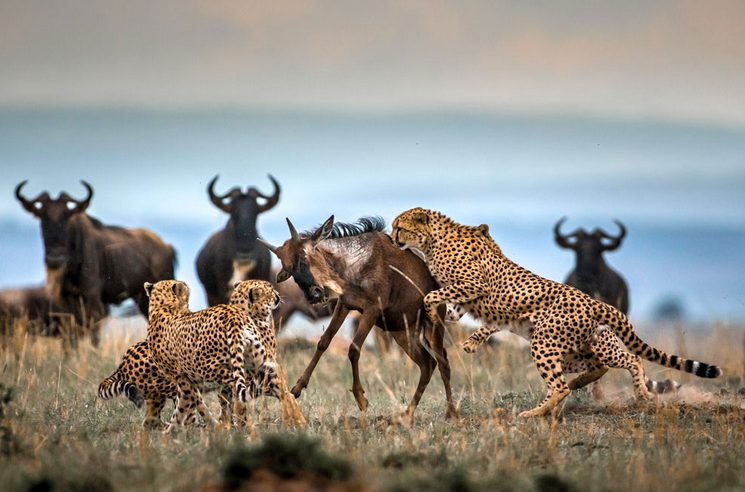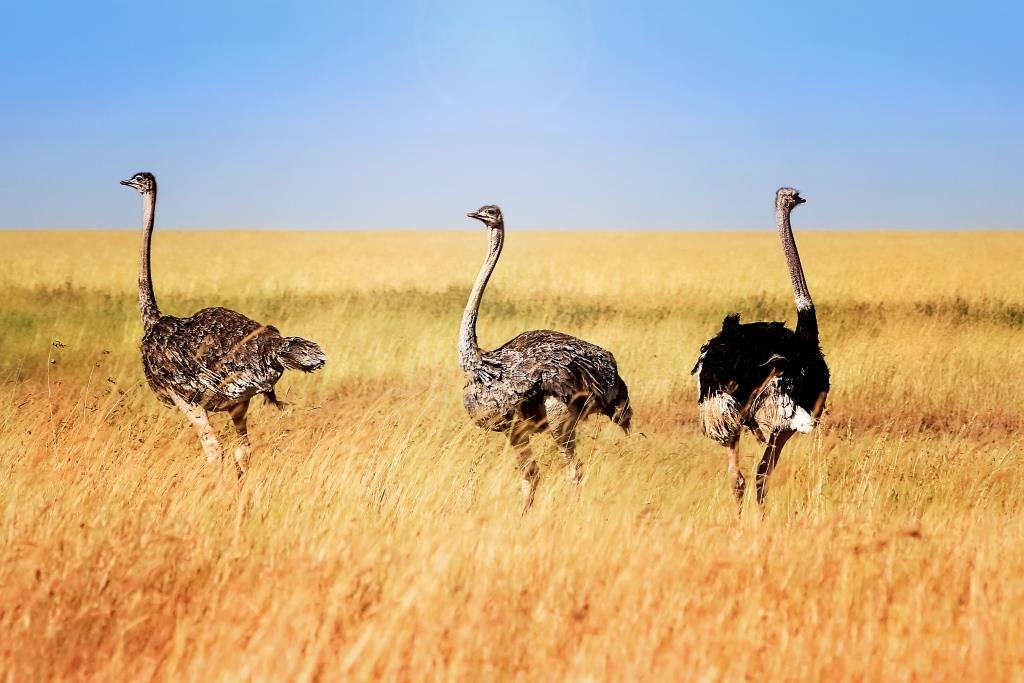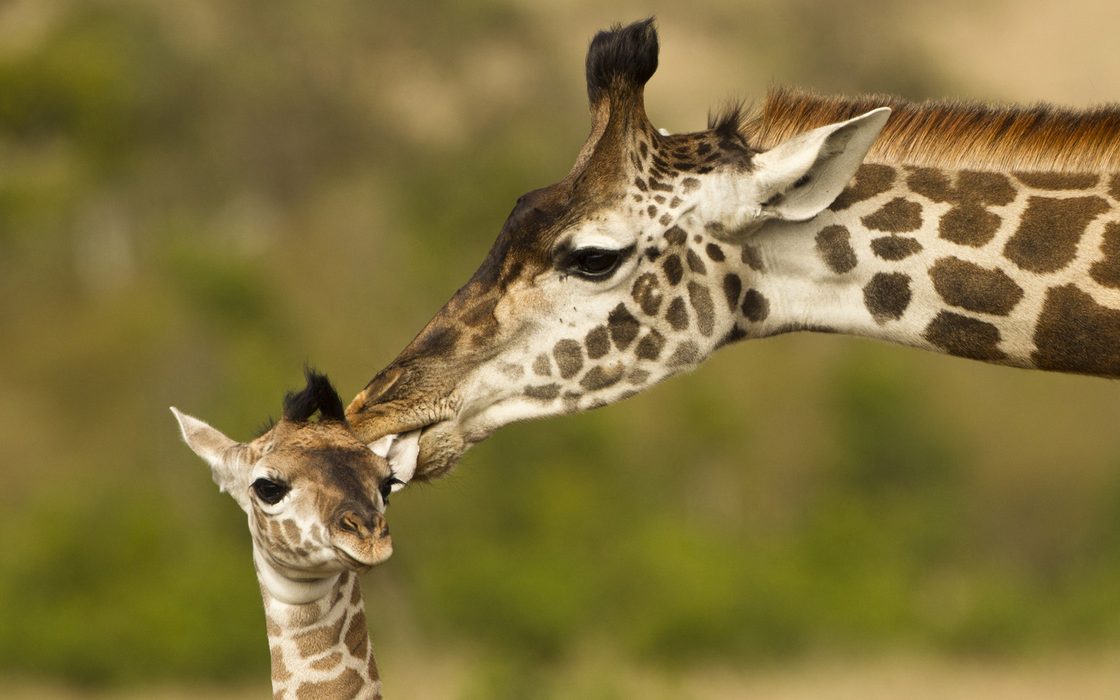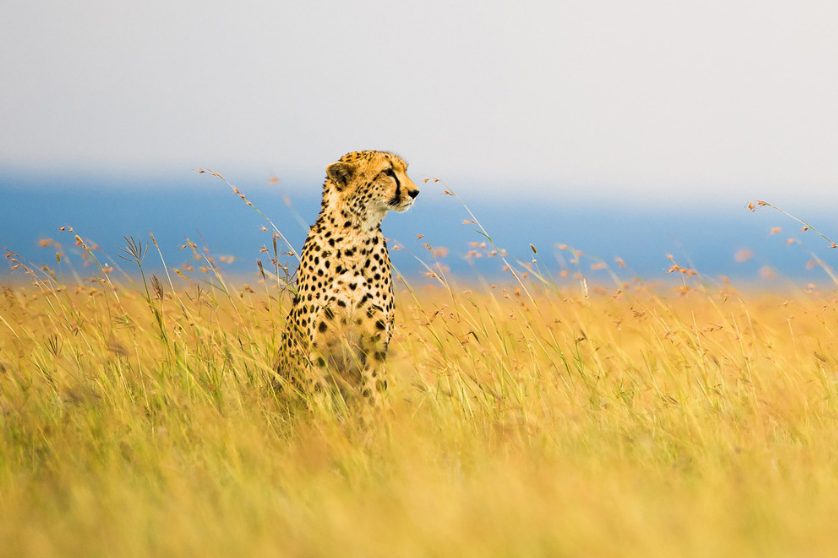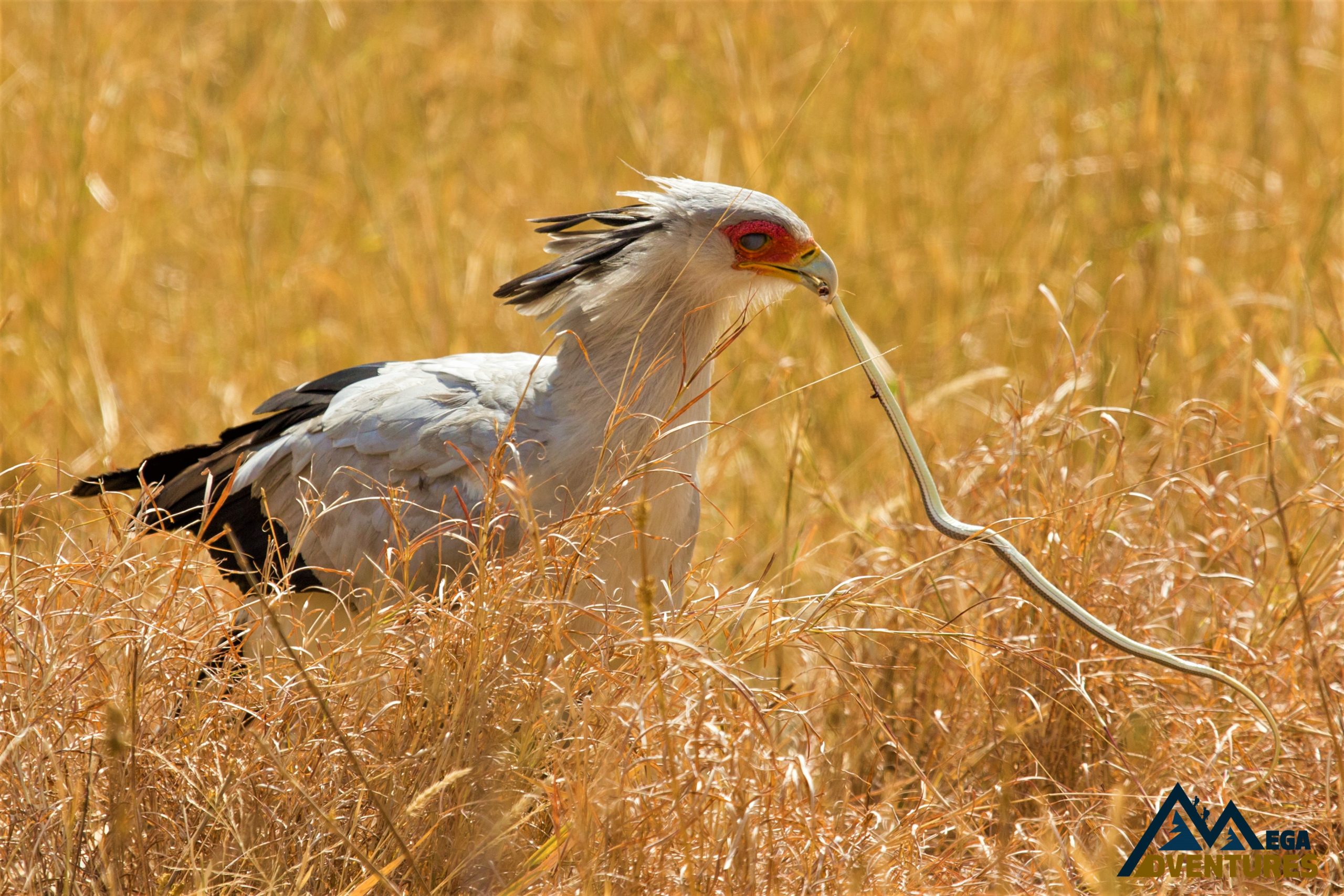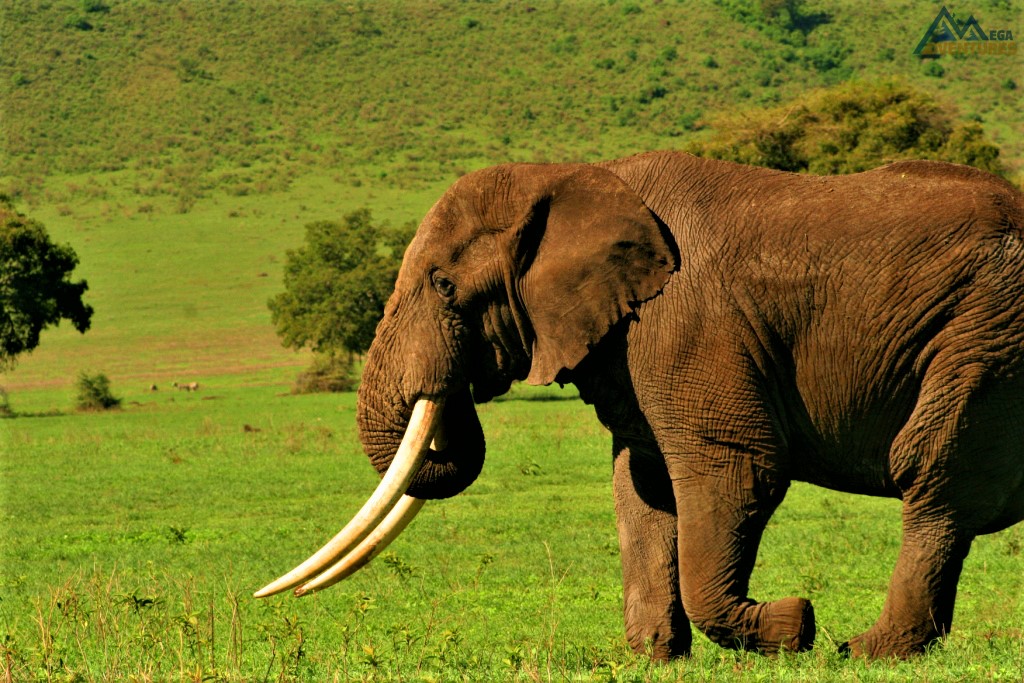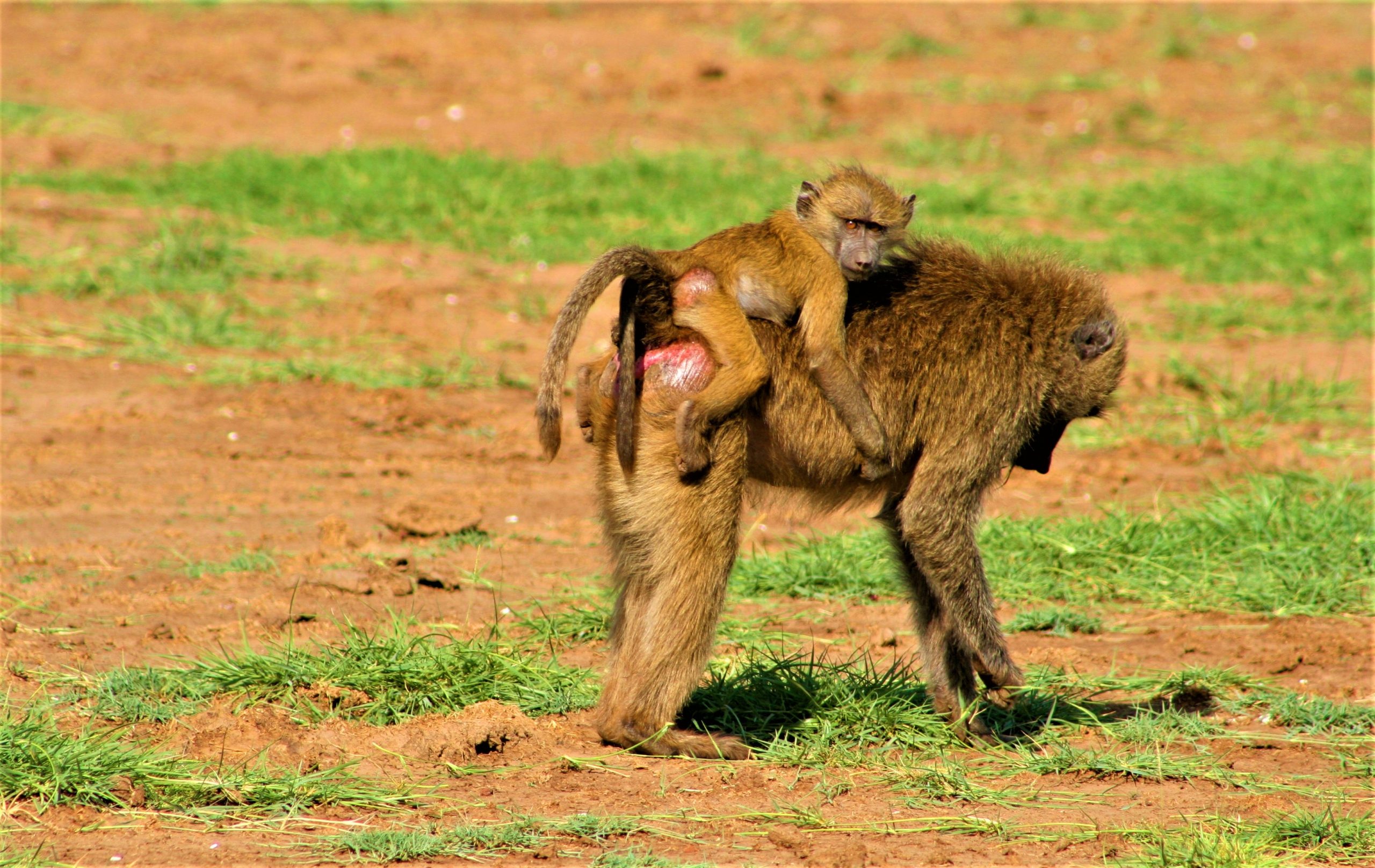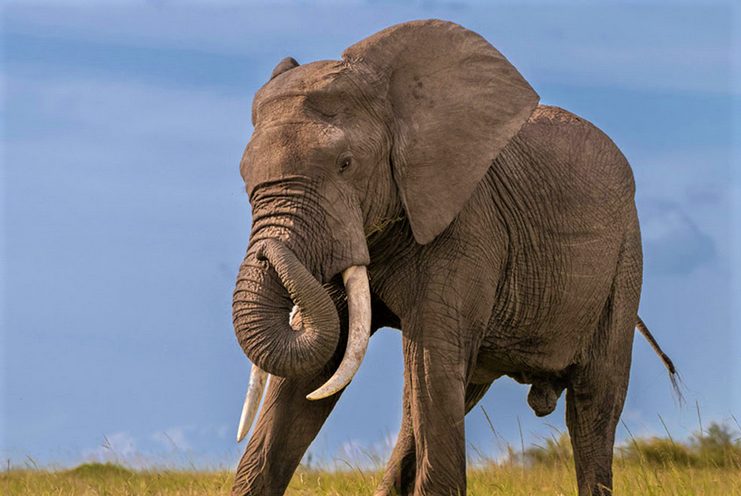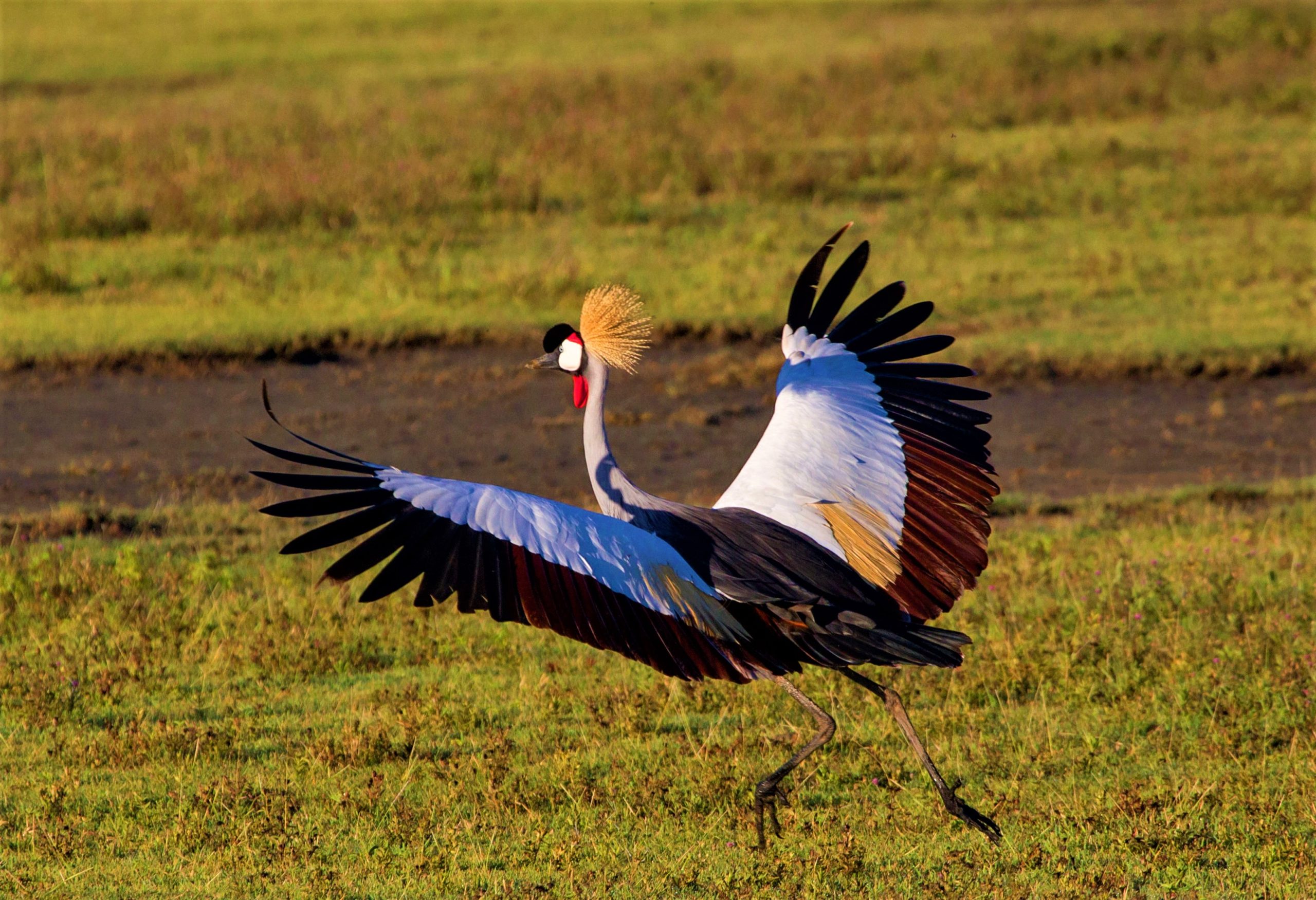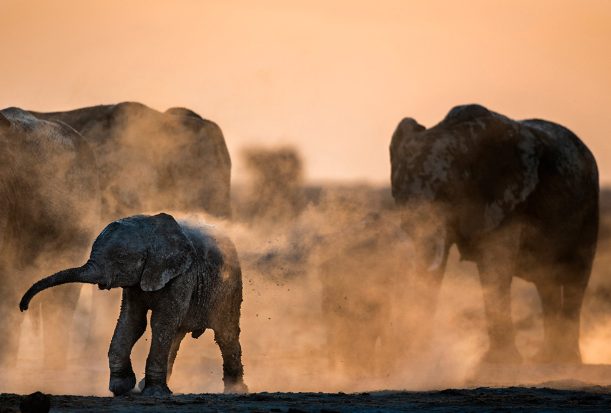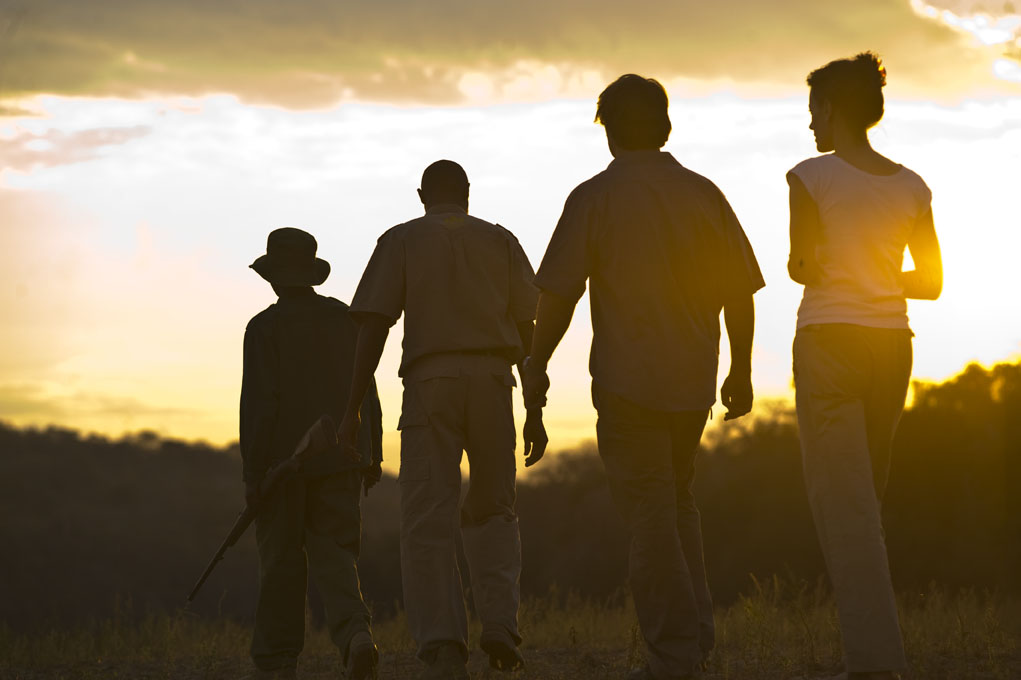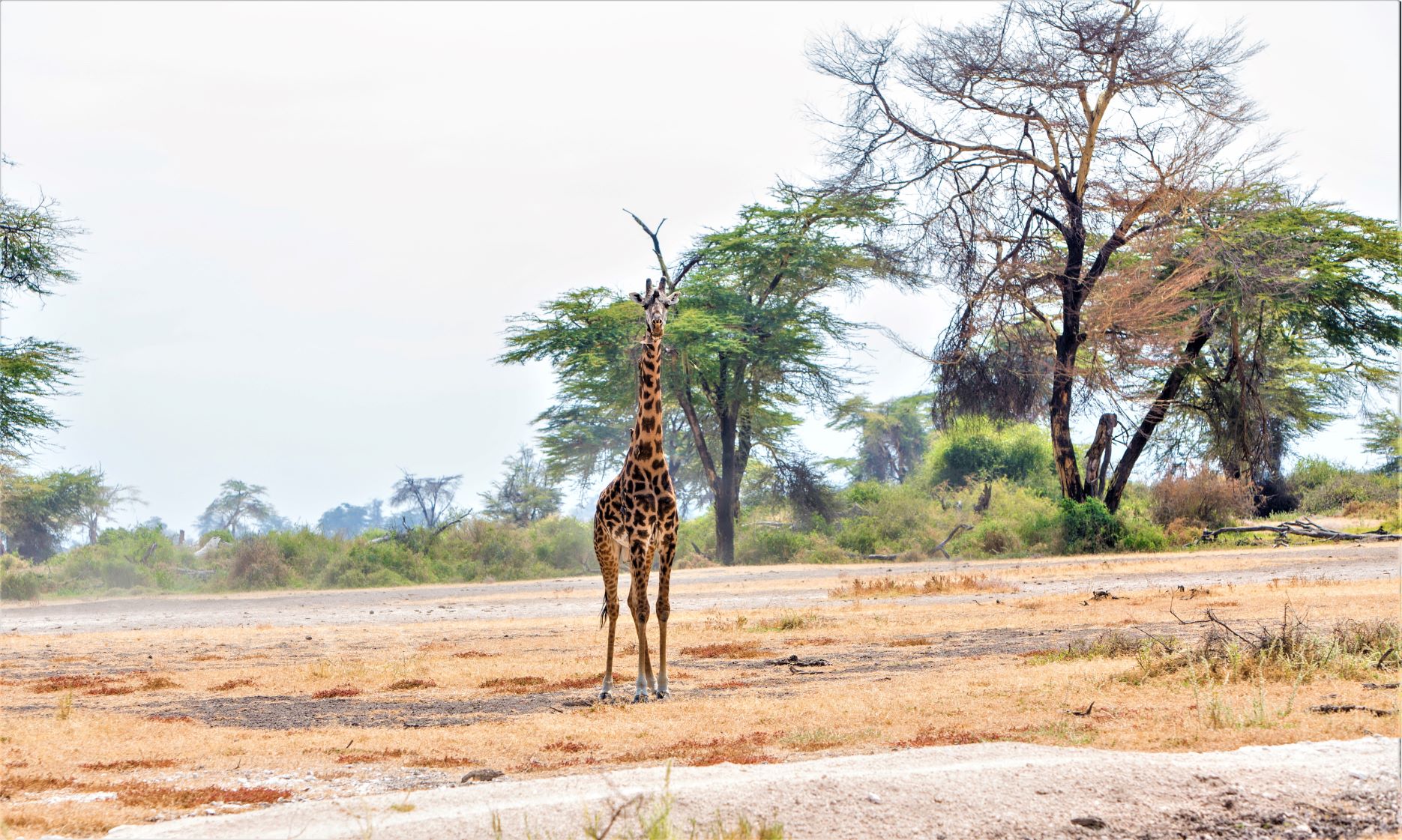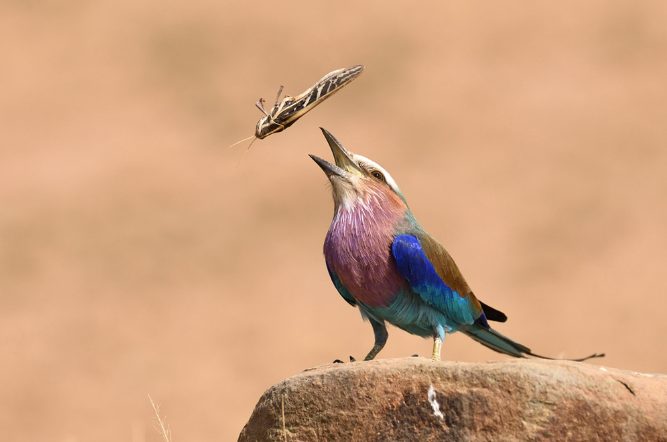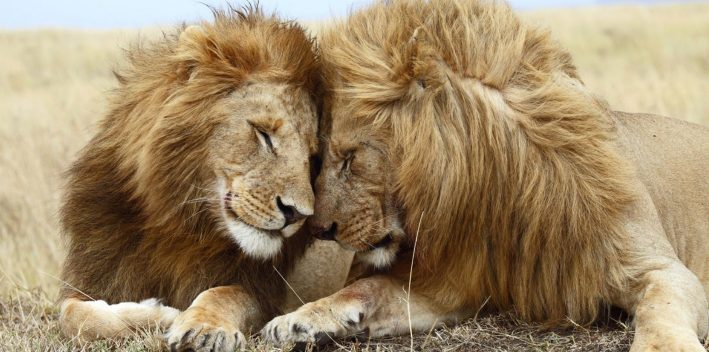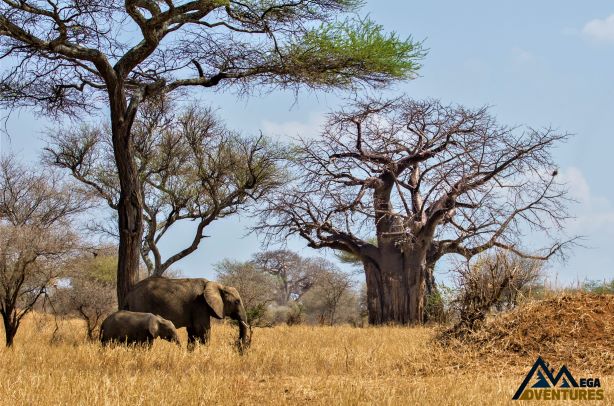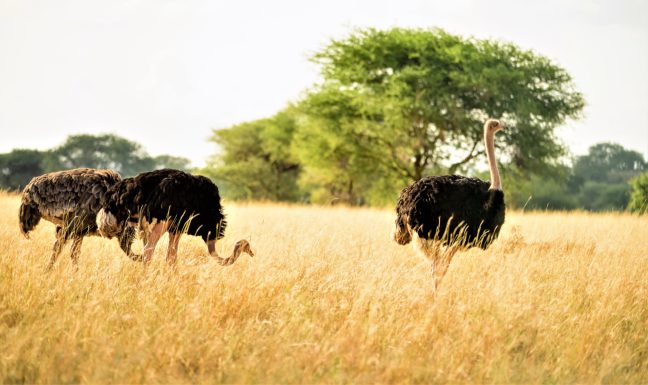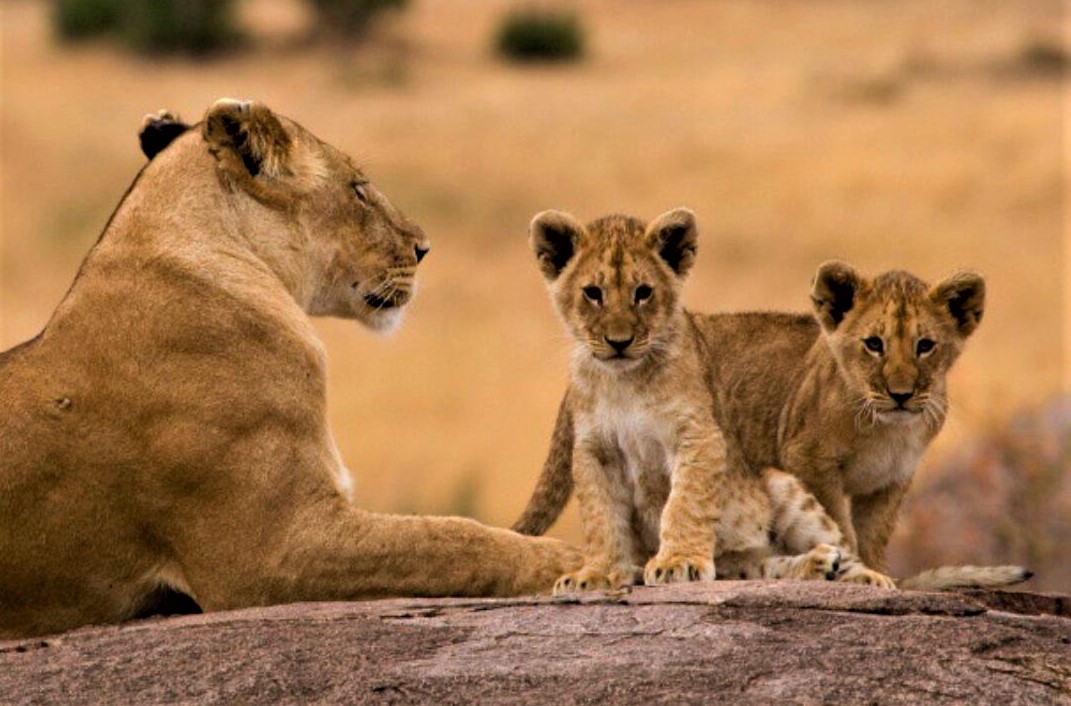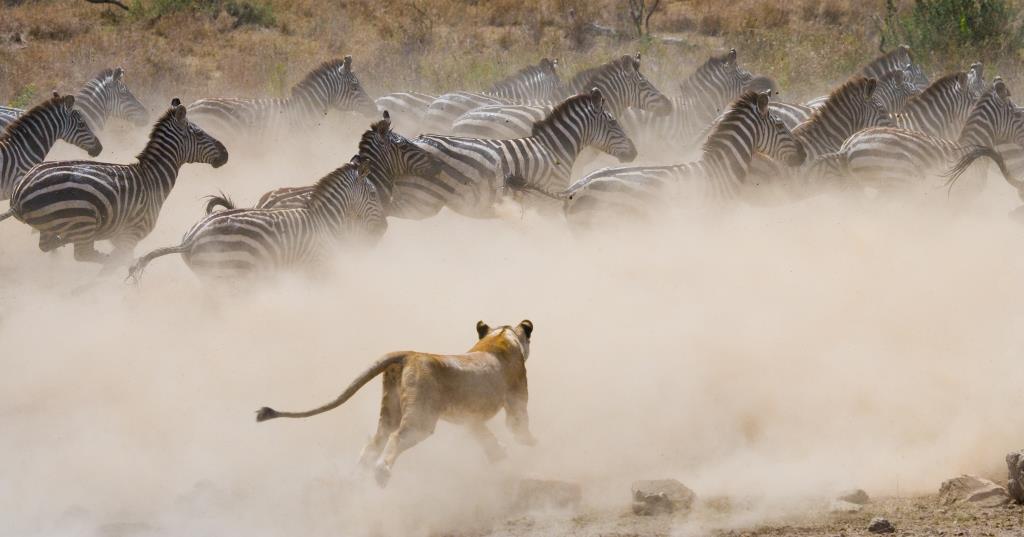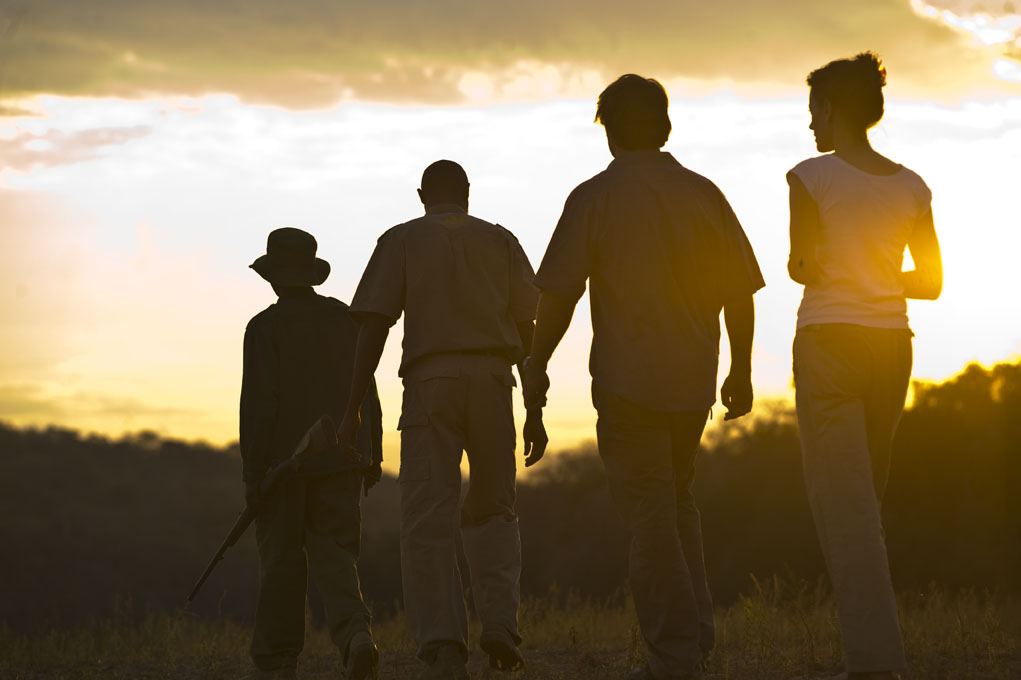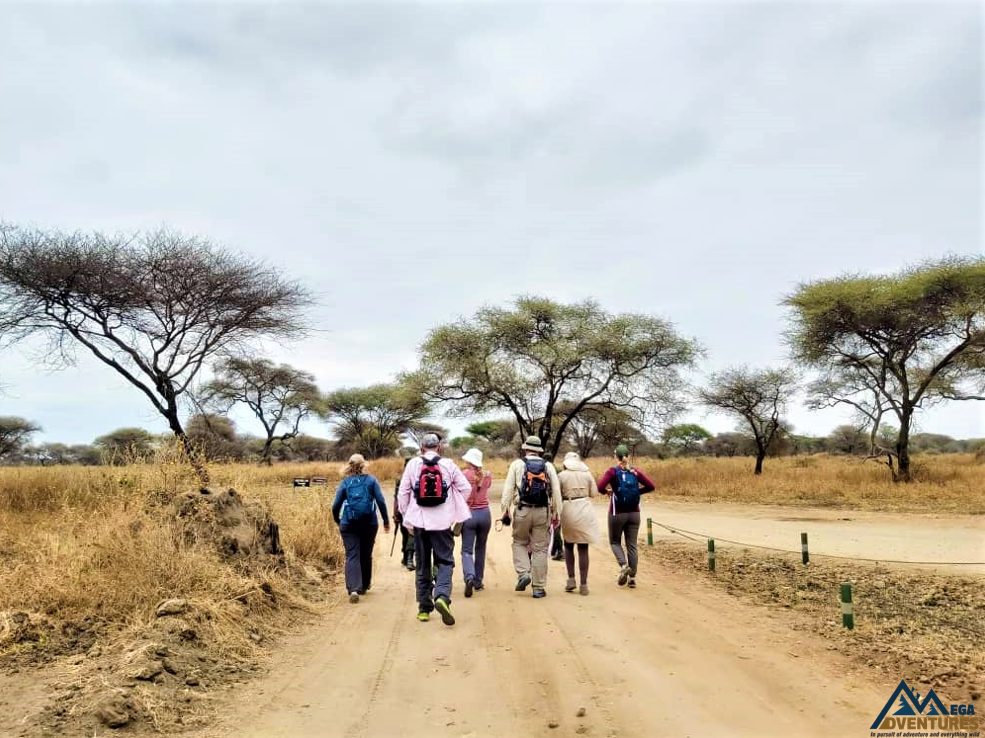The Ngorongoro Conservation Area is a UNESCO world heritage site, located just 180Kms west of Arusha. The conservation area is administered by the Ngorongoro Conservation Area authority, a wing of the Tanzanian government. The reason for this piece of paradise being called a conservation area is its multiple land use plans where people, in this case the indigenous Maasai and their cattle, are allowed to live alongside the wild animals in harmony, the first example of its kind in the world! The conservation area, covering an area of 8292 sq. Kms was made a man and biosphere reserve in 1971 and a world heritage site by 1979.
The jewel of the NCA however is the legendary Ngorongoro crater. Formed some 2.5 million years ago from an enormous explosion of magma that caused the once enormous volcano on the western flank of the rift valley to implode under its own weight, the Ngorongoro crater (caldera), at 600 meters deep, 20 kilometers wide and covering an area of 264 sq. kilometers is the largest unbroken, unflooded caldera in the world. With an abundant wildlife population of up to 25,000 to 30,000 large mammals including the rare Black rhinos, huge prides of lions, the elusive leopard and gigantic tuskers, the crater is one of the few places in the country where the big five can all be easily viewed in a day.

The Ngorongoro Conservation Area is a UNESCO world heritage site, located just 180Kms west of Arusha. The conservation area is administered by the Ngorongoro Conservation Area authority, a wing of the Tanzanian government. The reason for this piece of paradise being called a conservation area is its multiple land use plans where people, in this case the indigenous Maasai and their cattle, are allowed to live alongside the wild animals in harmony, the first example of its kind in the world! The conservation area, covering an area of 8292 sq. Kms was made a man and biosphere reserve in 1971 and a world heritage site by 1979.
The jewel of the NCA however is the legendary Ngorongoro crater. Formed some 2.5 million years ago from an enormous explosion of magma that caused the once enormous volcano on the western flank of the rift valley to implode under its own weight, the Ngorongoro crater (caldera), at 600 meters deep, 20 kilometers wide and covering an area of 264 sq. kilometers is the largest unbroken, unflooded caldera in the world. With an abundant wildlife population of up to 25,000 to 30,000 large mammals including the rare Black rhinos, huge prides of lions, the elusive leopard and gigantic tuskers, the crater is one of the few places in the country where the big five can all be easily viewed in a day.

Climate:
Like the Serengeti, the Ngorongoro Conservation Area experiences two main seasons. The dry season is June – October. The short rainy season is from November – Mid December, and the long rains from March – May. Even during the wet season it seldom rains throughout the day.
Due to the variation in altitude temperatures in the Ngorongoro vary from 3C – 35C. It gets very cold during nights therefore be well prepared. The coldest months are June – August.
The dry season has the added advantage of animals congregating along permanent water sources making them easy to spot whilst the wet season has superb scenery and animals congregate on the short grass plains.
Best time to visit:
Accessible throughout the year. April and May are the most wet months however it seldom rains throughout the day.
For those interested to visit the parks when they are less crowded, the wet season offers the best scenery with just a handful of tourists. Mega Adventures offers best priced packages for this time of travel. Although it may rain, it will rarely rain for more than a couple of hours during the day. March and Early April can be ideal, sometimes with the rains coming in late it’s a bingo to travel at this time.
November and early December is also ideal if you don’t mind having some showers during the day.
Accessibility:
Ngorongoro Conservation Area is accessible from Arusha town by road which is 180kms.
Accommodation:
There are several accommodation options, from Camping on the crater rim, Tented Camps and Luxury lodges of different budget levels. All inside the park boundary.
Activities:
- Game drives
- Balloon Safaris
- Walking Safaris
- Hiking
- Maasai Cultural Interaction
- Camping
- Archaeological tour

